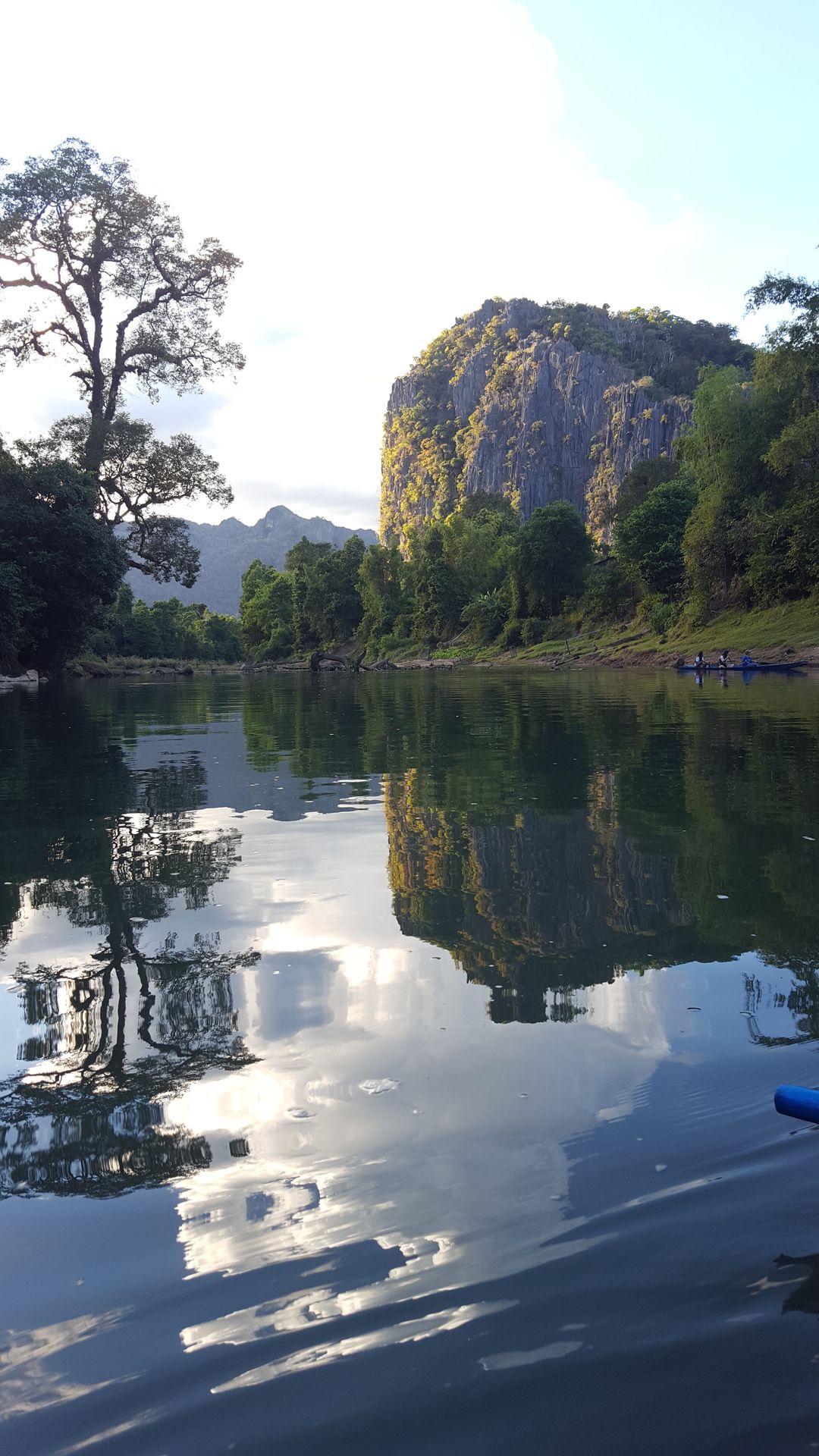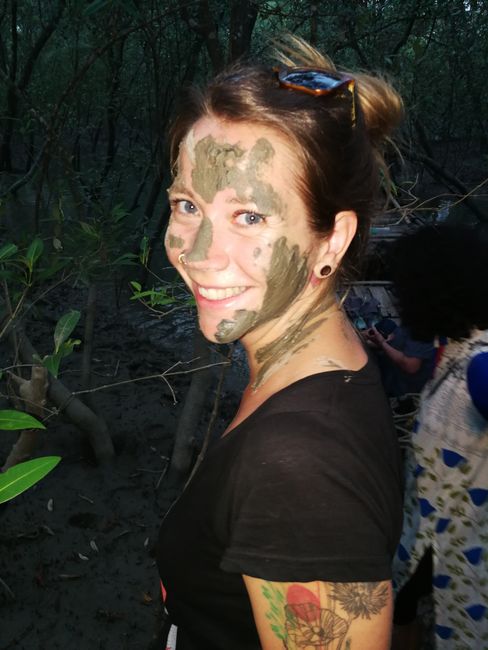Hari Om! Ashram is what you make of it
Published: 28.07.2018
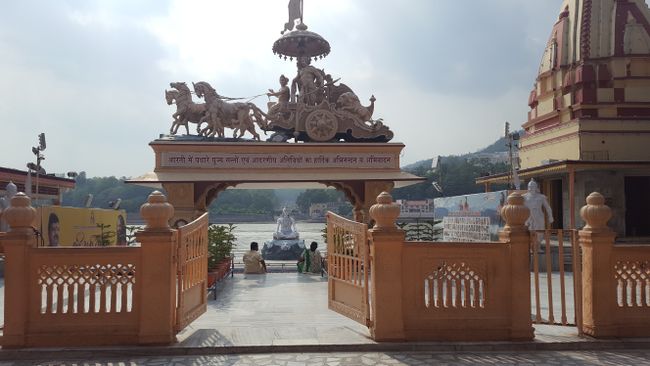
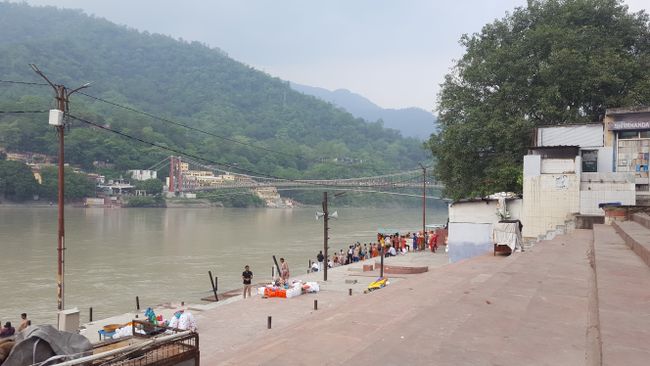
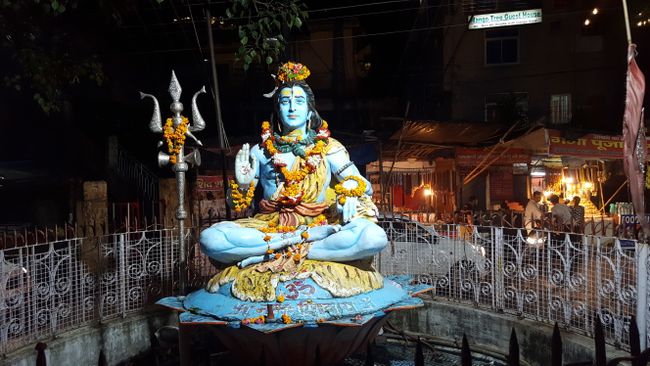
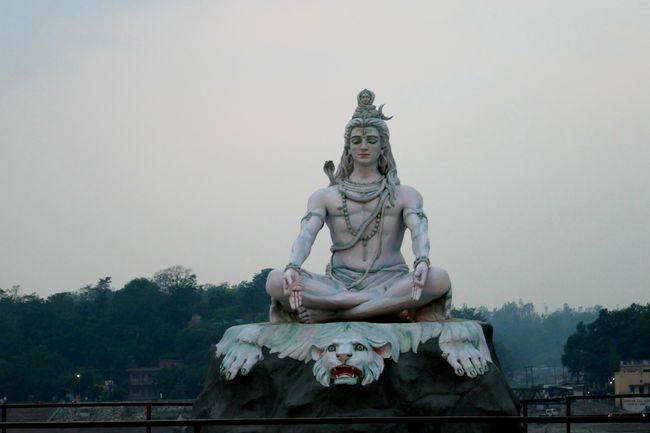
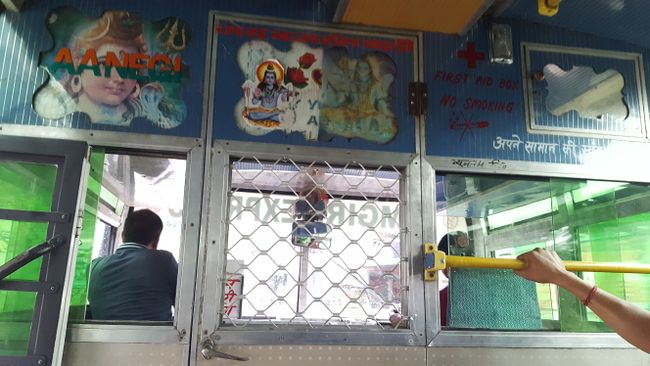
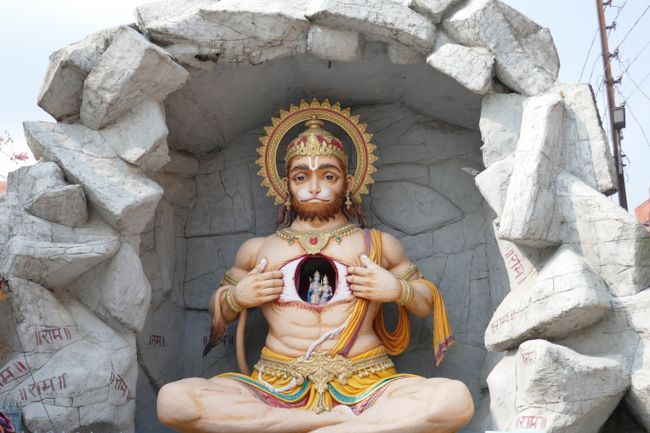
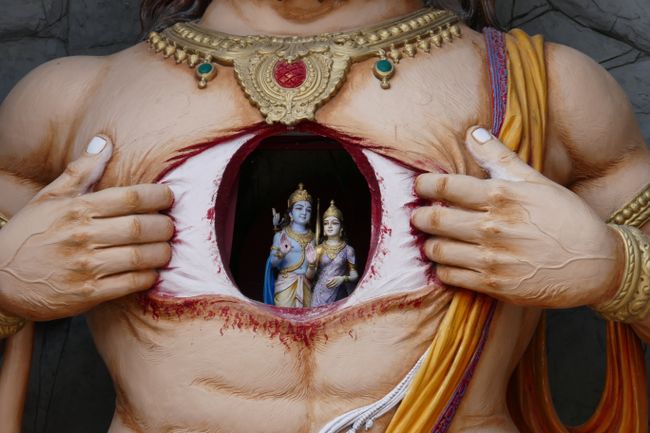
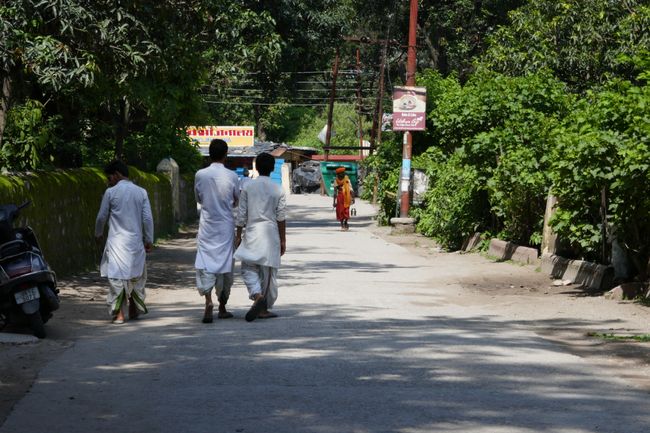
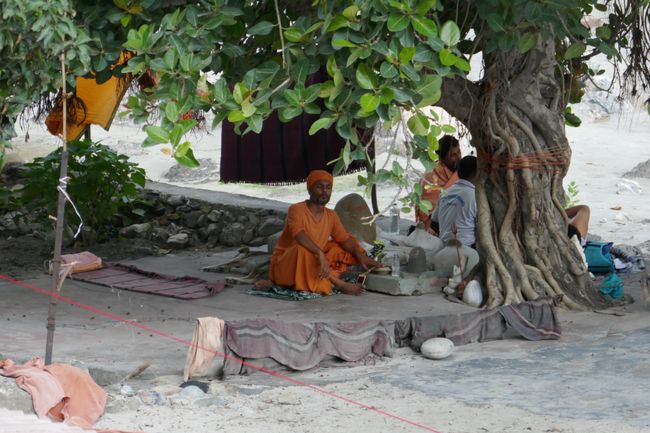
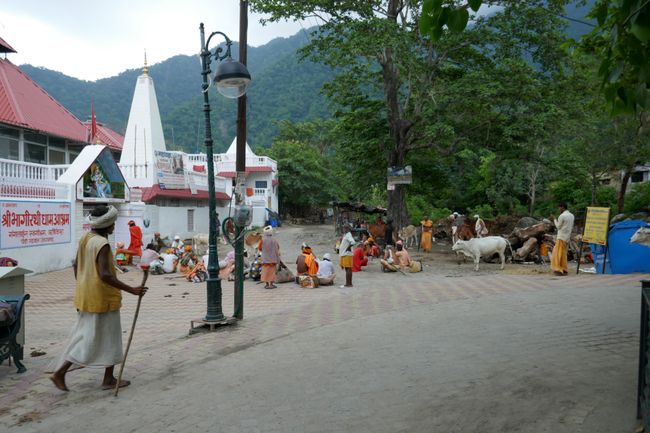
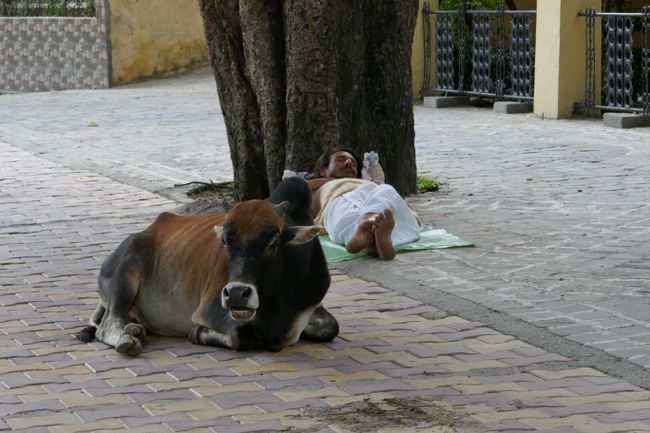
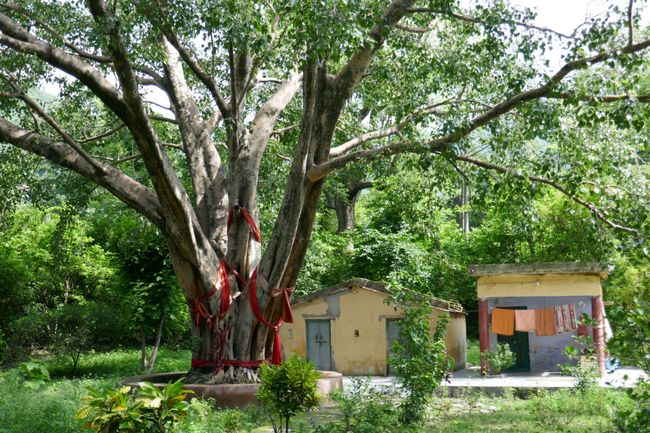
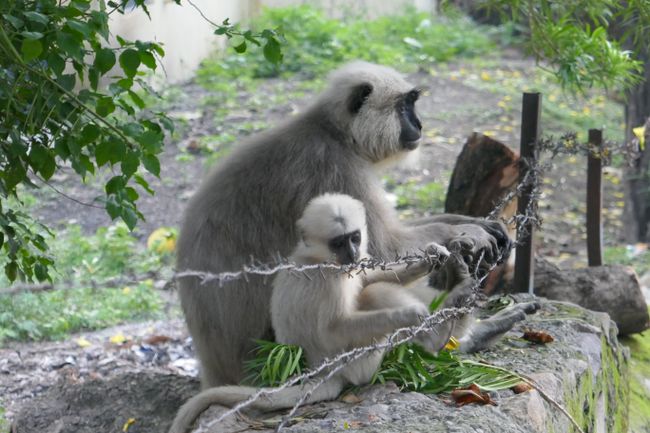
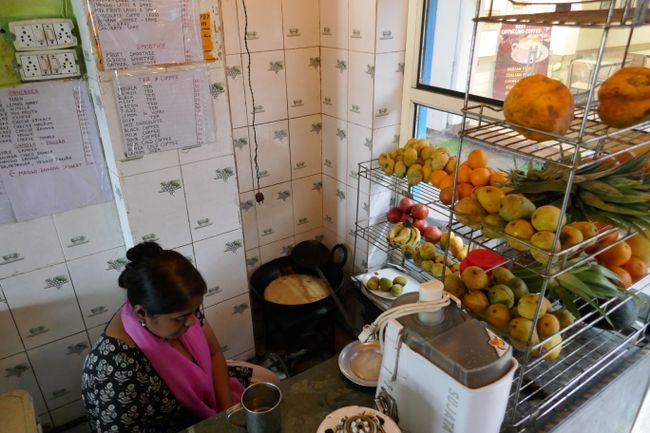
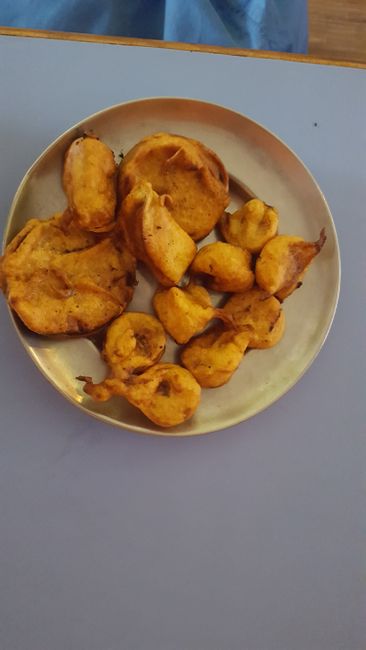
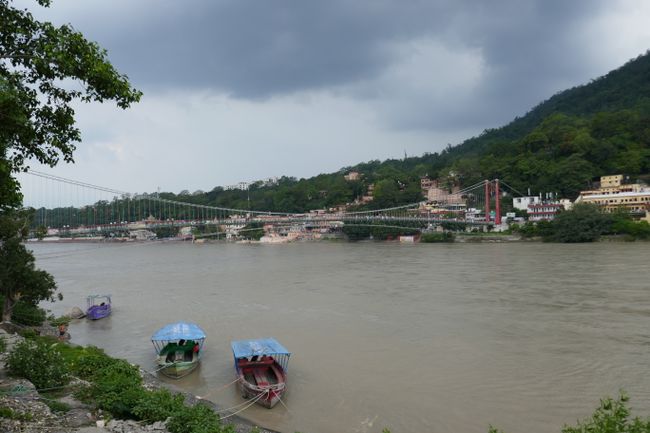
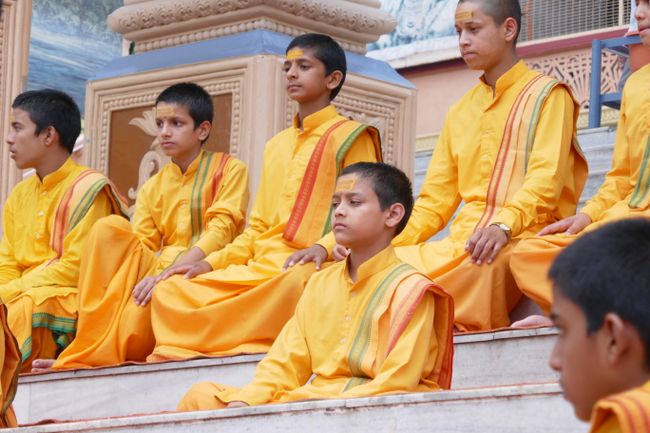
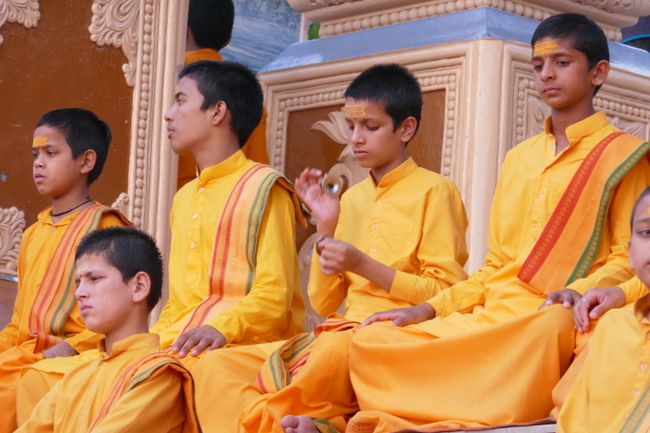
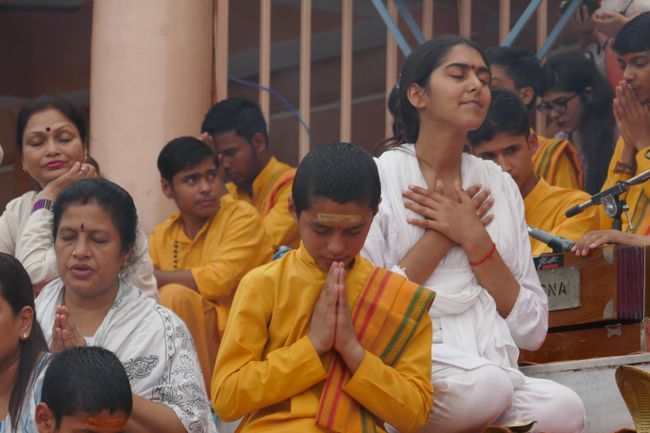
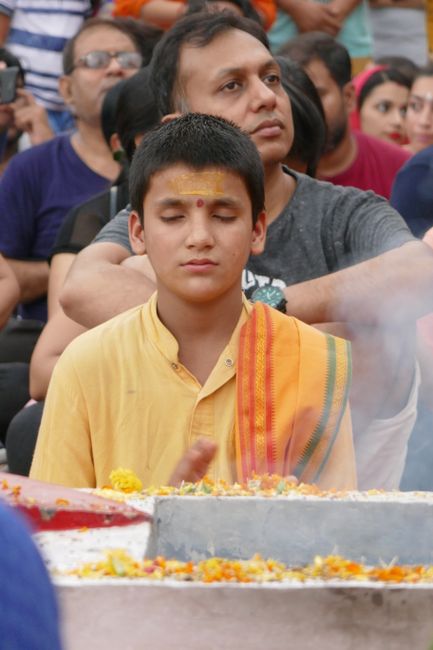
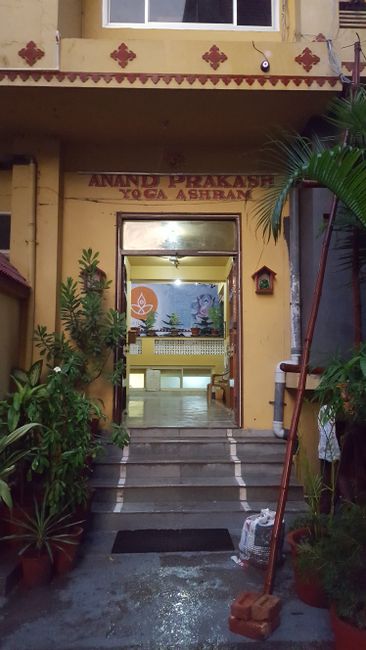
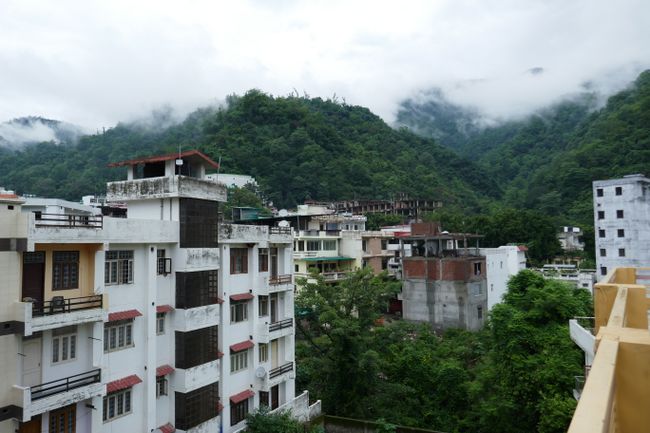
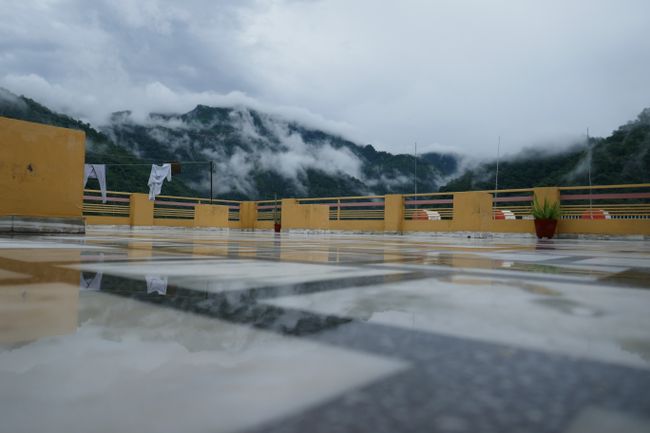
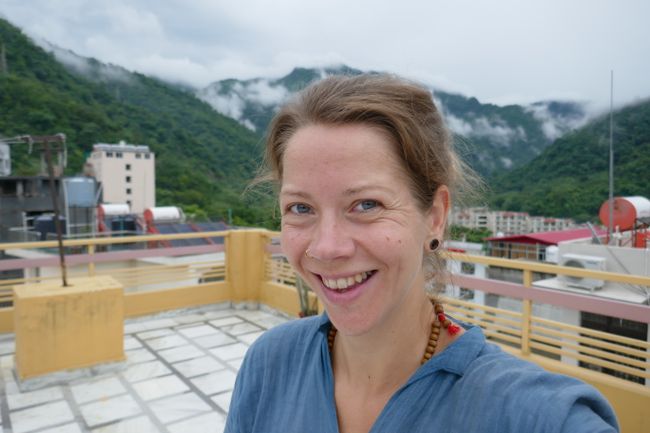
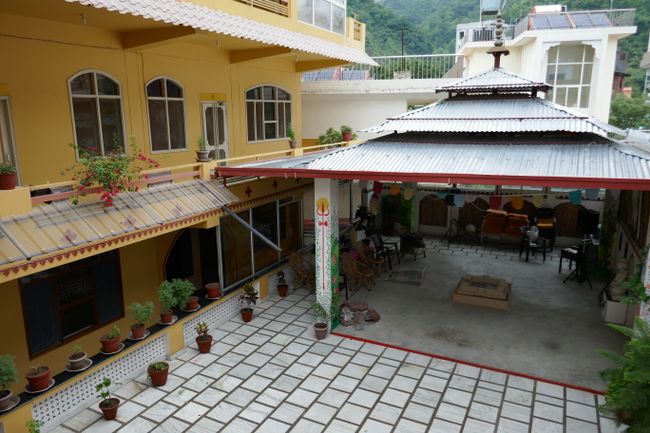
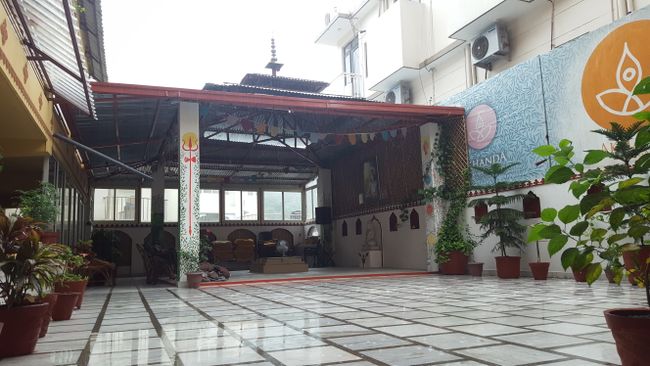
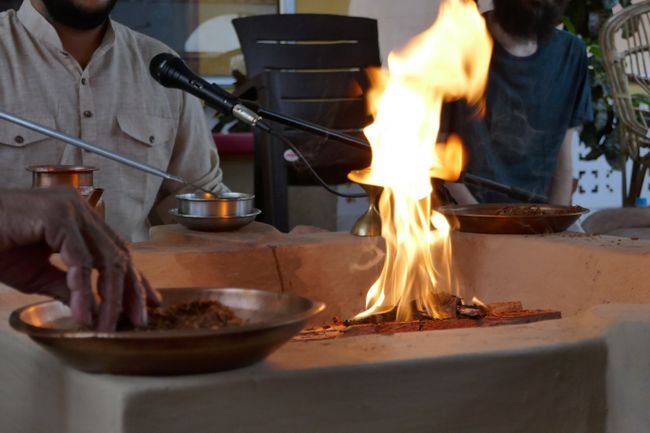
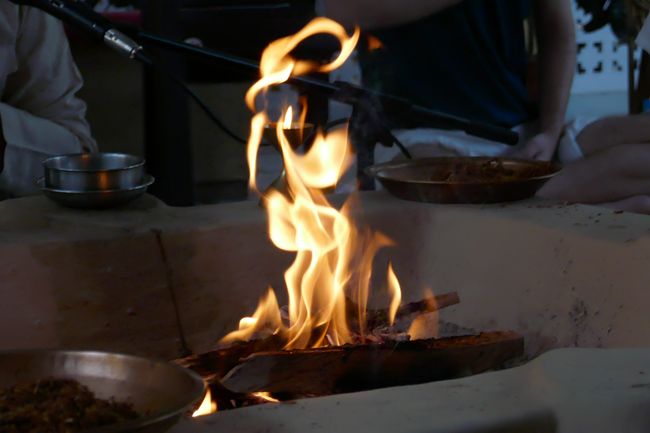
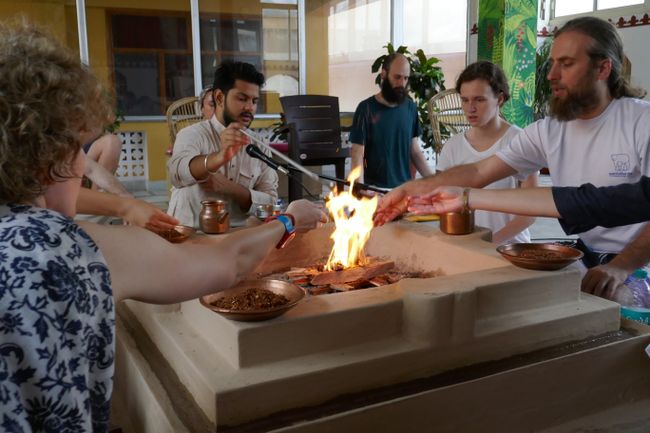
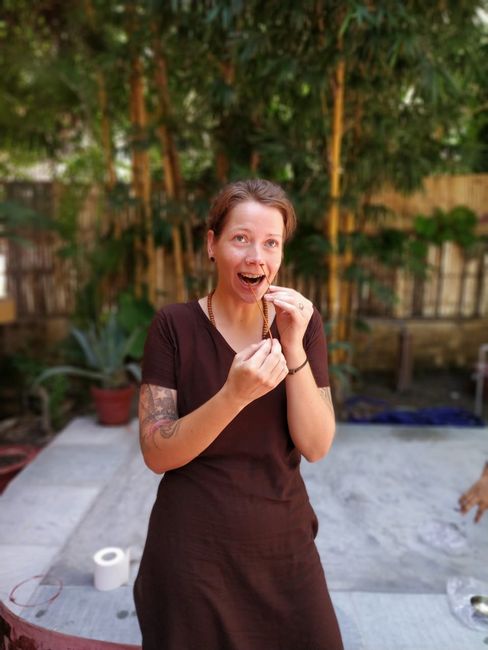
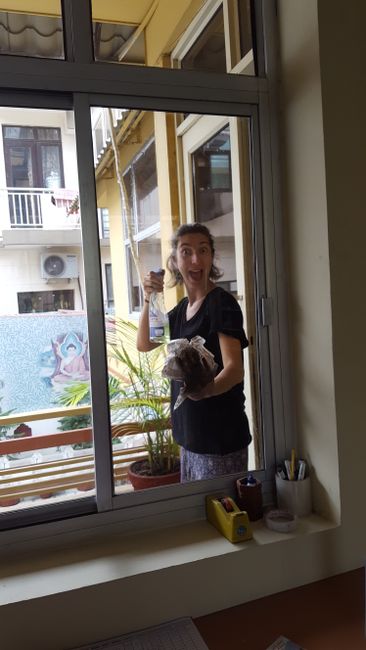
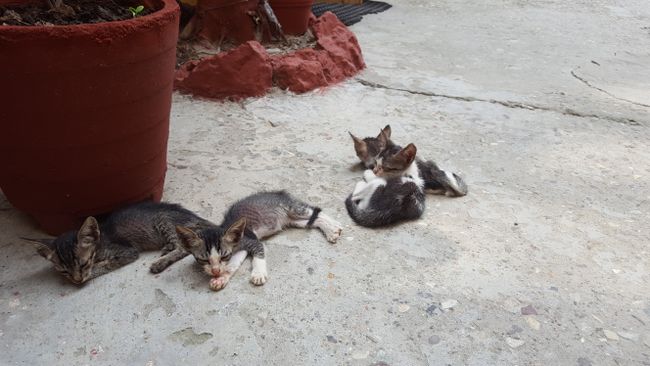
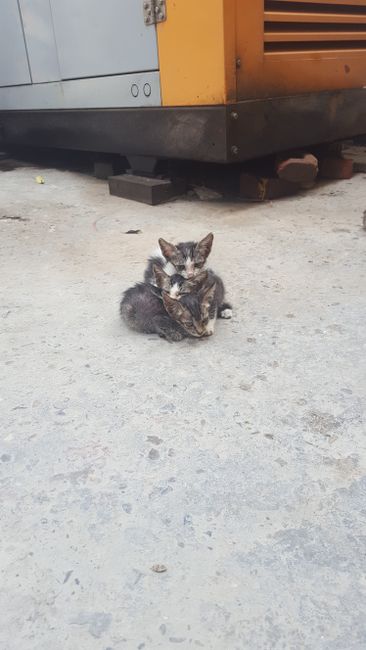


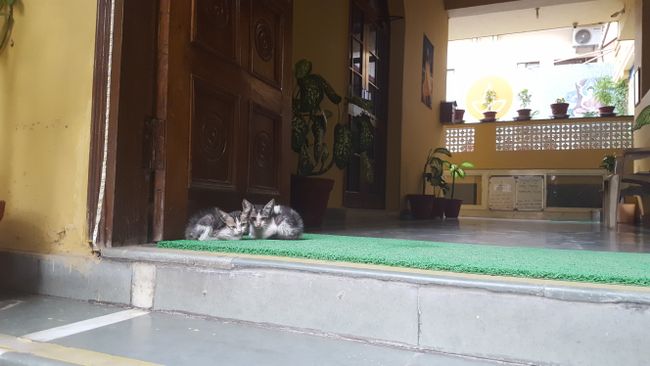
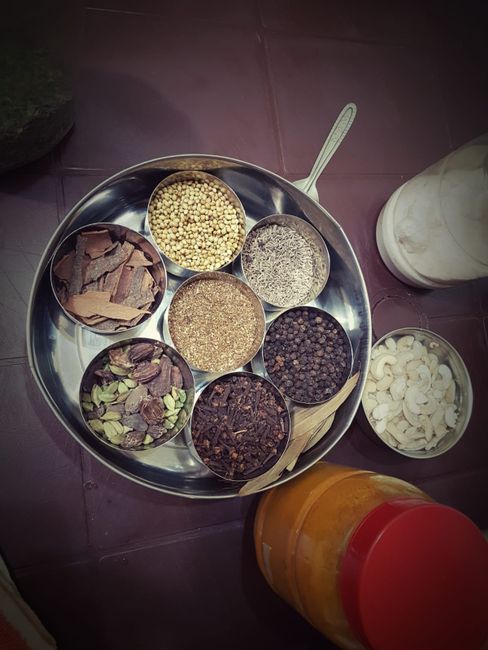
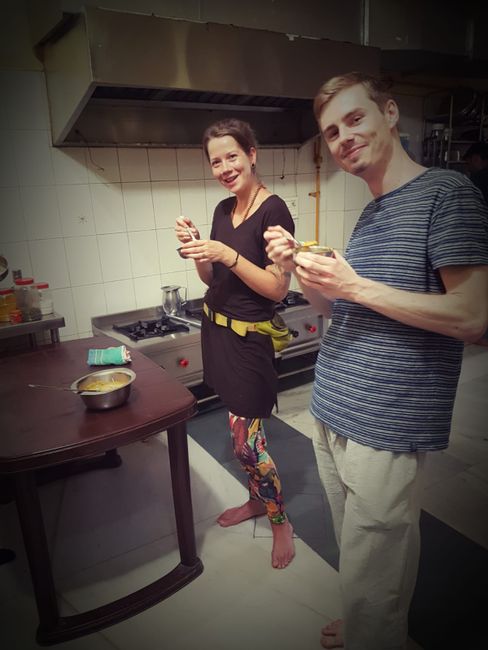
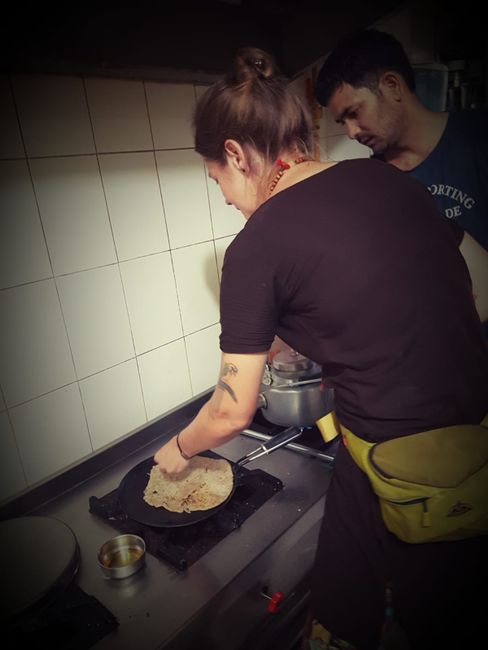
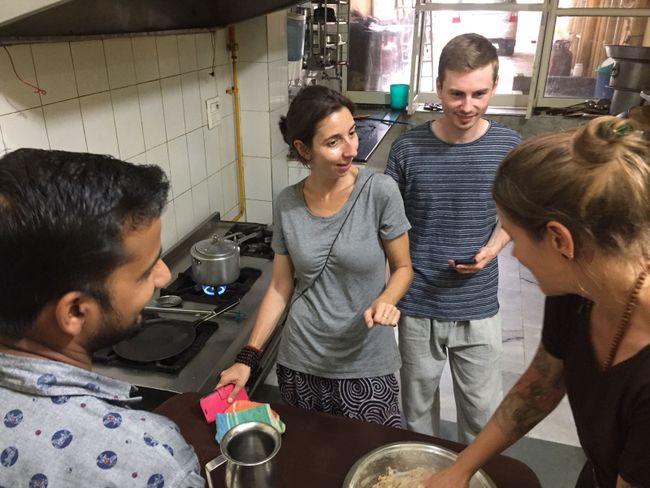
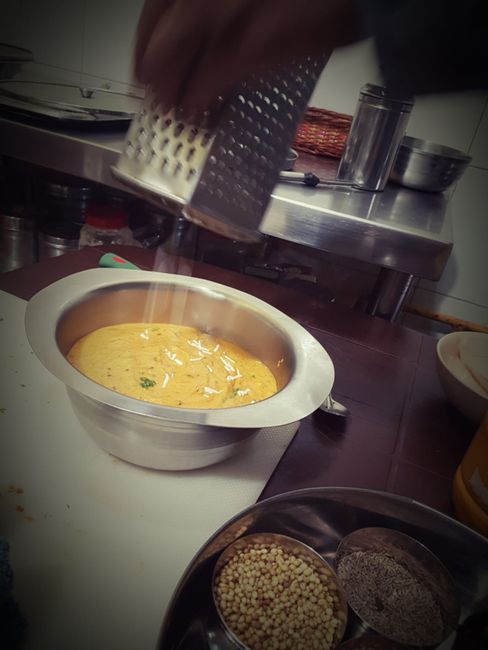
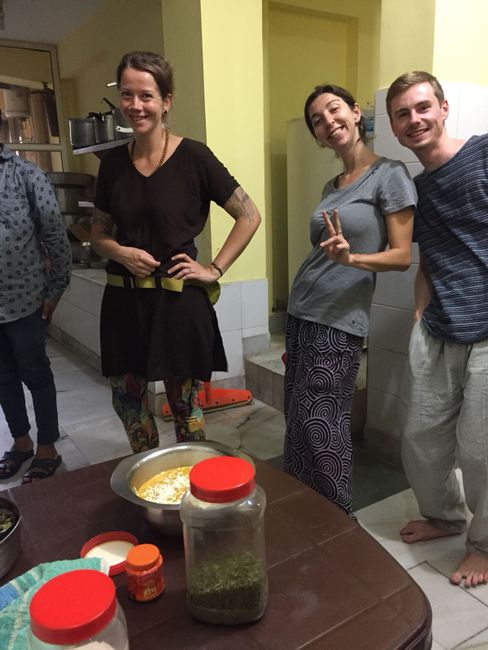
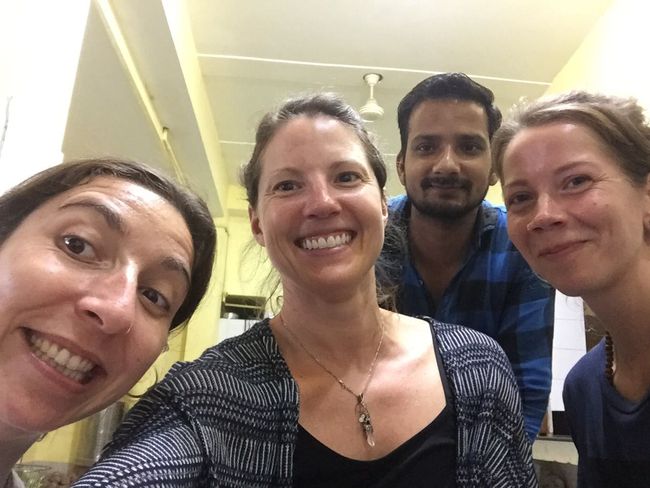
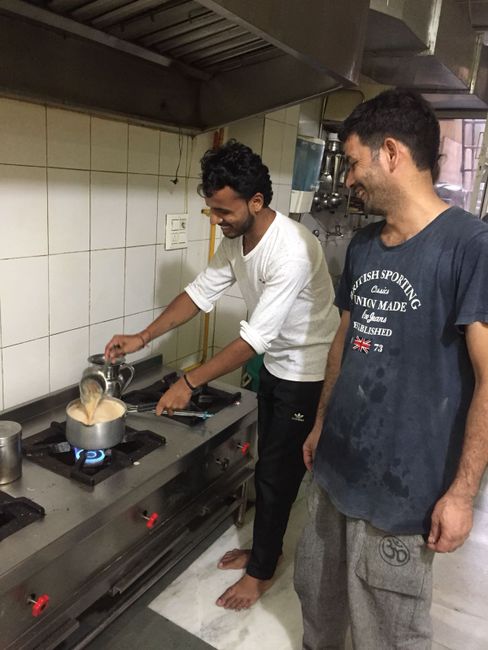

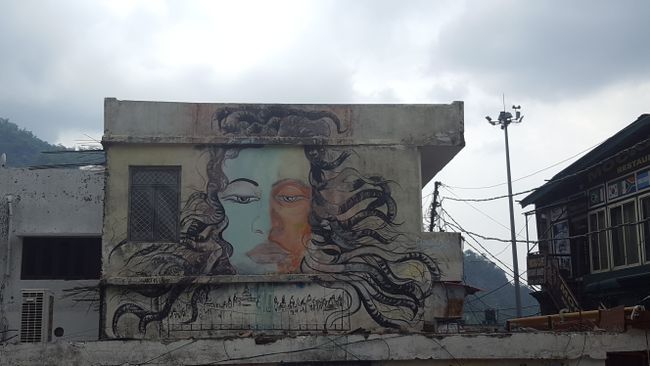
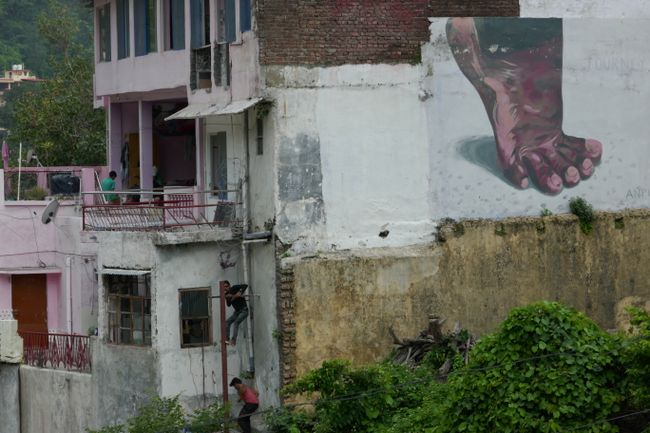
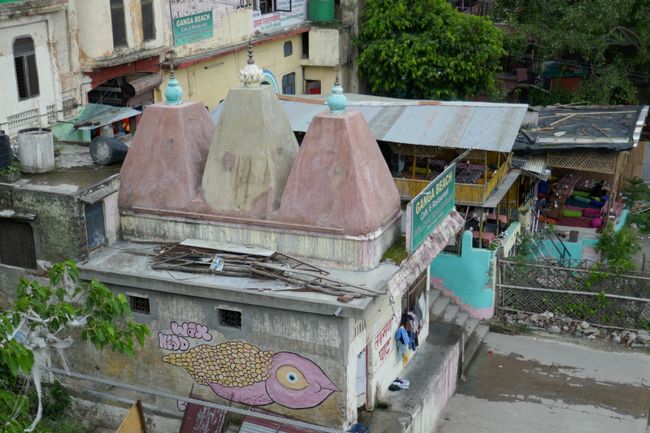
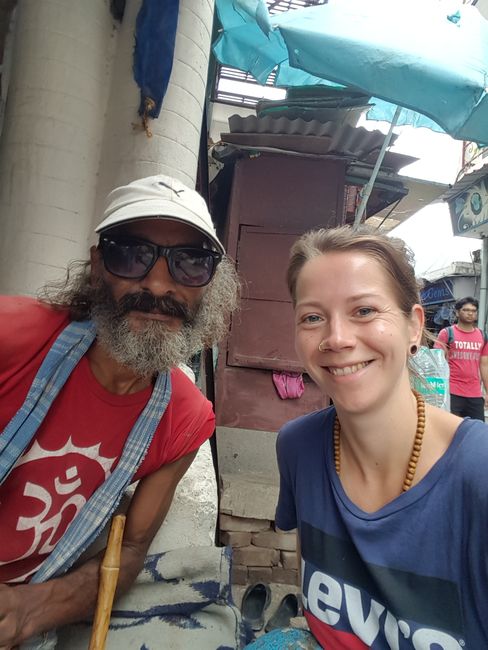
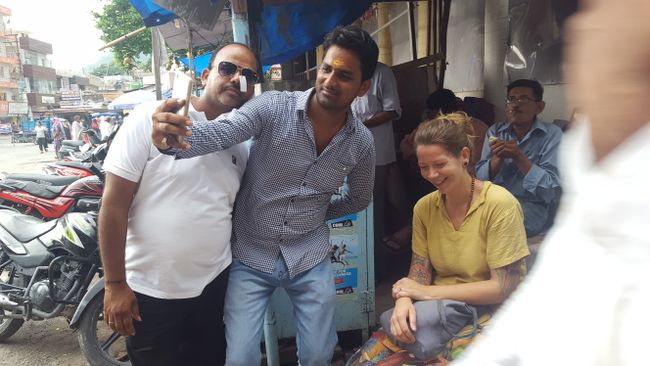
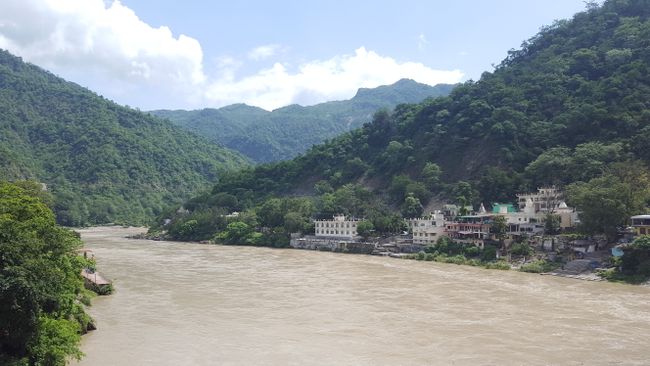
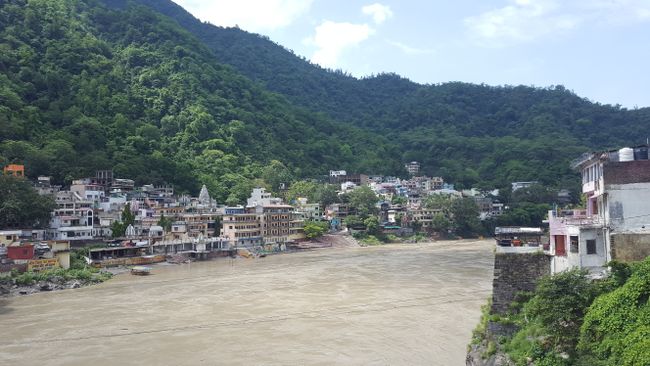
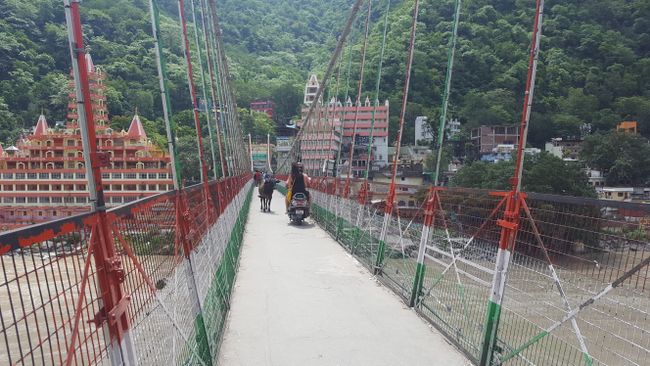
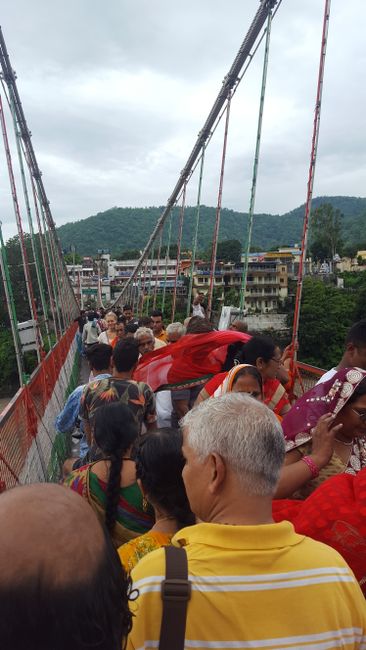
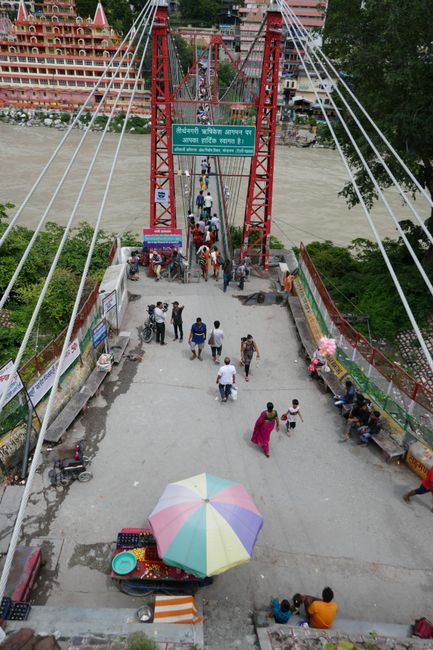
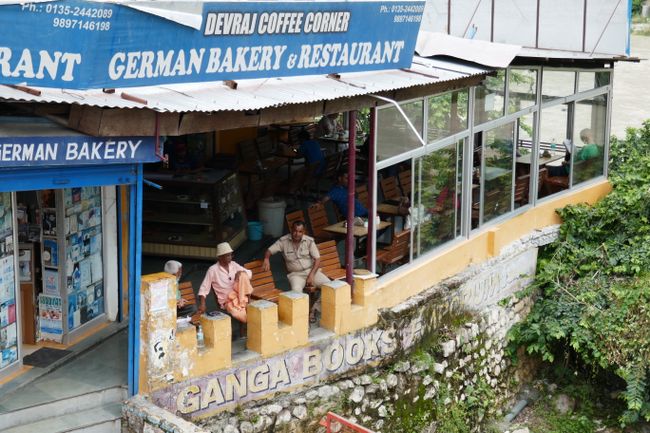
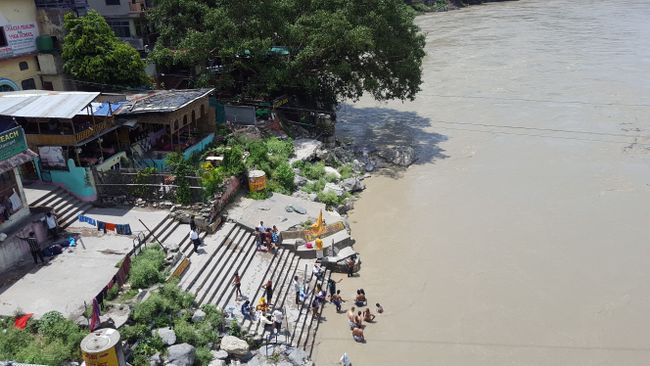
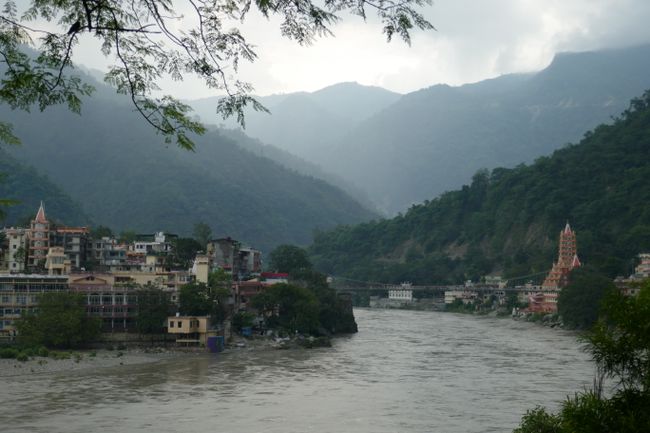
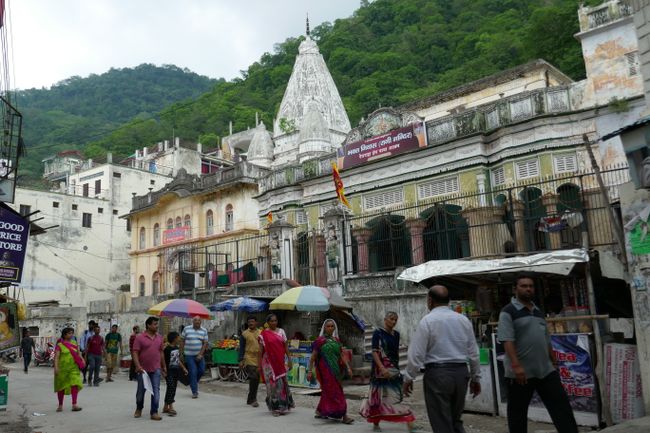
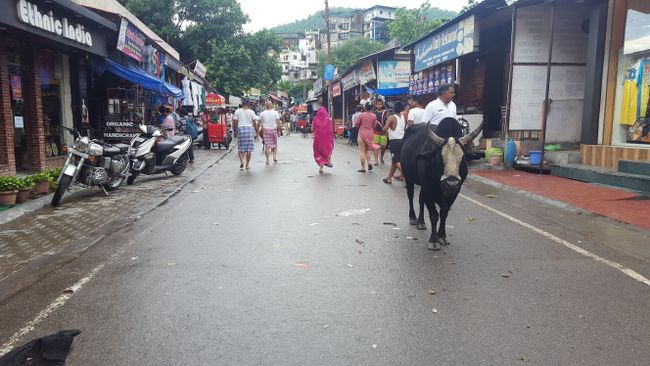
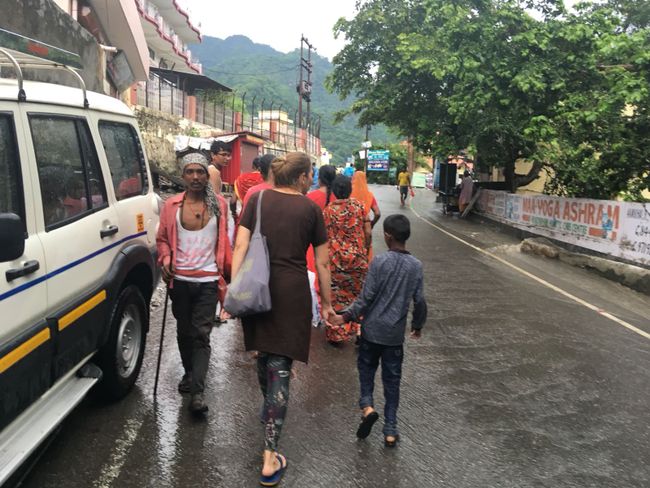
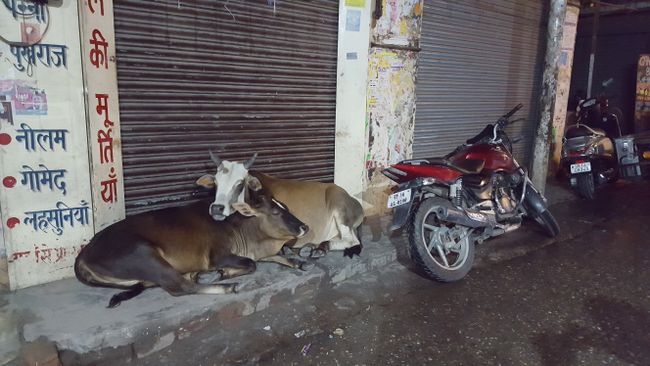
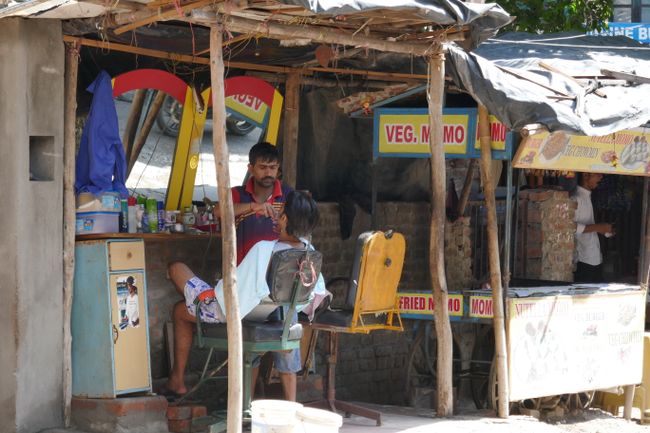
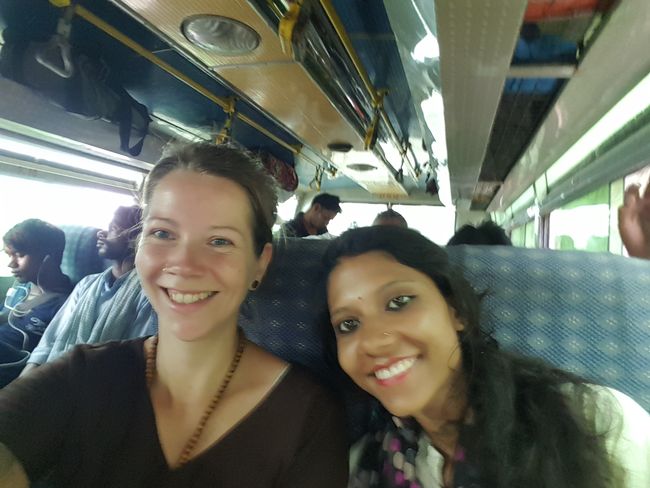
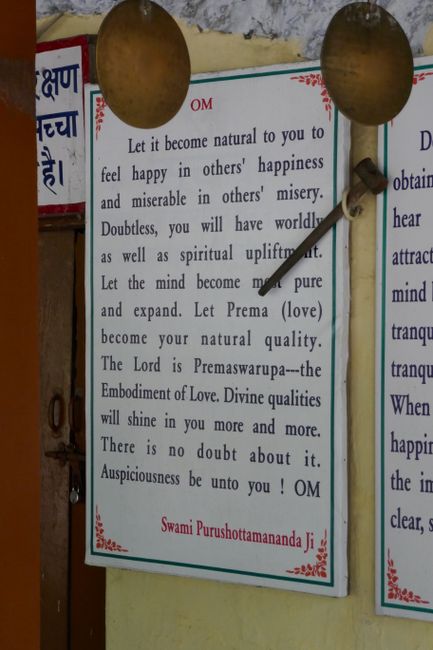
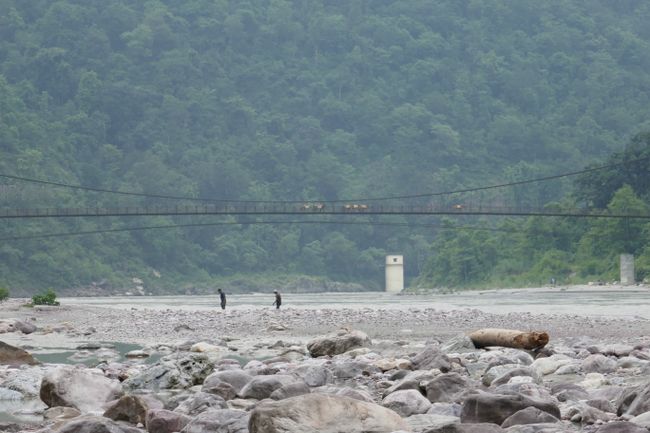
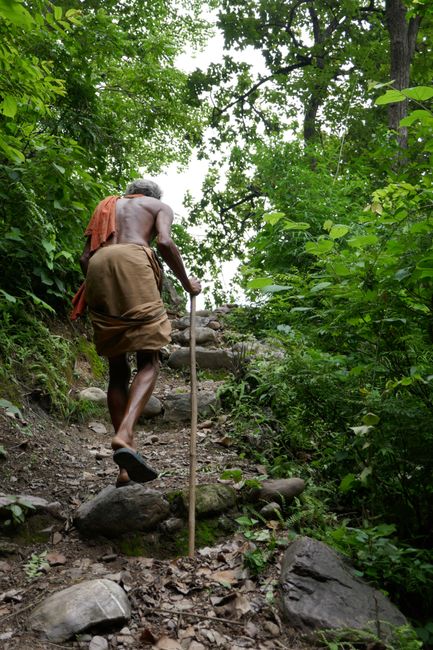
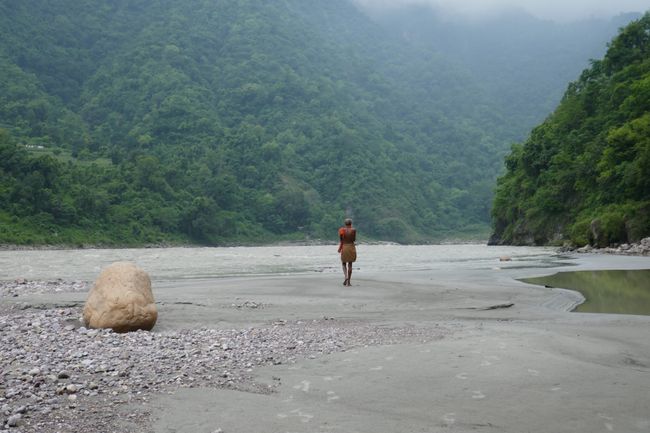
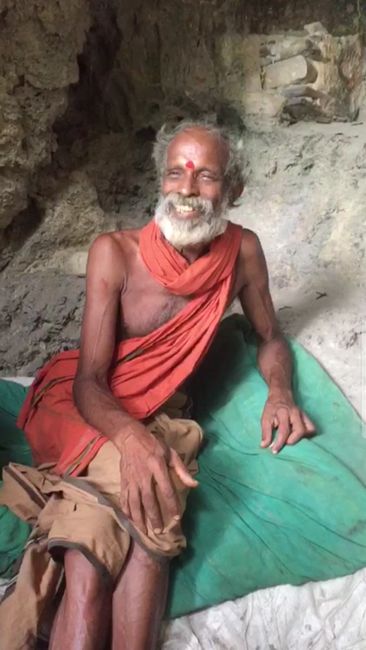
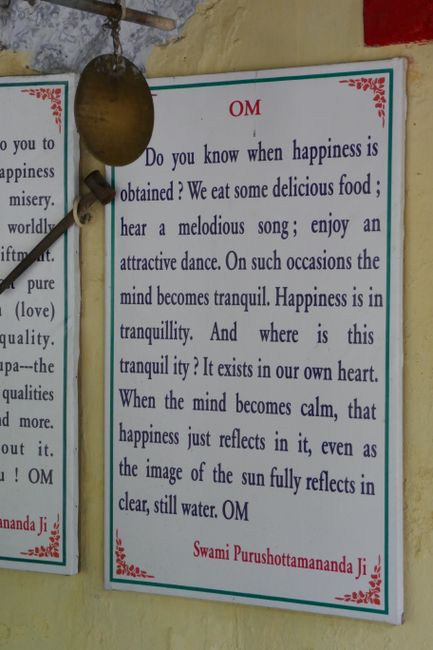
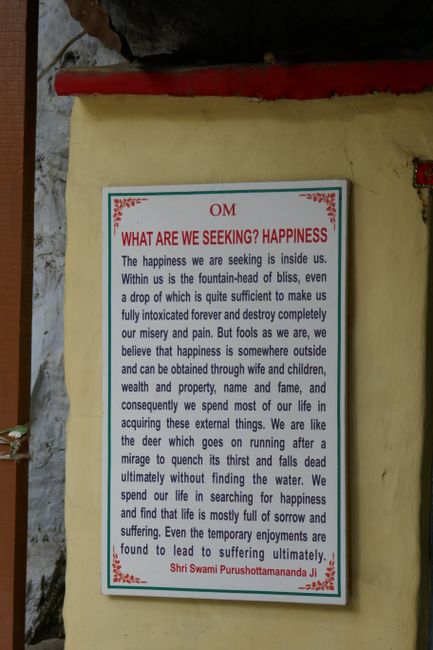
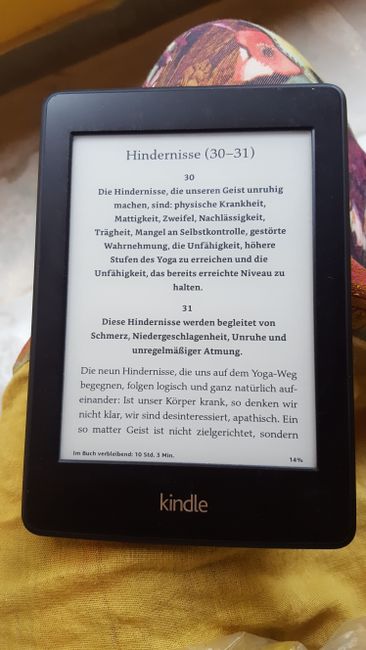
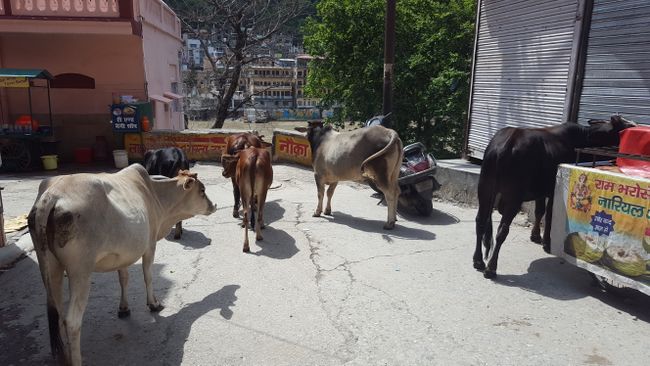
Subscribe ut Newsletter
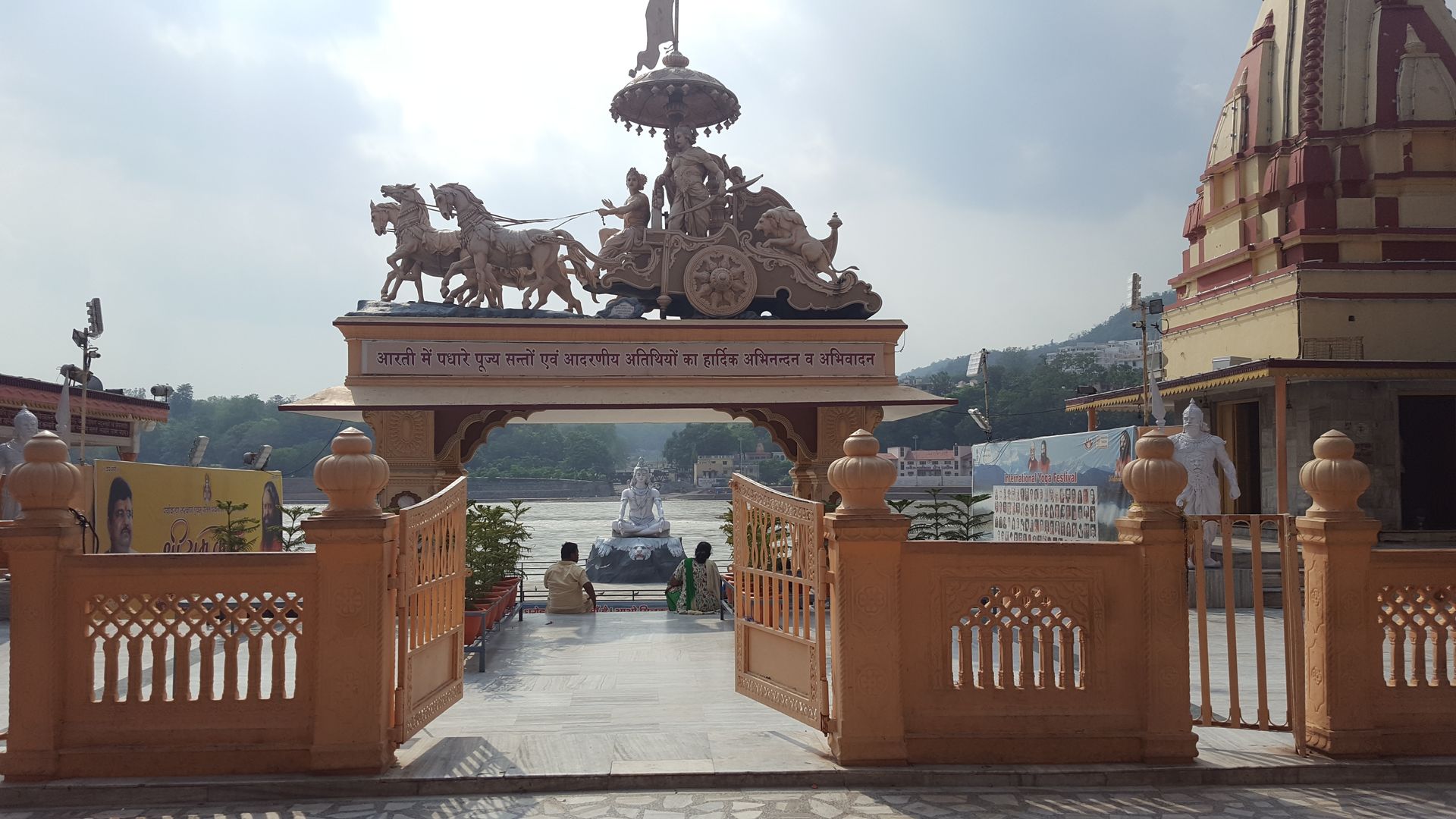
Rishikesh - one of the holiest cities for Hindus, an important pilgrimage site and the yoga capital of the world. Here, the Ganges river leaves the Himalayas and continues its journey through India to the Ganges Delta and the beautiful Sundarbans.
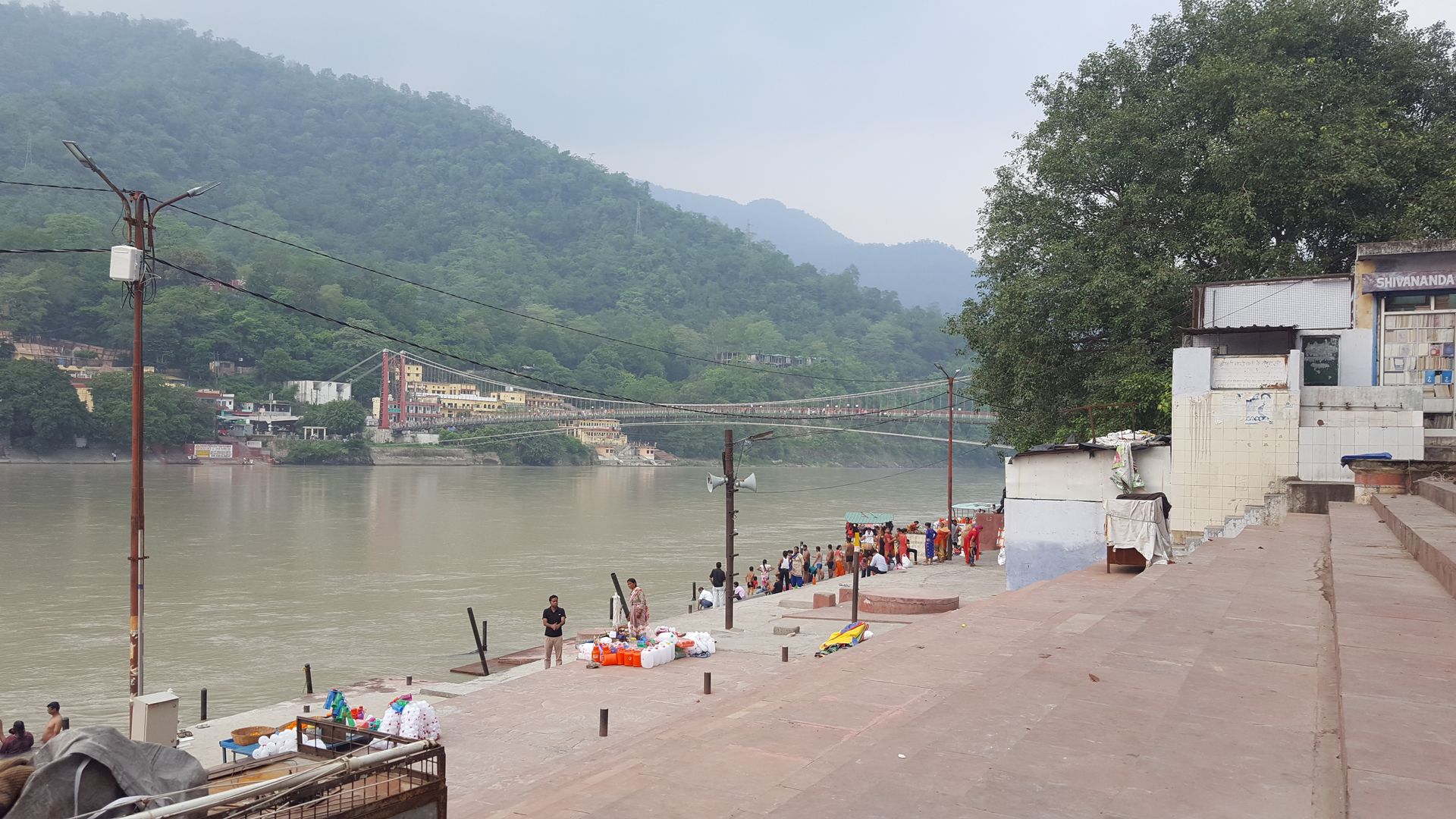
For Hindus, it is the home of Shiva, the god of creation and destruction. Shiva is present everywhere in Rishikesh, whether in the form of statues, images, on T-shirts, or in the sound of the various Shiva mantras that can be heard in the streets along the Ganges from morning till evening.
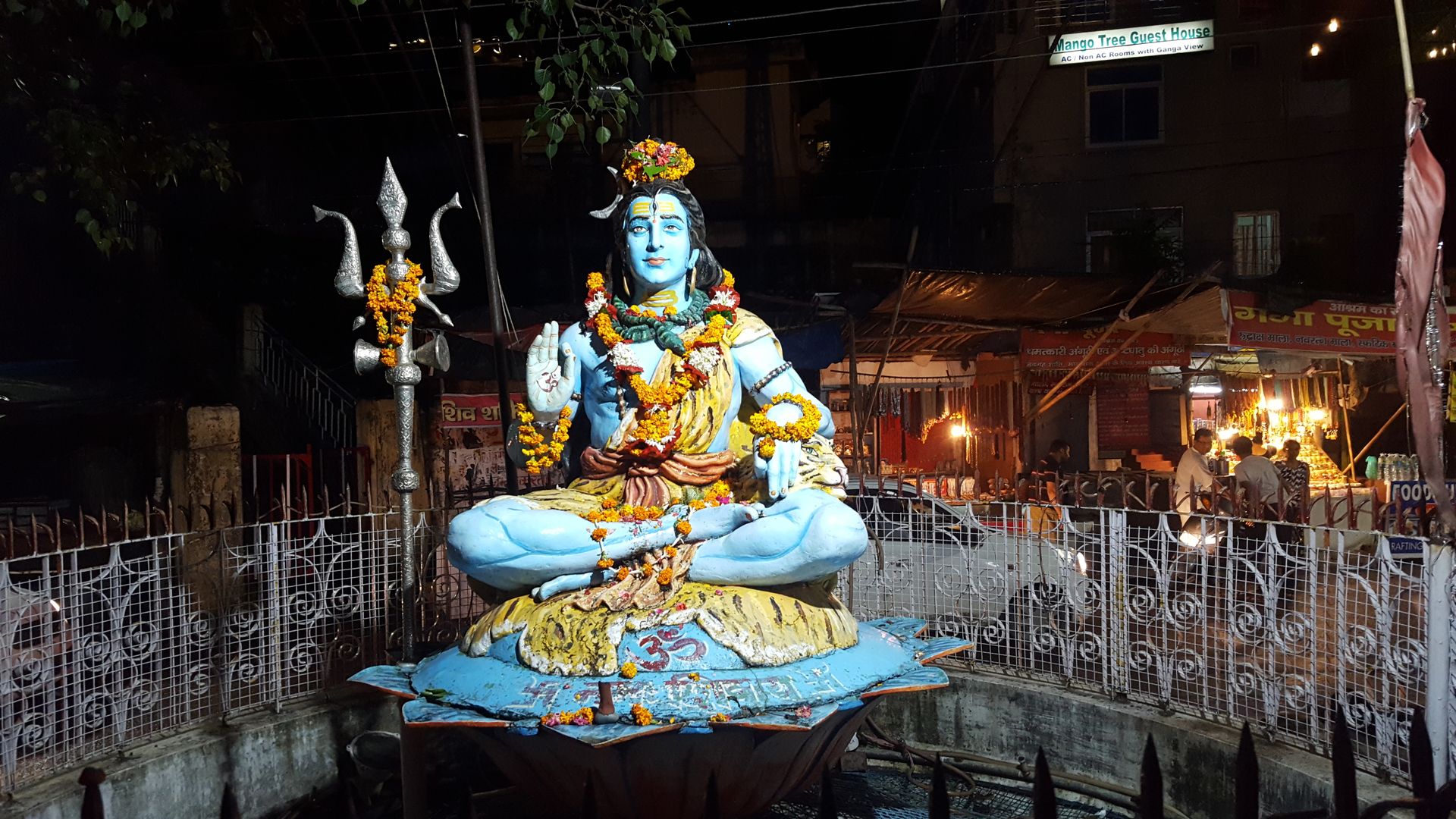
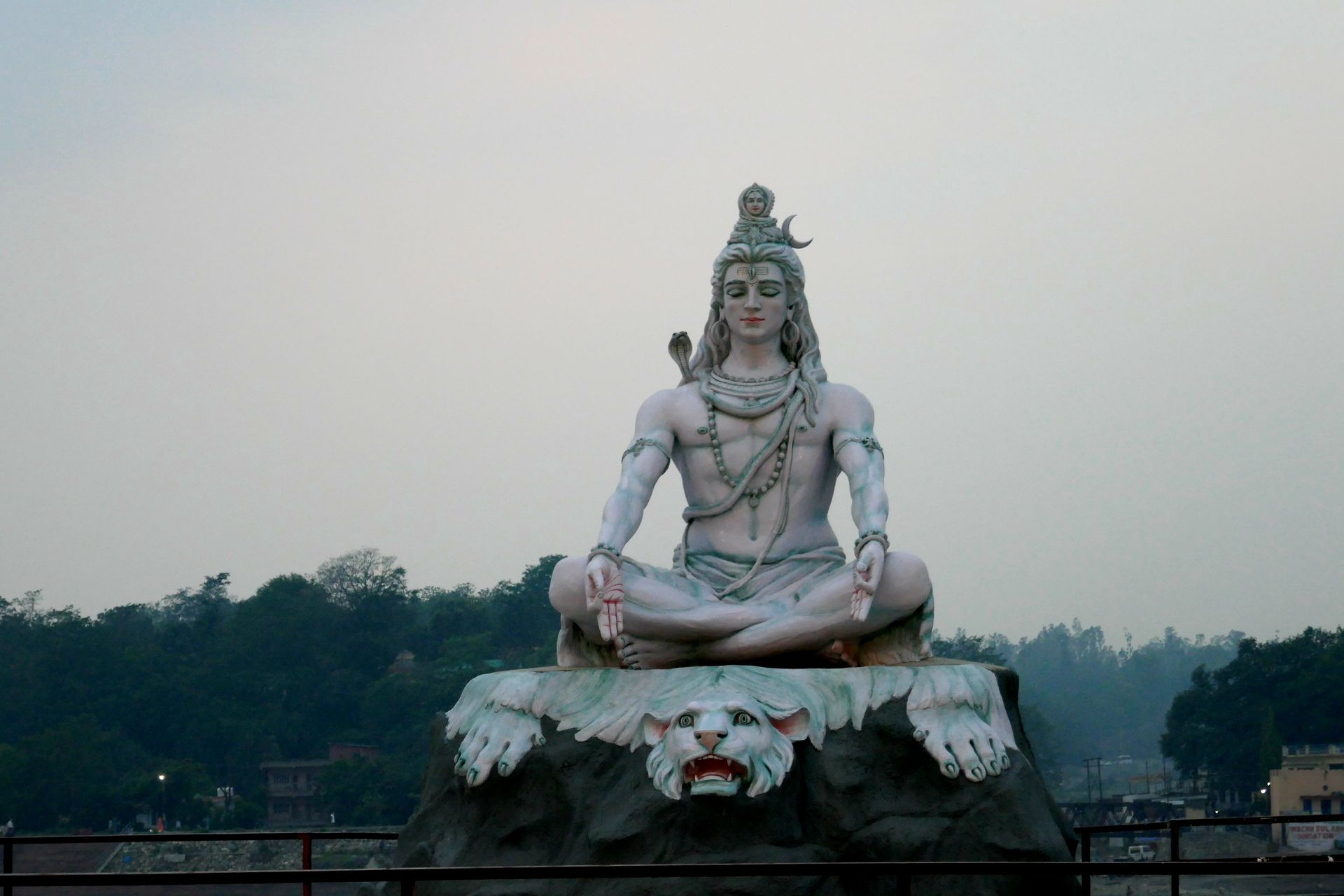
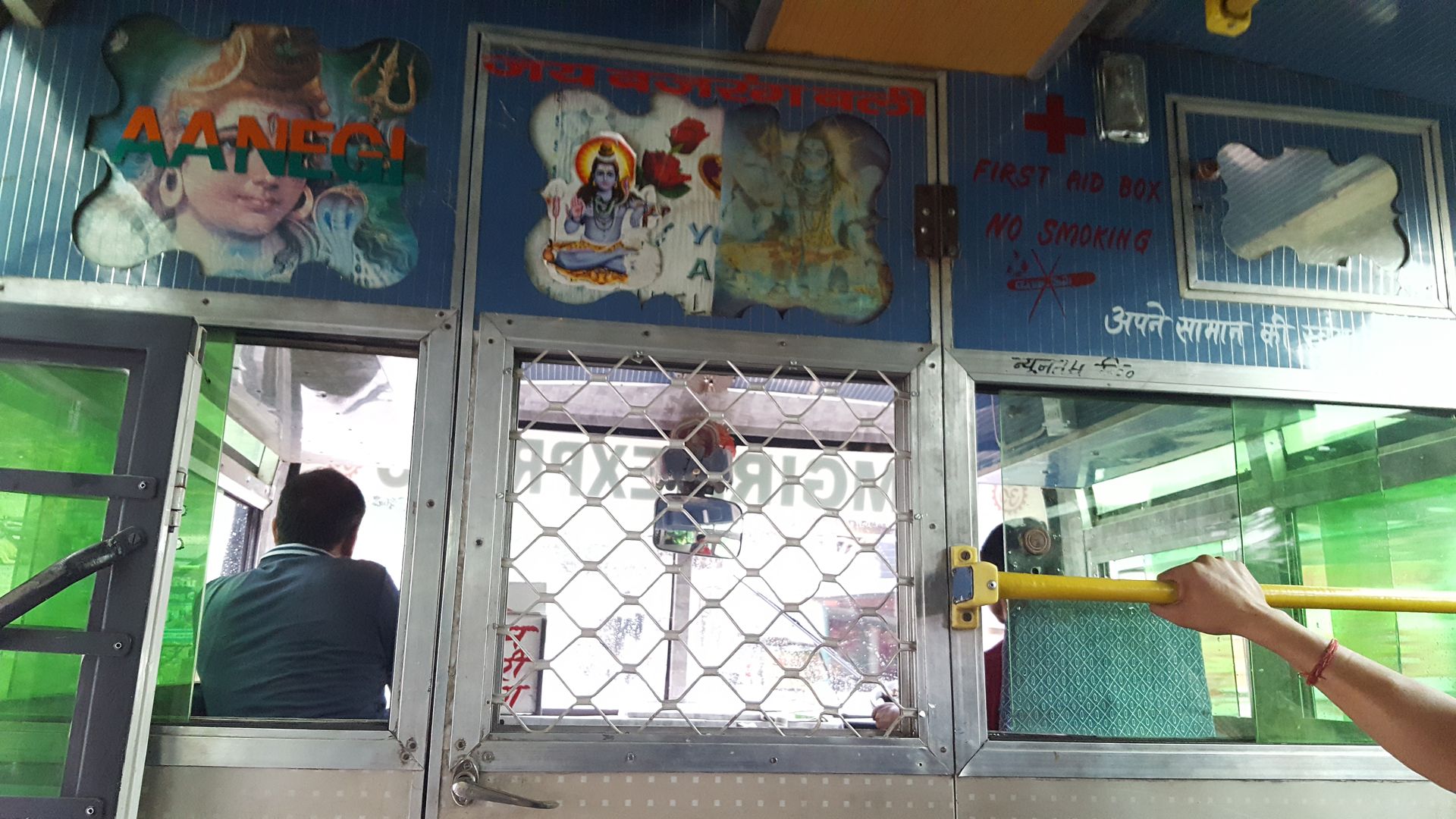
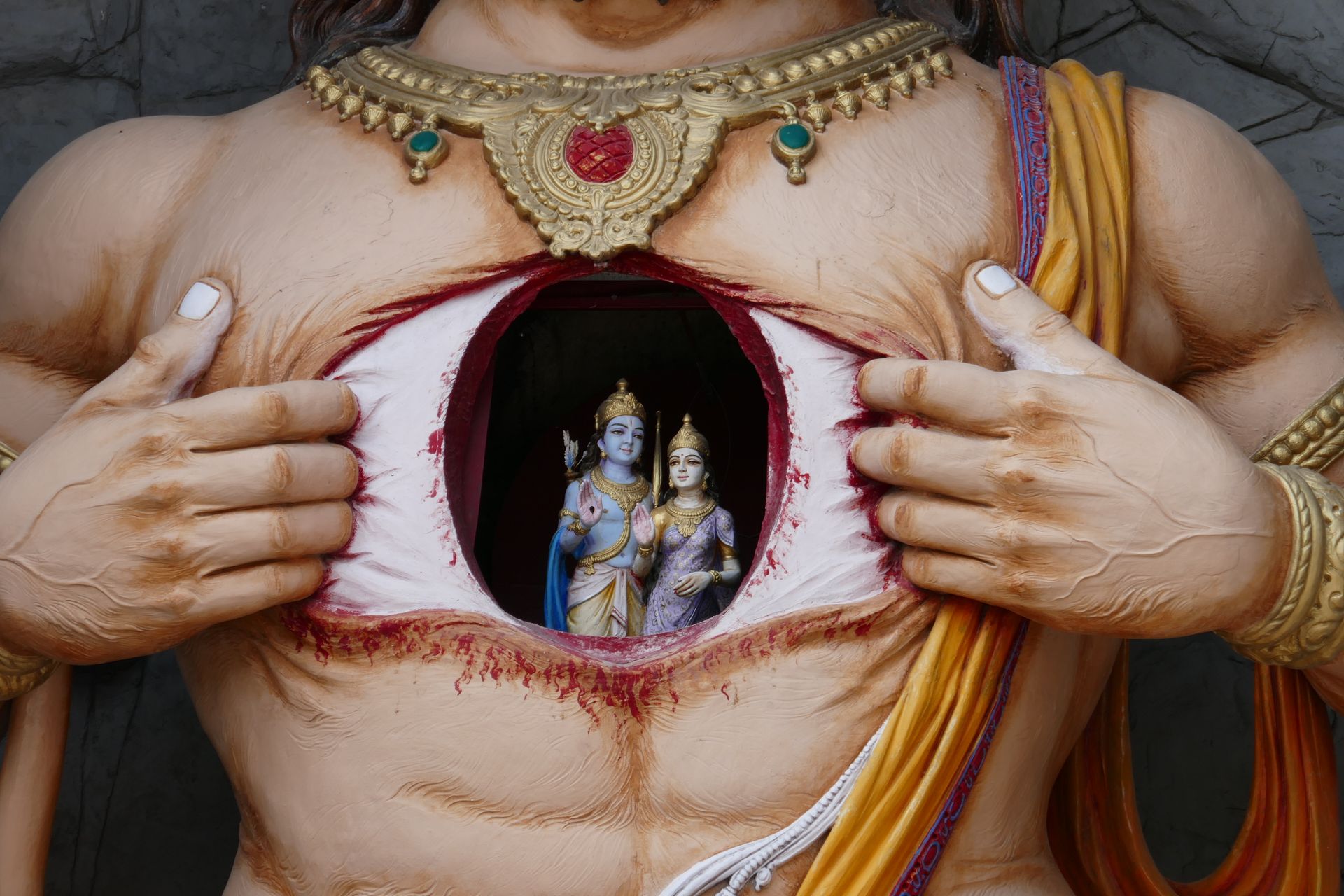
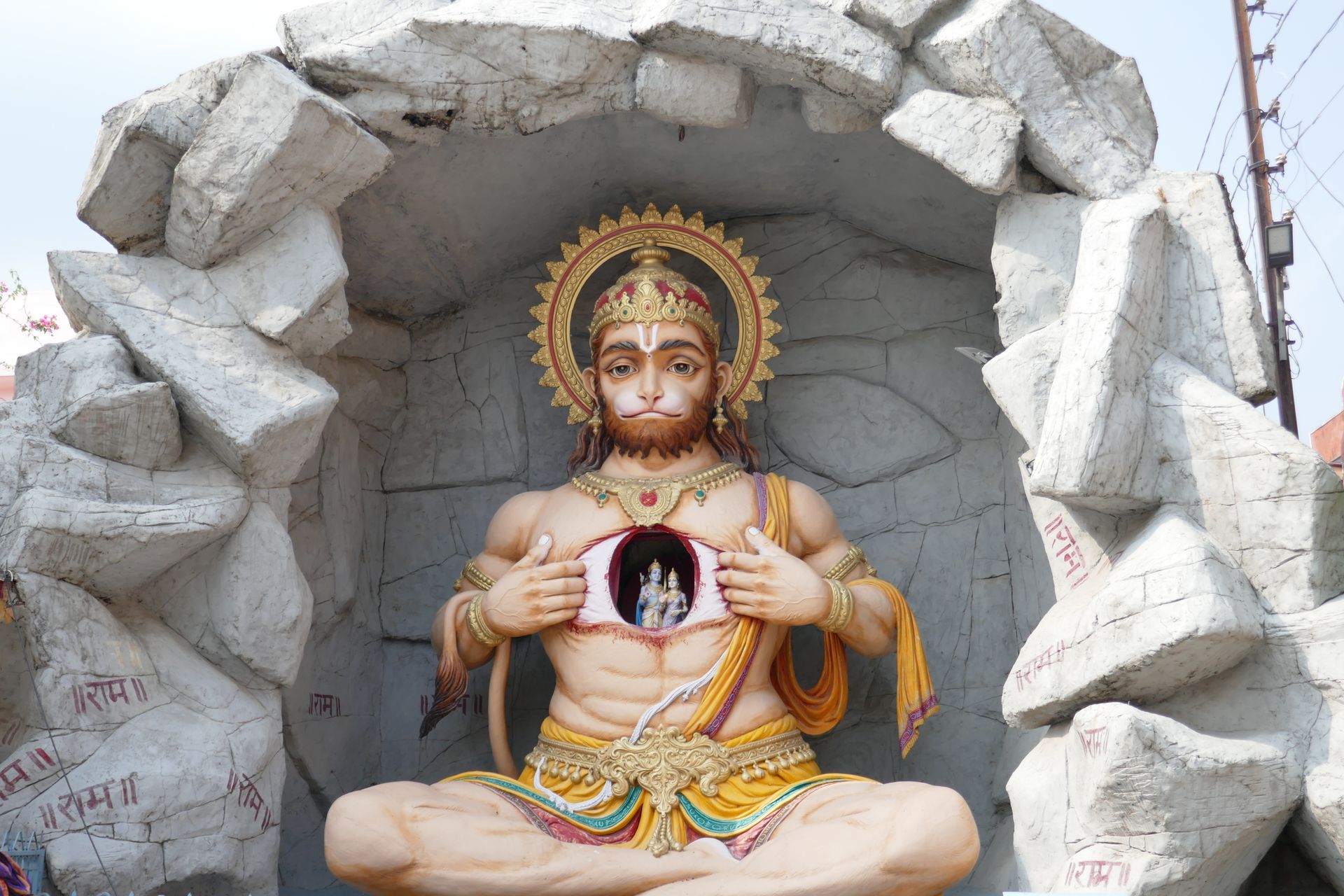
... inside the chest of the monkey god Hanuman
There are incredibly many sadhus here - people who have dedicated themselves to a strictly religious, spiritual, and sometimes ascetic life. Many of them live alone in small huts or in larger groups in ashrams. Some of them make a rather unkempt and not so peaceful impression, as one might expect. Perhaps one reason is the many ganja they smoke - for religious purposes, of course. After all, Shiva used ganja to meditate better.
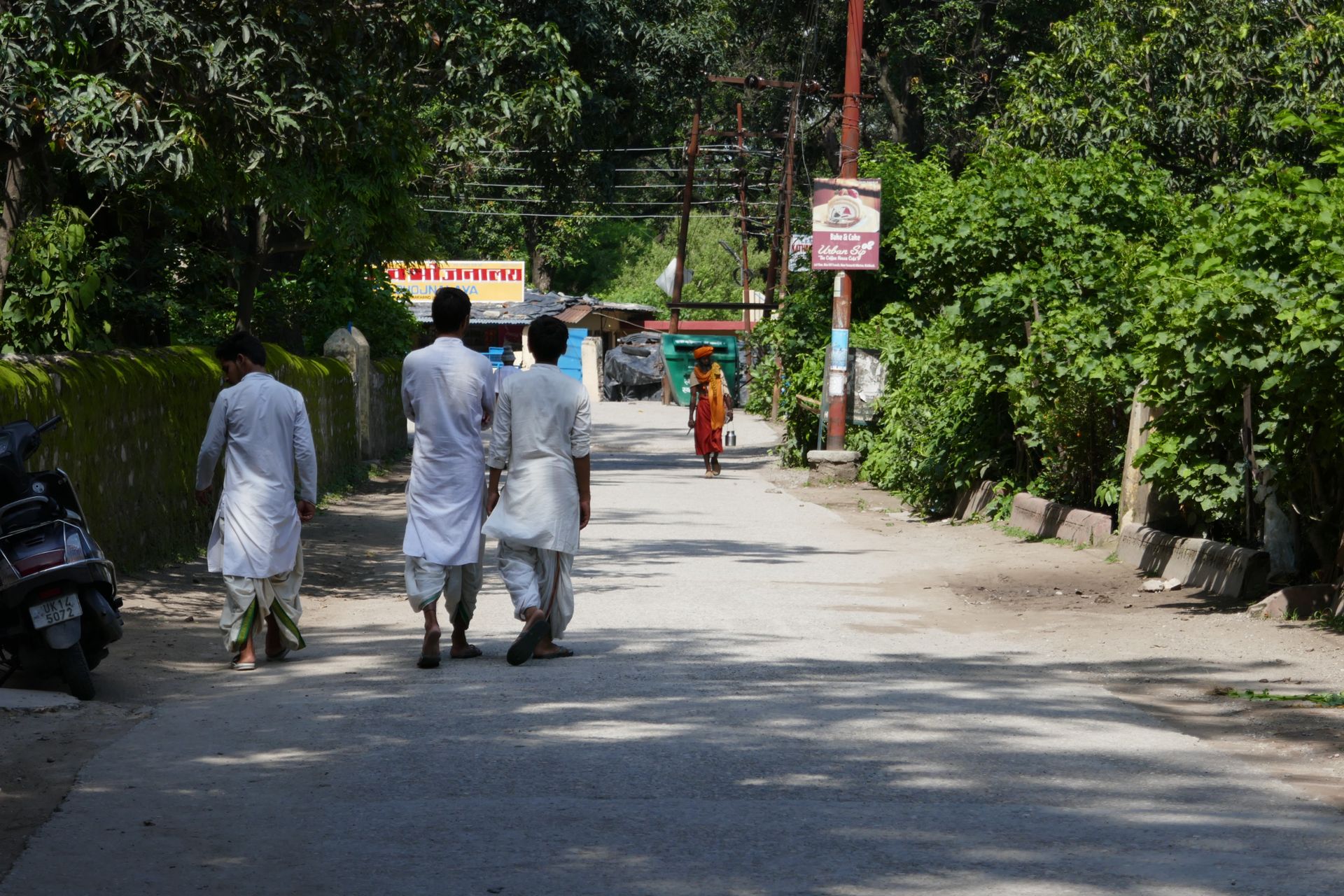
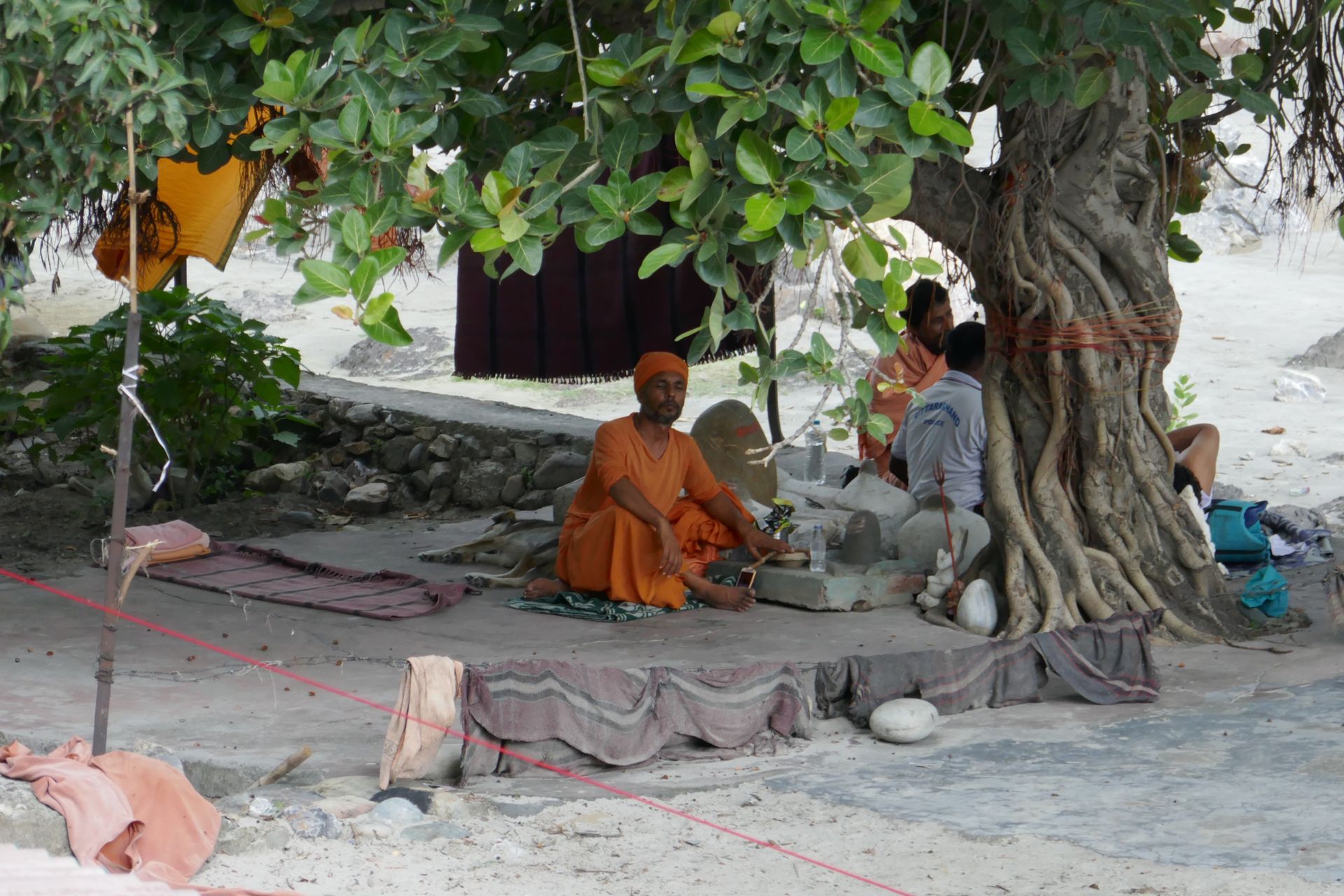
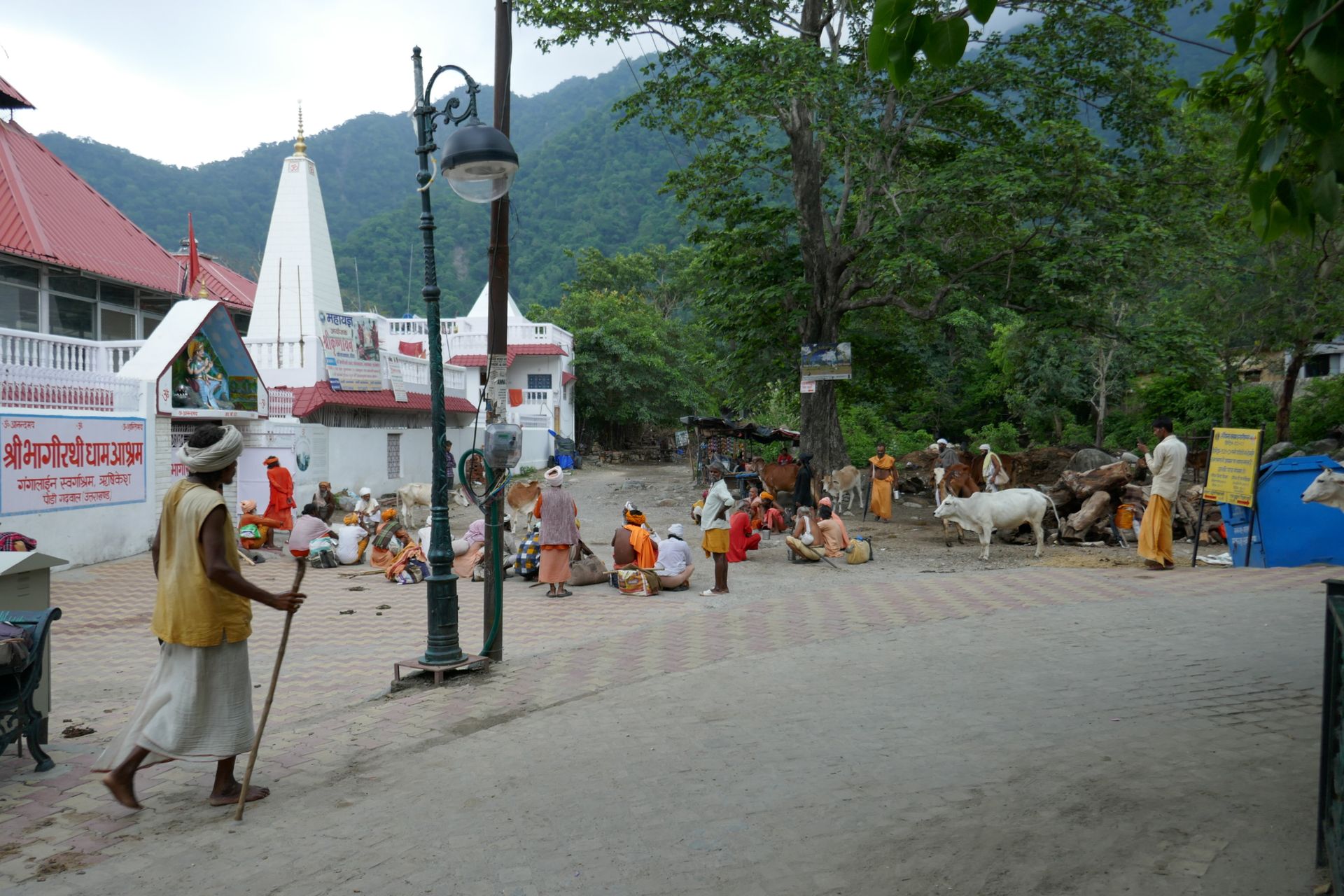
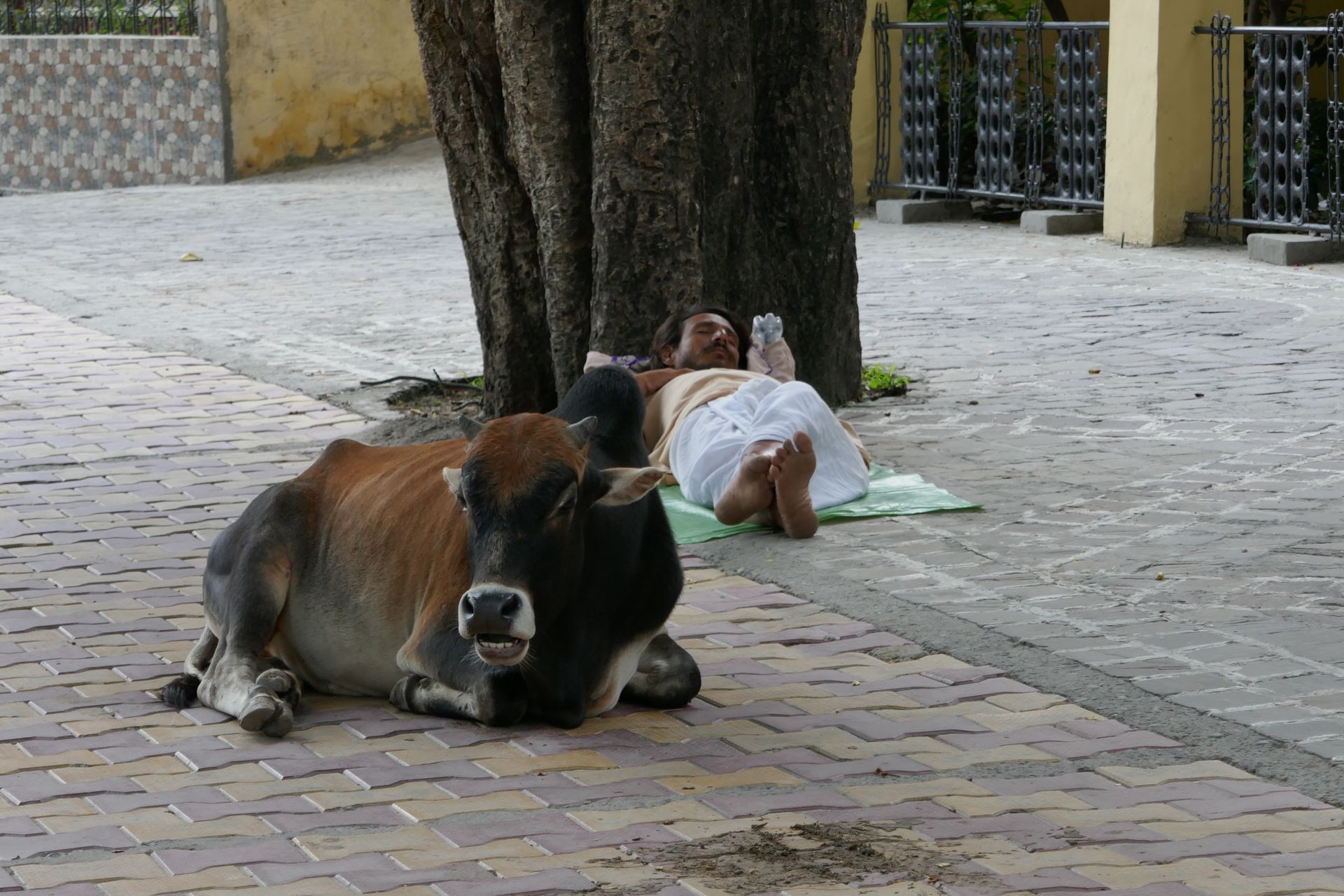
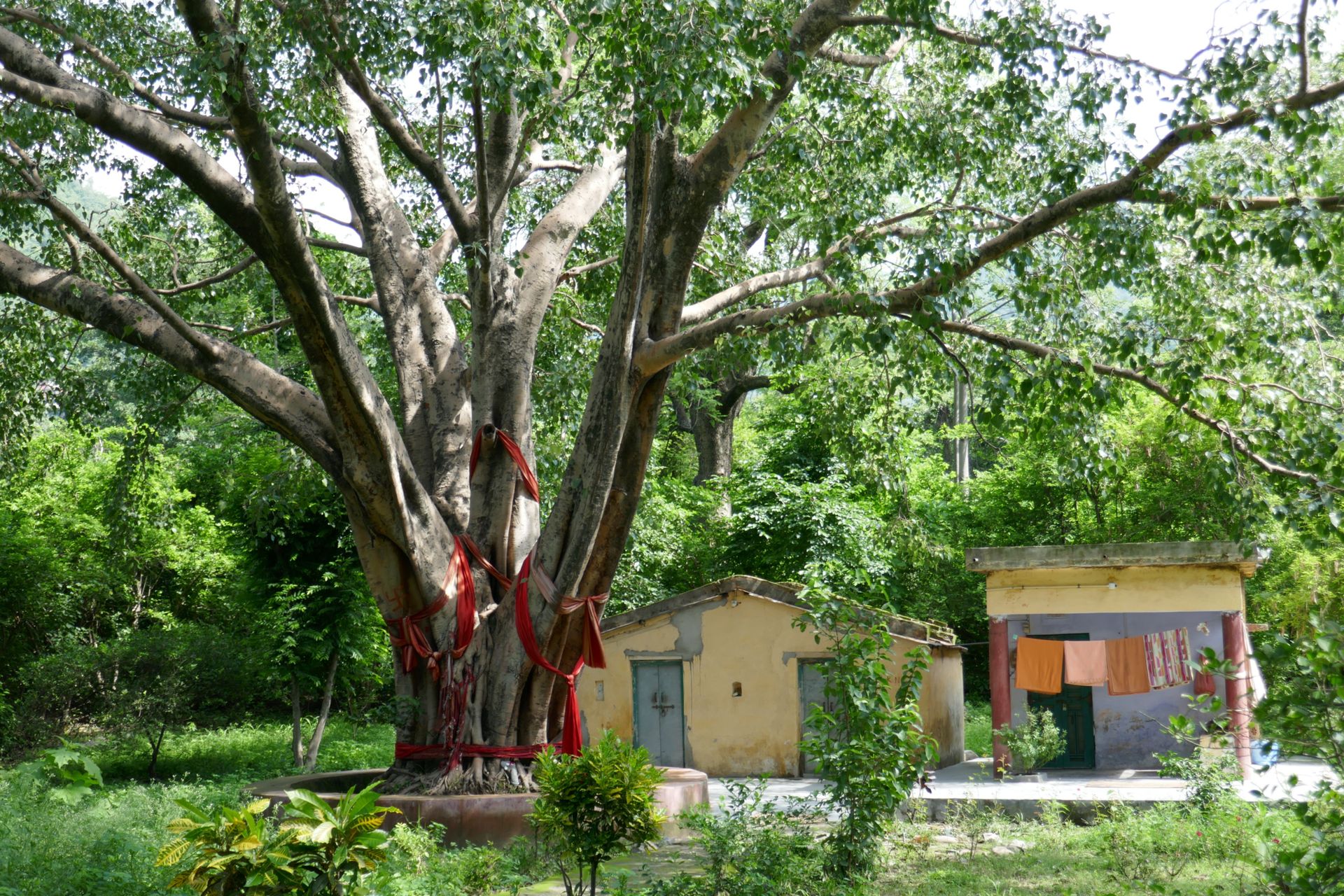
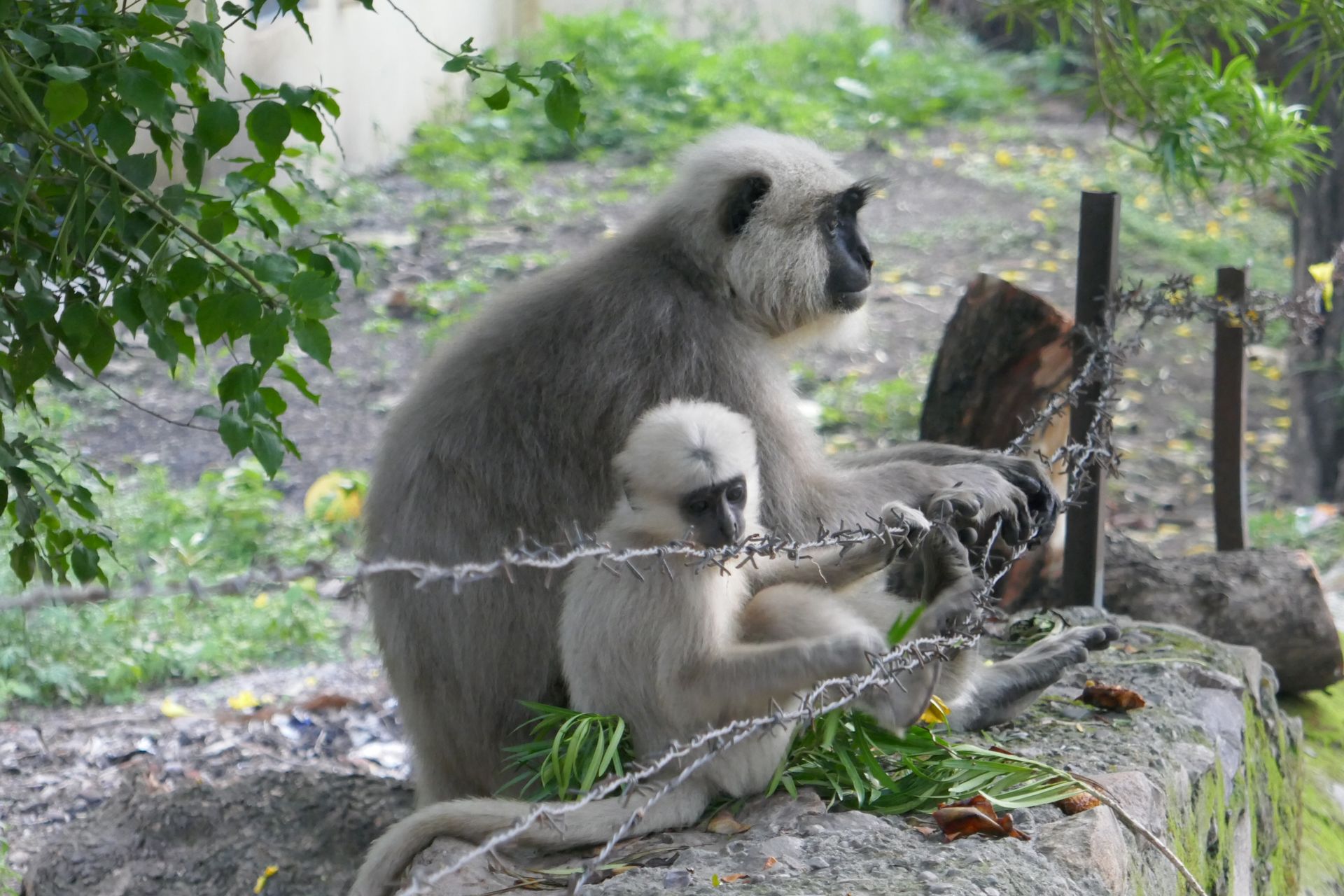
It was rather a coincidence that my path led me to Rishikesh. My first destination on this trip was not far from here, and I thought that since I was nearby, I should also make a detour here. And now over three weeks have passed since I arrived. I spent the first three days near the Ram Jhula bridge, where the Parmath Niketan Ashram is also located.
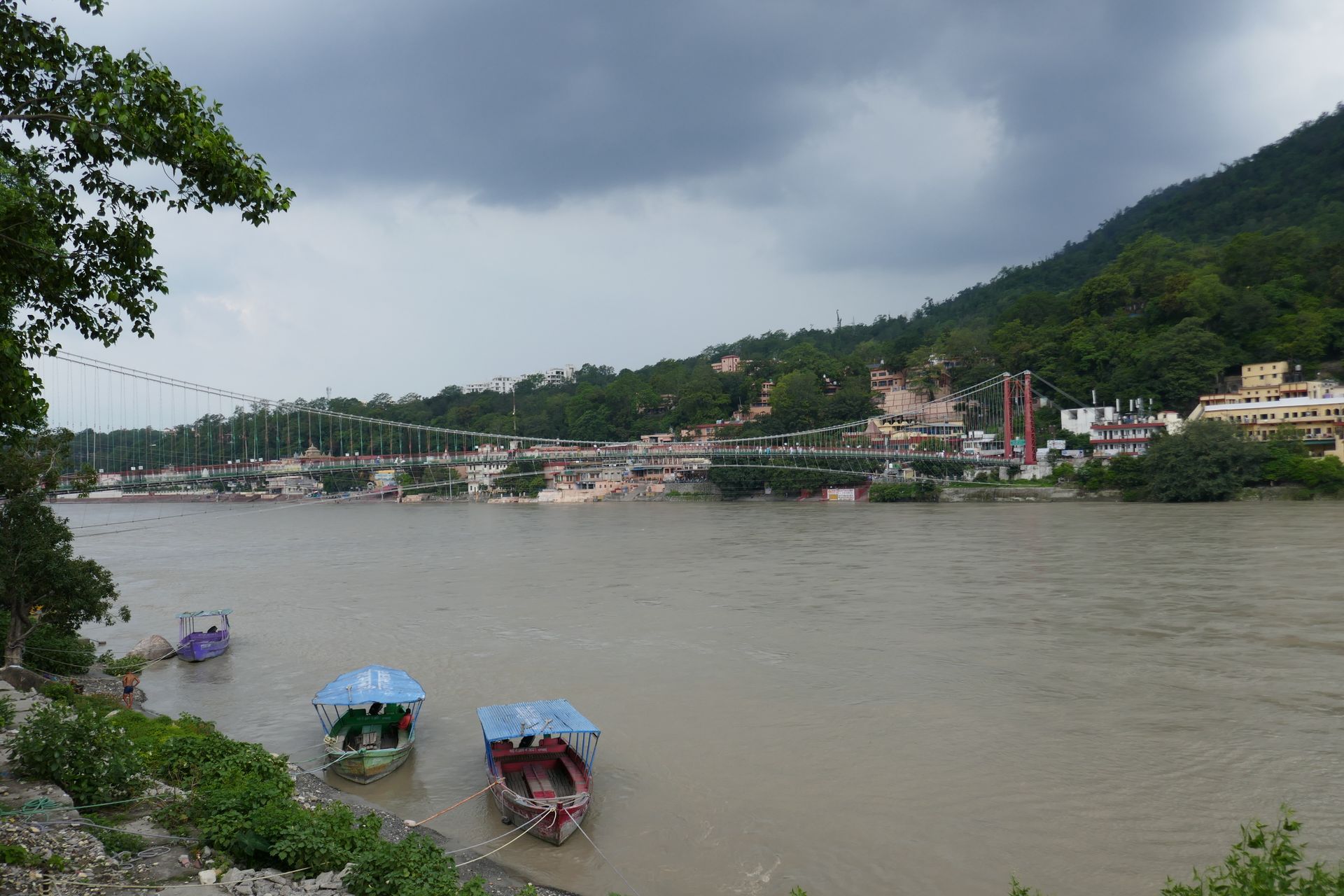
Every evening, the Ganga Aarti ritual takes place here, which I already know from Varanasi.
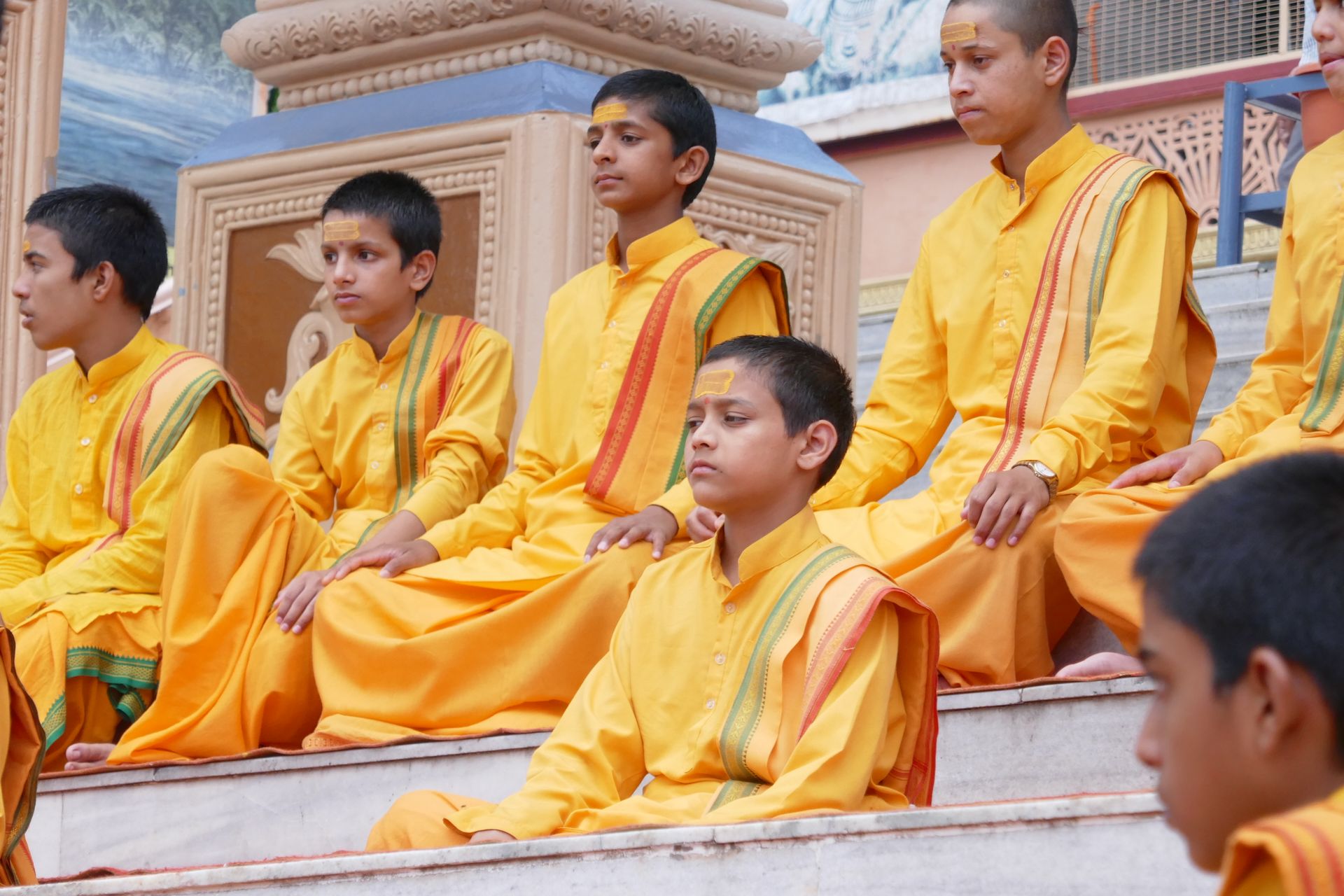
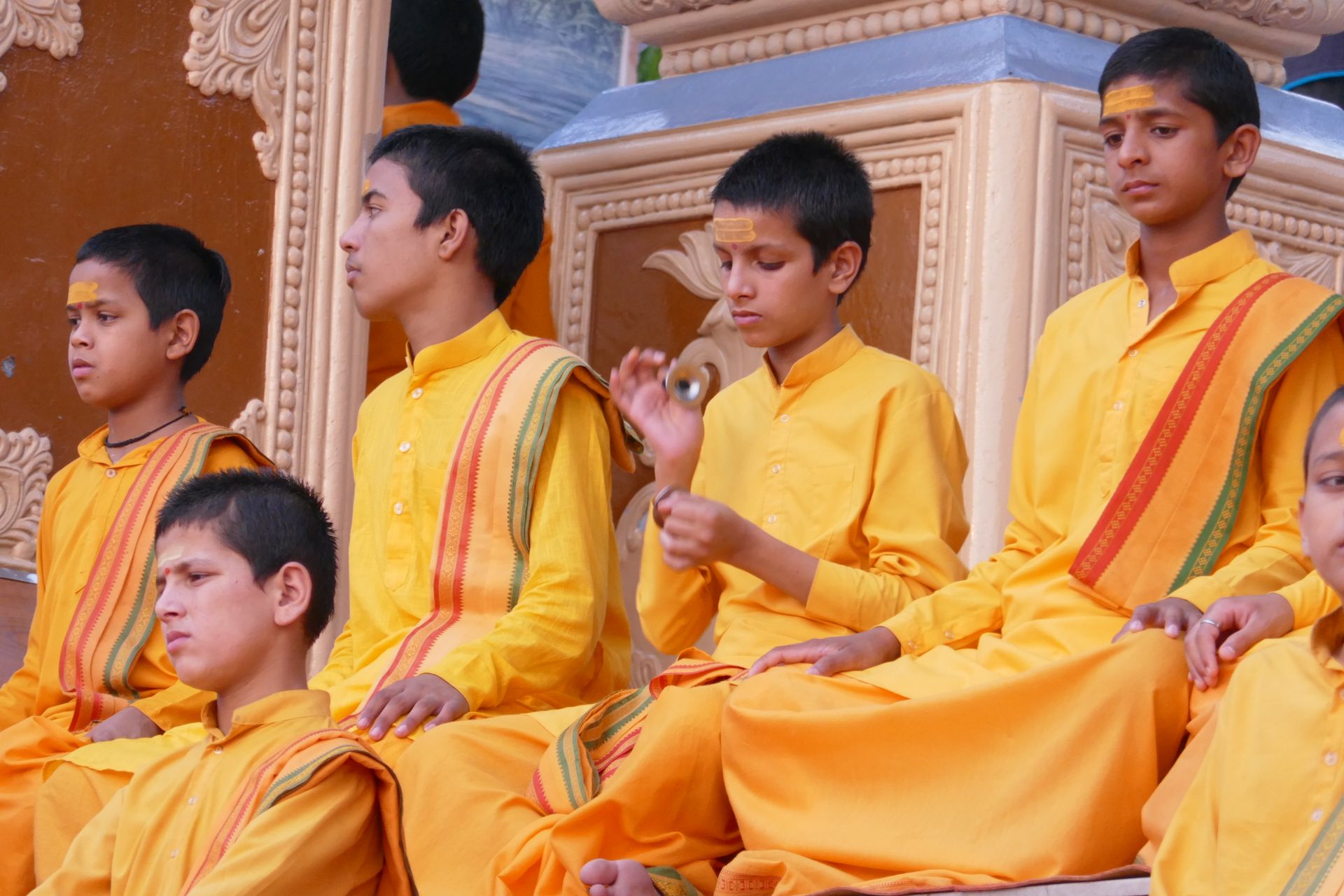
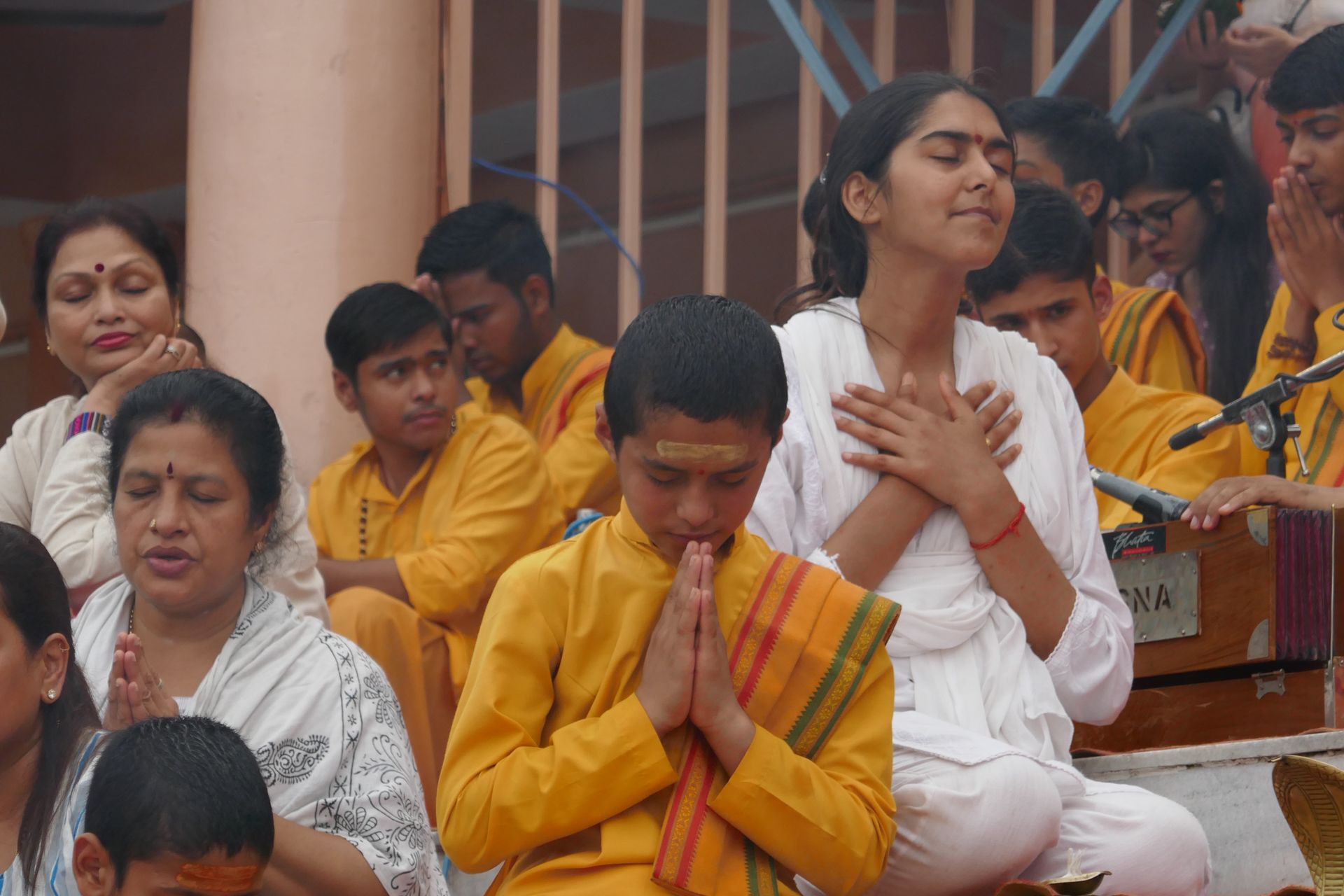
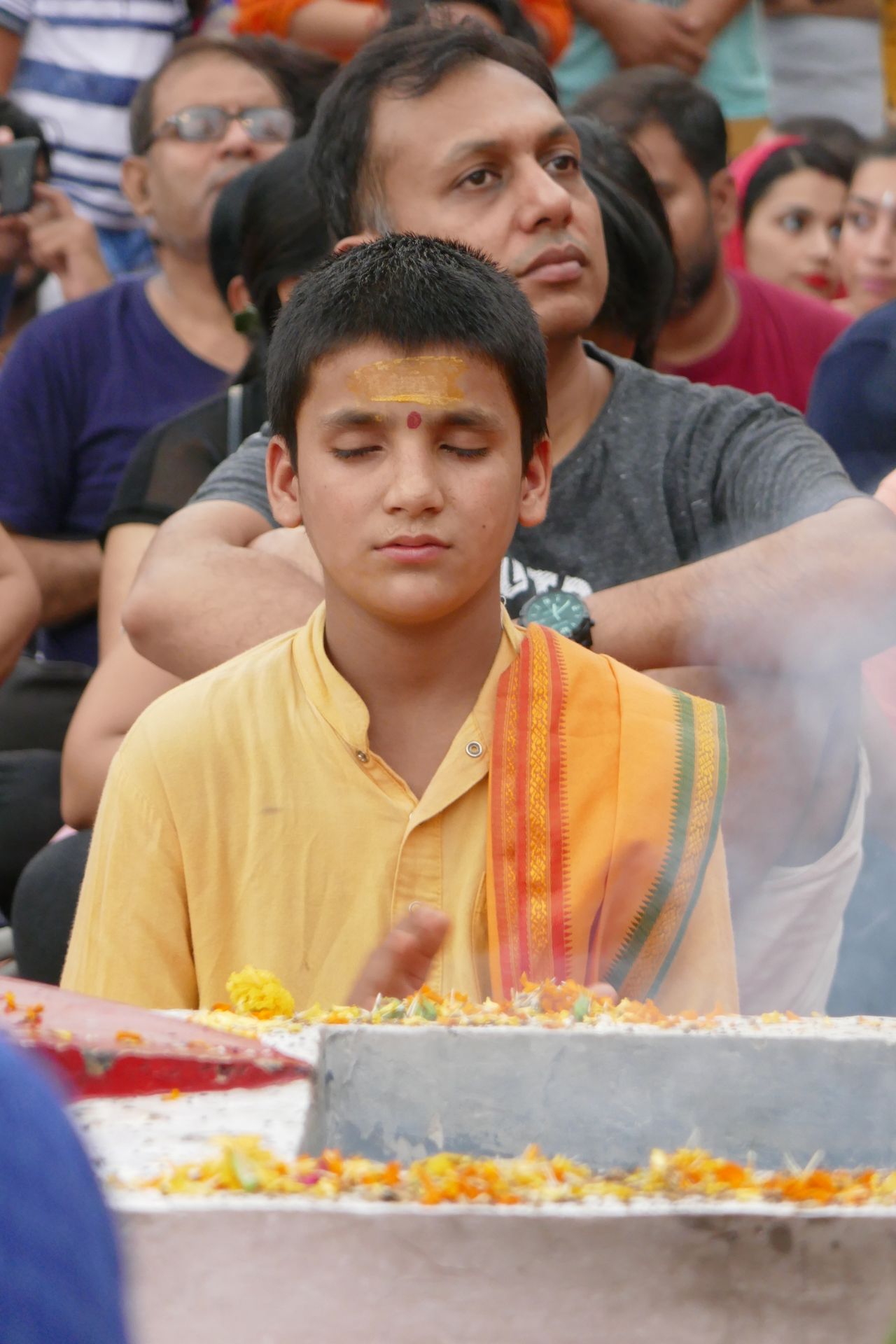
However, most of the first three days I spent in Sharda's little cafe 'The Office', where there was really good chai, and I could write my first report in peace, as there were hardly any other guests there except me.
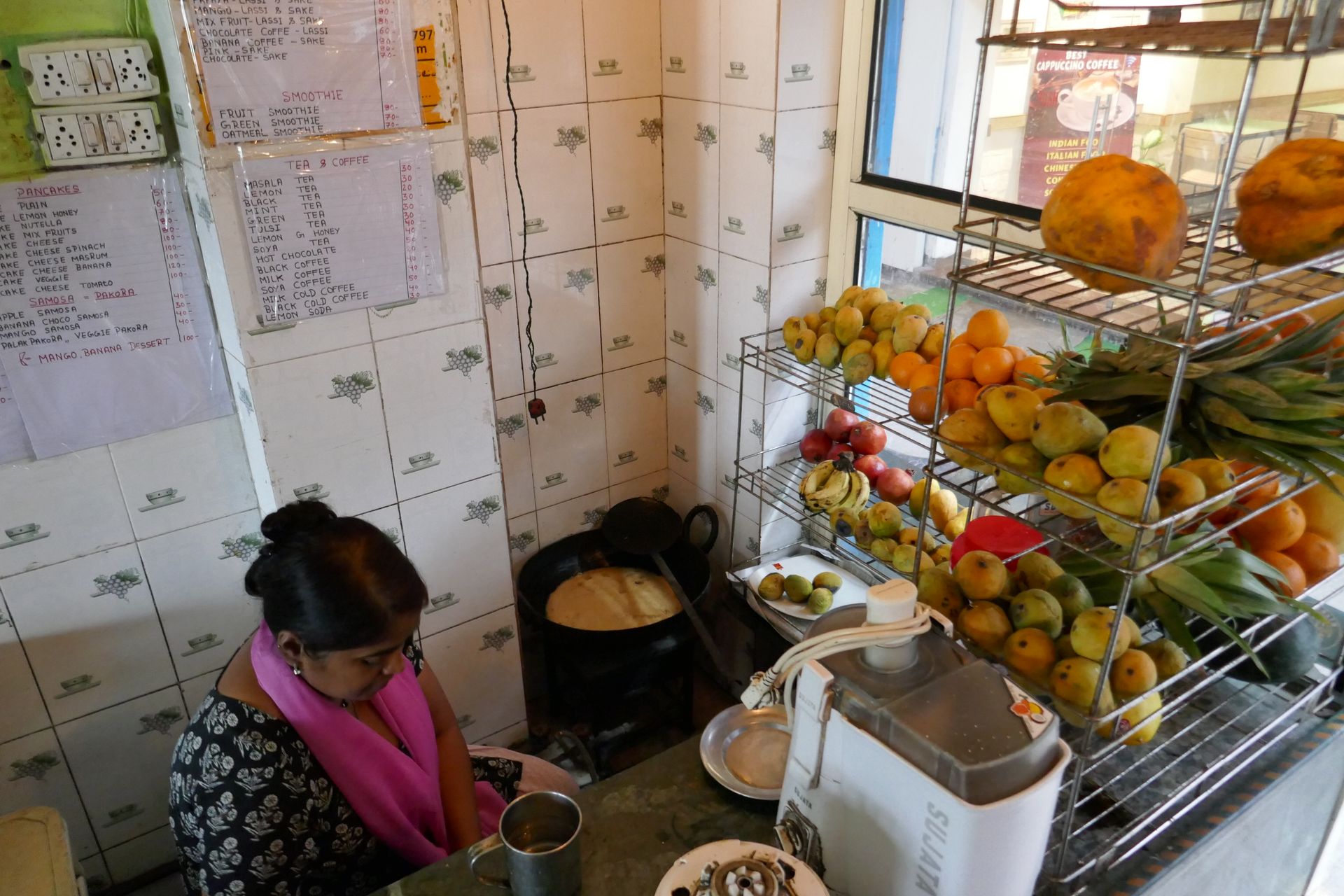
During my last visit there, Sharda invited me to try eggplant and banana pakoras - hmmmmm, very delicious!
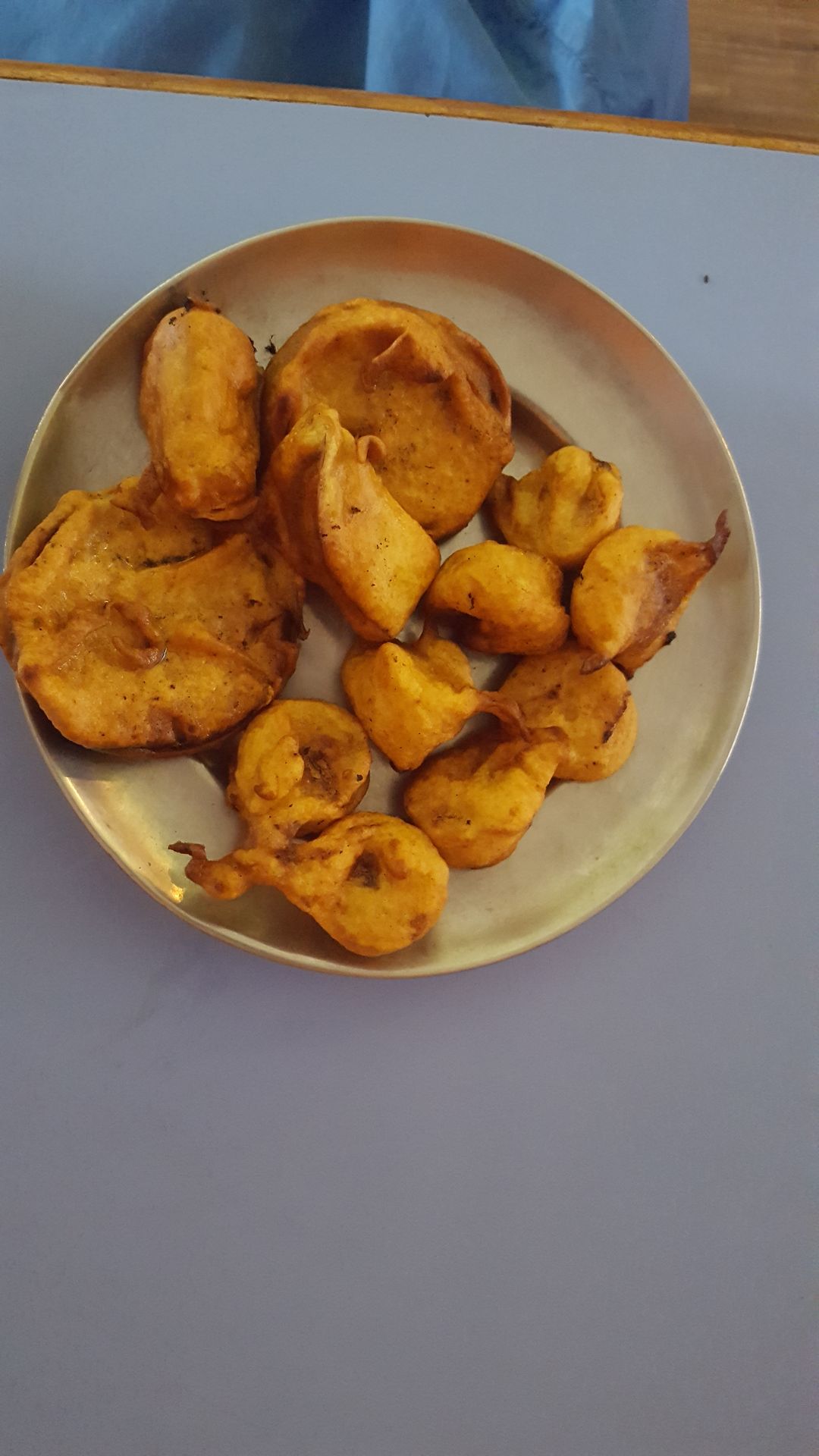
Since my first trip to India at the beginning of the year, I have started to get interested in yoga and have attended a few yoga classes in South India. So, it was clear to me that I wanted to delve deeper into it in the yoga capital of the world. And so, before my arrival here, I reserved a place in an ashram. With such a wide selection of ashrams and yoga schools here in Rishikesh, it wasn't easy. In the end, the best ratings on Tripadvisor influenced my decision. And so, three weeks ago, I arrived at the Anand Prakash Yoga Ashram in the Tapovan district.
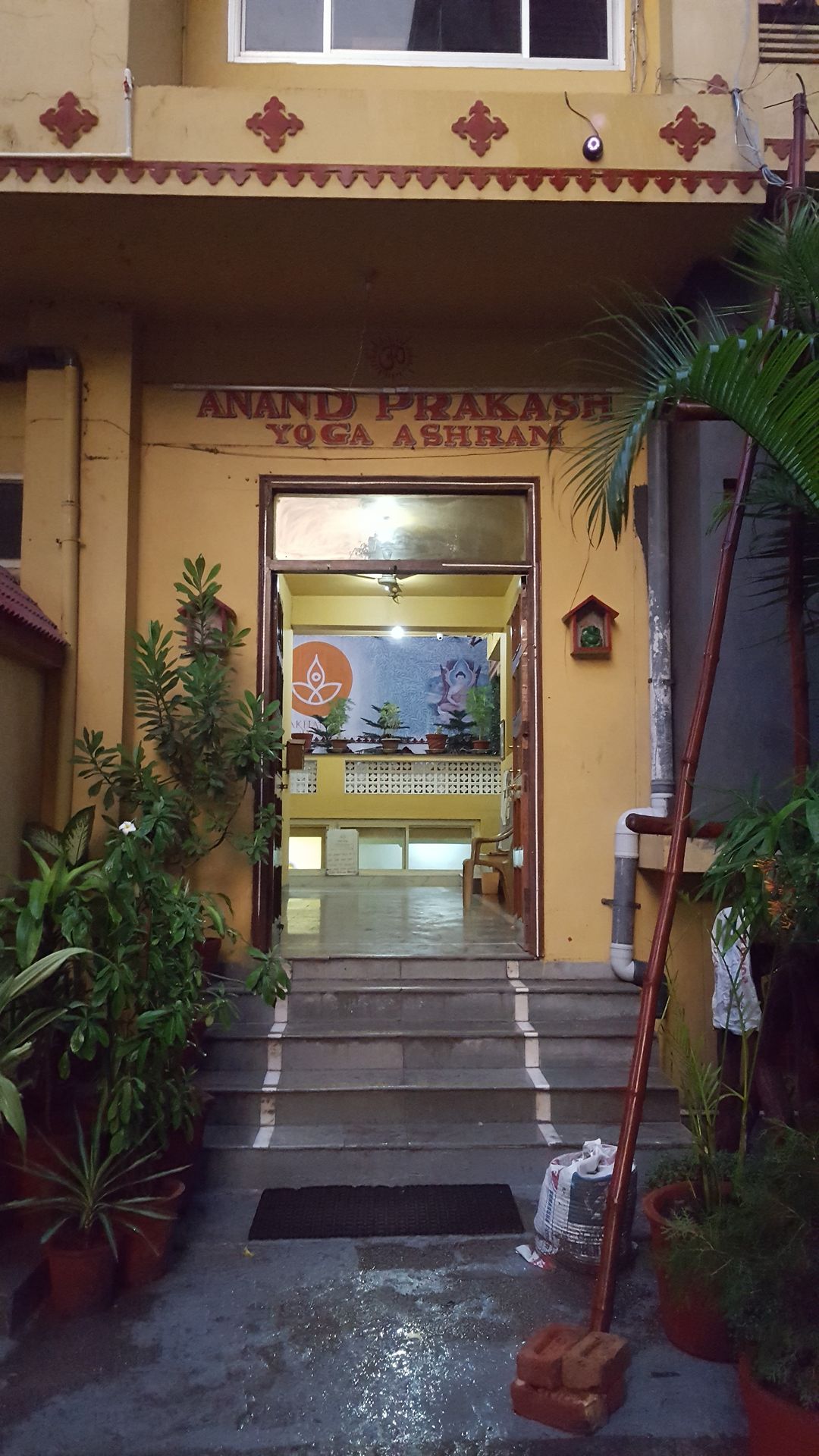
To get an idea of what to expect, I thoroughly read the website beforehand: yoga twice a day, morning meditation, fire puja, three yogic meals a day, and silence between 9 pm and 9 am were on the program. In addition, a specific dress code had to be followed - not too tight, not too revealing, no short pants, no sleeveless shirts, not too dark. A day before my move-in, I quickly bought two light, loose pants. Shortly after arriving, I knew that it wouldn't have been necessary. At least not when the ashram founder, Yogishri Vishvketu, is not present - and he is usually not present during this season - the dress code is not strictly enforced. :-) I had initially planned to stay at this ashram for two weeks, but after three days, I decided to stay for three weeks. Even though this ashram is used by many travelers as an affordable accommodation with full board and may not always convey the typical spiritual atmosphere of an ashram, I felt comfortable from the beginning. However, I have no comparison. But after spending the first three weeks of my journey wondering every day how to spend my time meaningfully, the structured daily routine here was quite beneficial for me. In the morning, at 5 o'clock, a bell rings that is hard to ignore. At 5:20 am, the daily program begins with a half-hour meditation. After a ten-minute break, the program continues with an hour and a half of yoga.
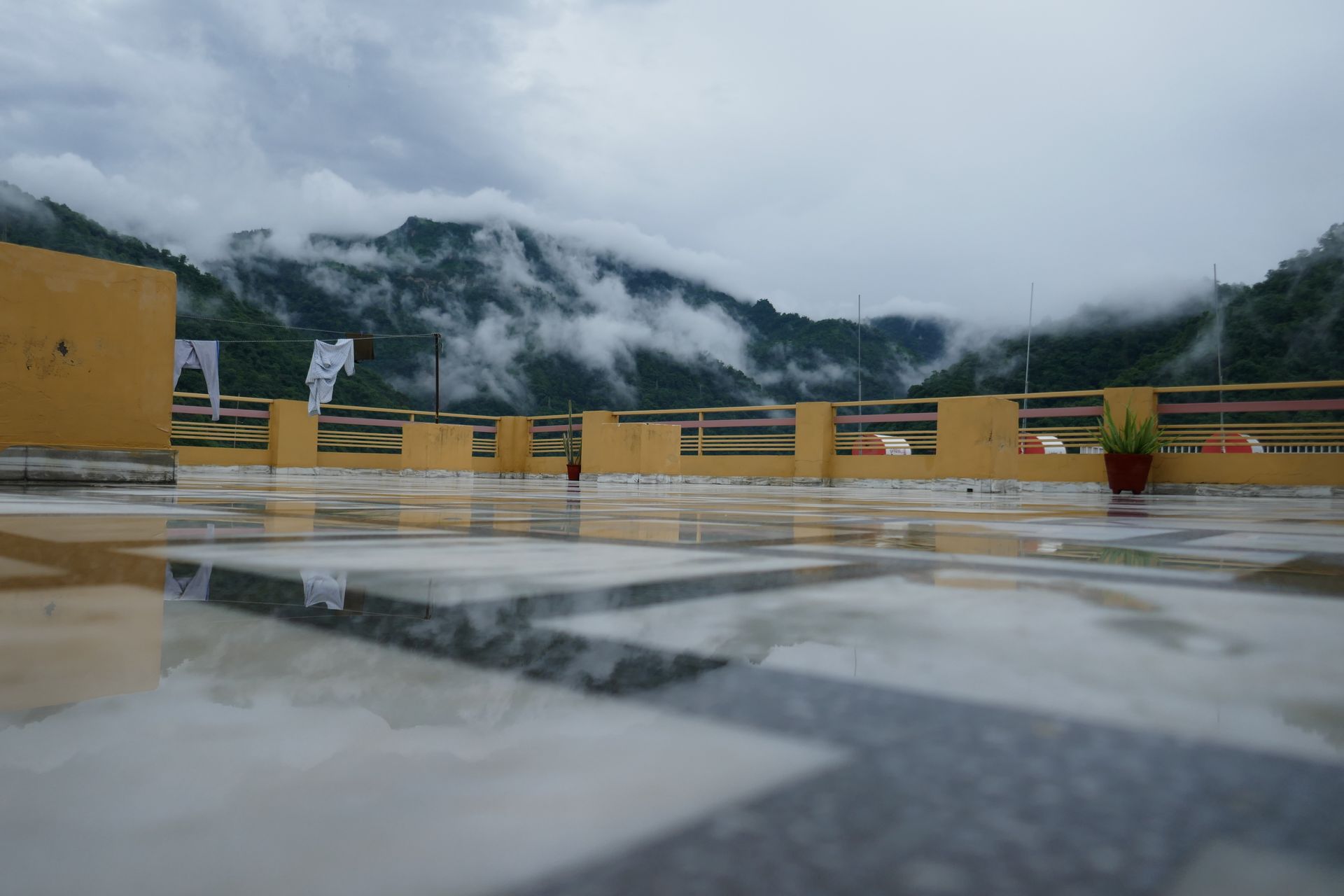
A great place for yoga in the morning
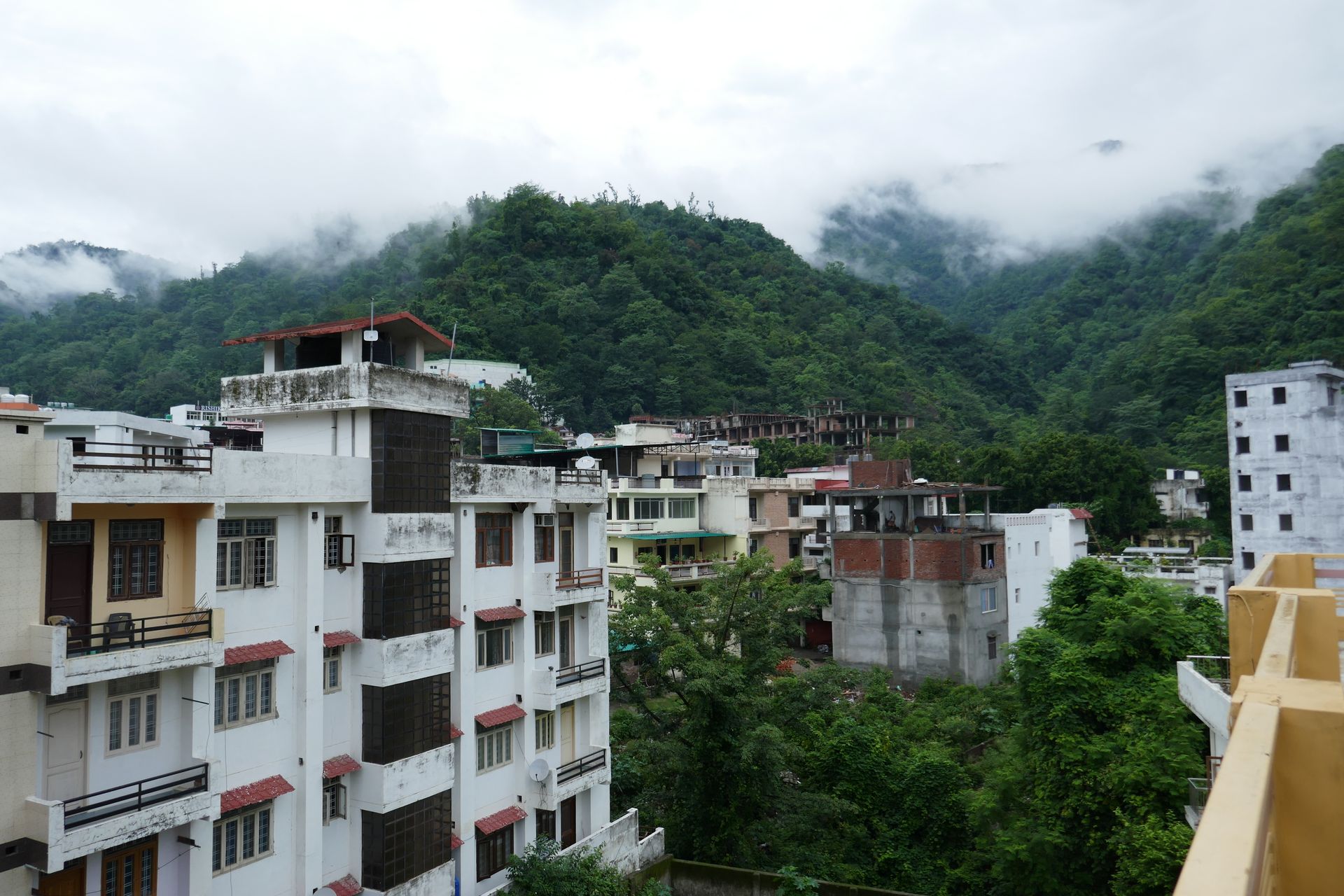
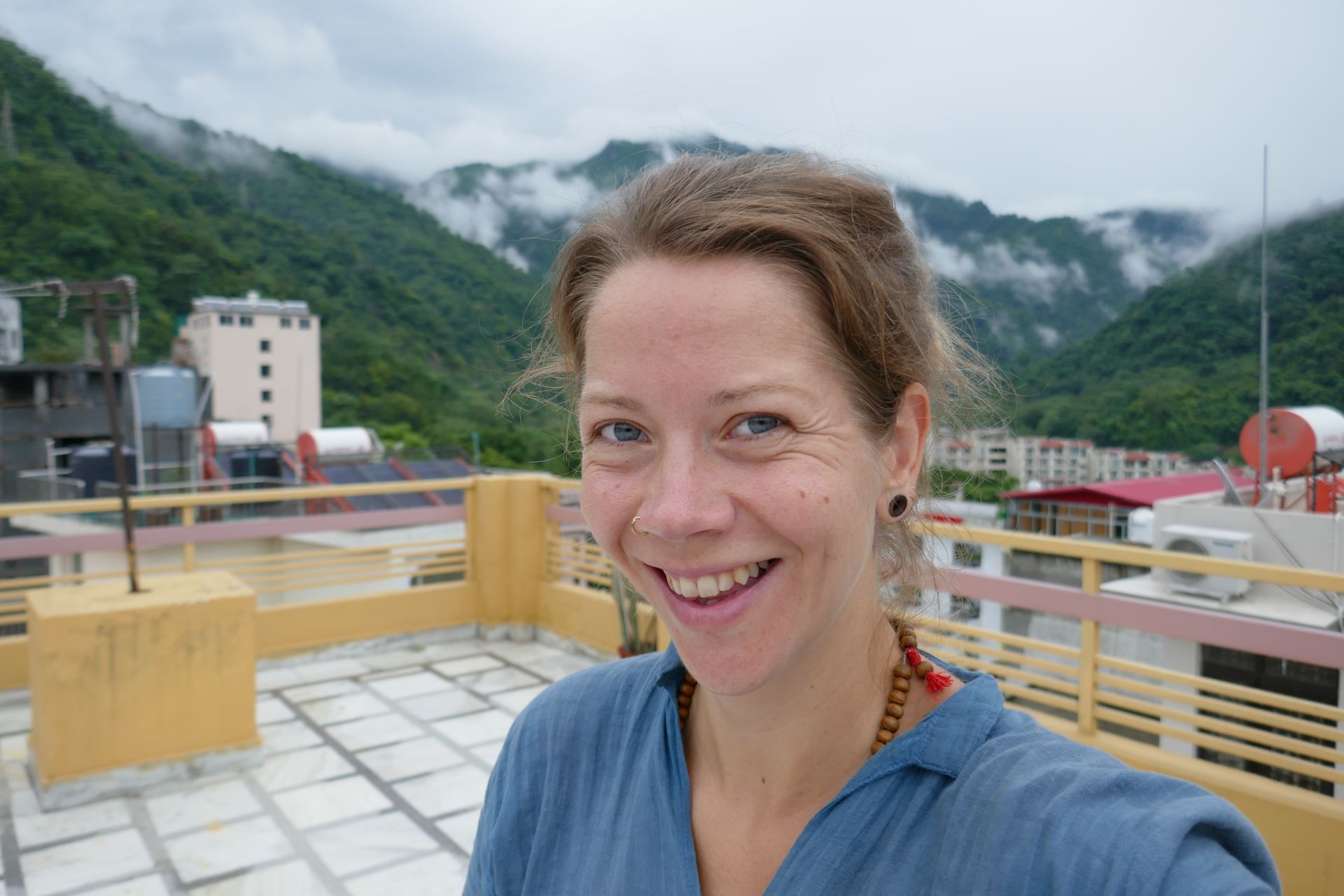
... happy after an early start to the day
Before breakfast, the so-called 'Fire Puja' takes place every morning, a more than 4000-year-old ceremony in which the forces of the elements earth, water, fire, and air, as well as nature, are worshipped. Mantras are chanted continuously, and ghee and herbs are offered into the fire. These offerings represent blockages or excessive ego aspects that one wants to get rid of and that are supposed to be transformed by the fire. This is said to create new energies that help overcome various obstacles in life. To be honest, in the first few days, I didn't know what to make of this ceremony and felt uncomfortable. I didn't understand the mantras sung in Sanskrit and found it somehow strange that a group of Western tourists performs a ritual in the morning that dates back to shamanic times. Perhaps I'm projecting too much of myself onto others, but I believe that I can see the same unfamiliarity in the faces of some who participate in the ceremony for the first time, which I initially felt in myself. I think that if I had left the ashram after a few days, this feeling would not have changed much, but now I like the morning ritual before breakfast. It has something very meditative, gives energy for the day, and I consciously use the time to think about all my loved ones. I also like the idea of symbolically offering something to the fire that is perceived as disturbing or burdensome to transform it into positive energy that comes back to us in another form. In addition, in the mantras, one asks not only for good things for oneself but primarily for all people and inhabitants of the earth.
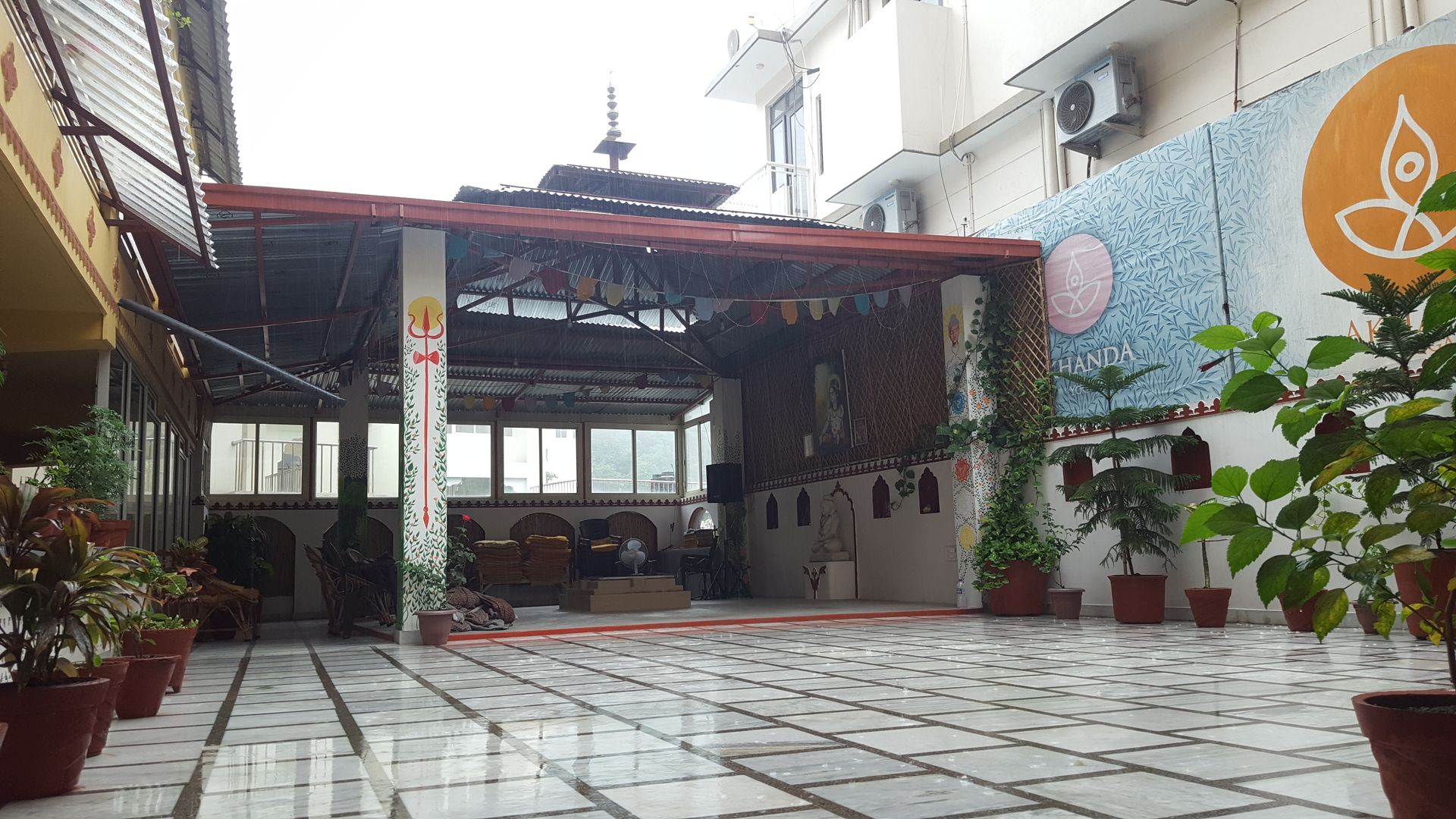
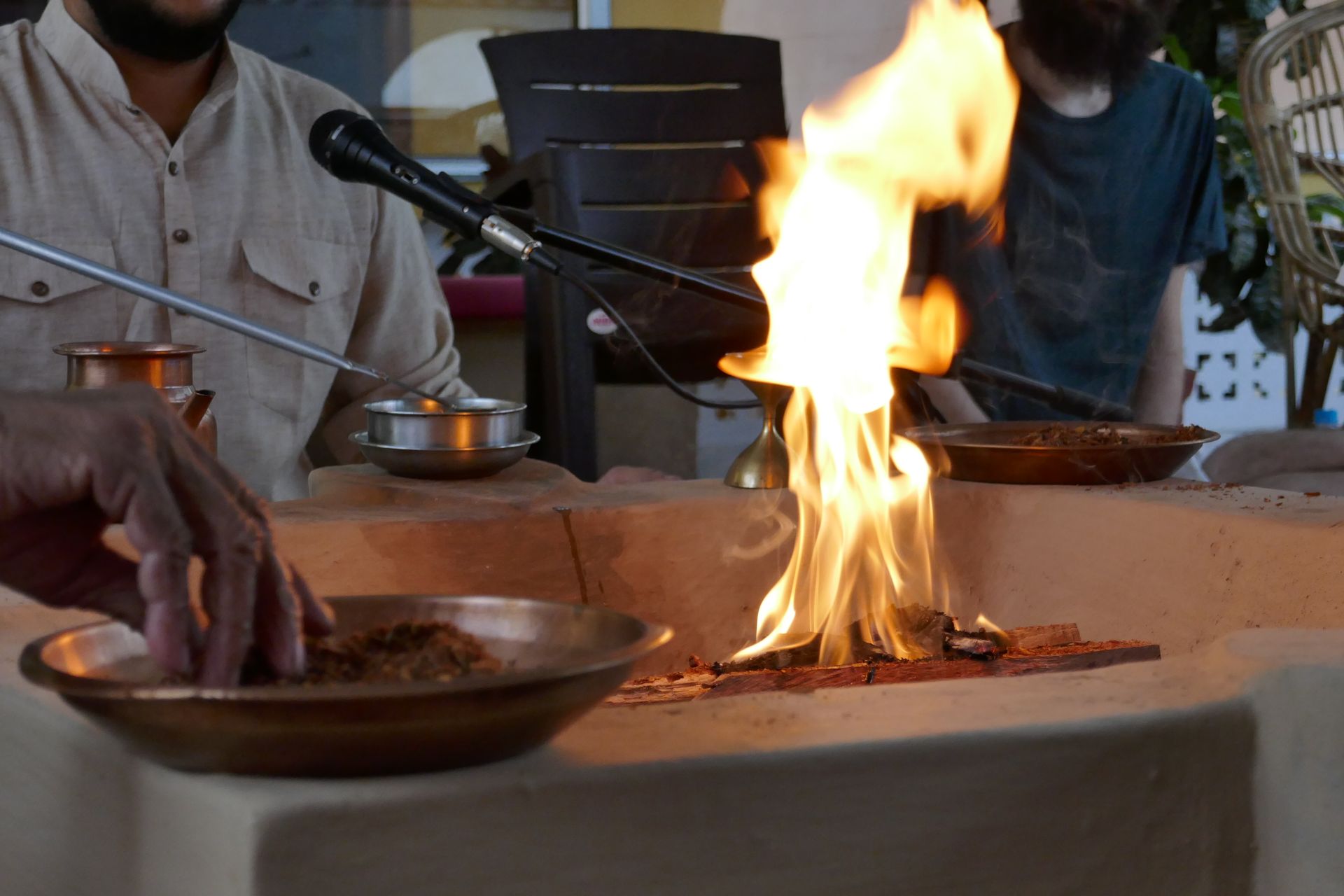
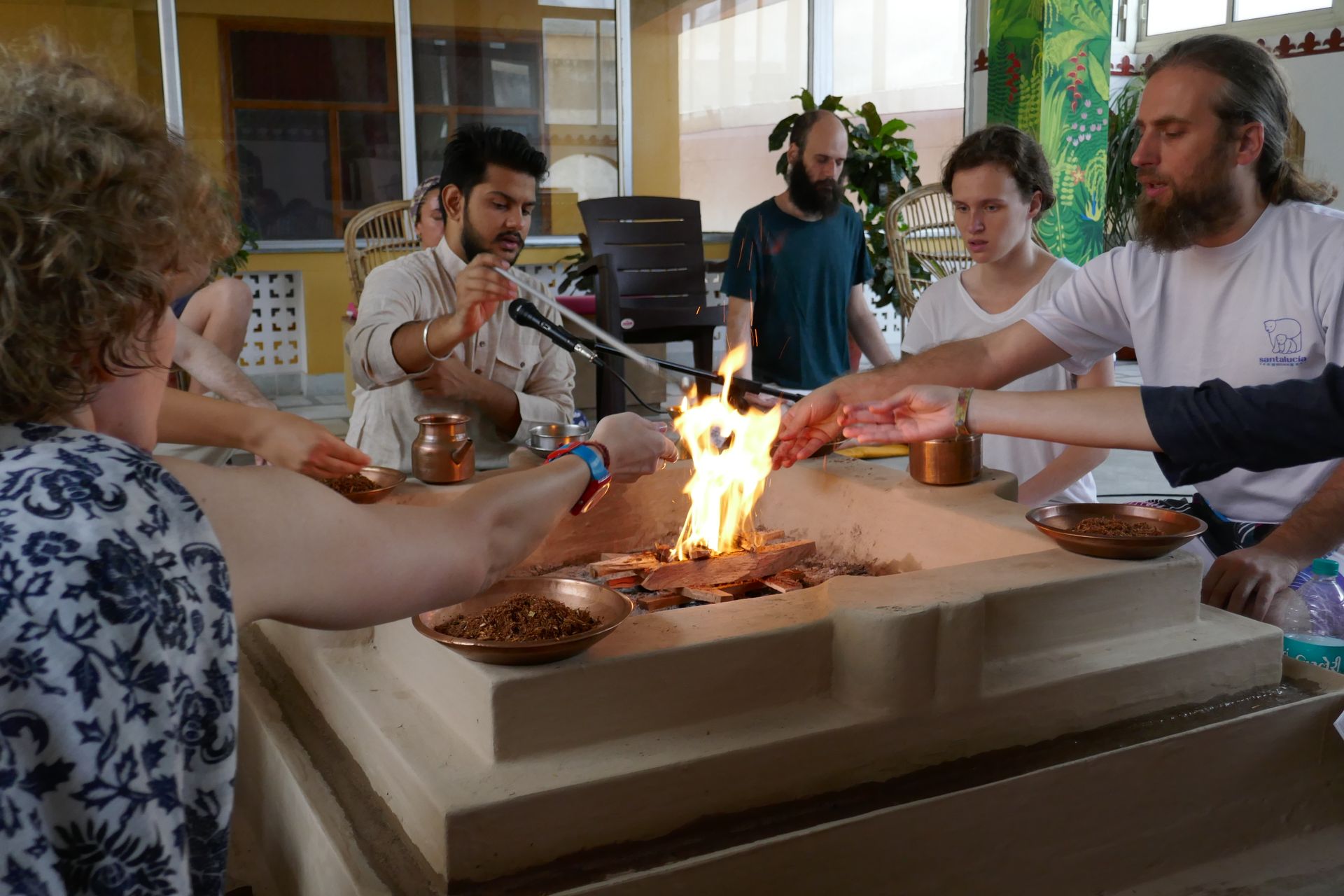
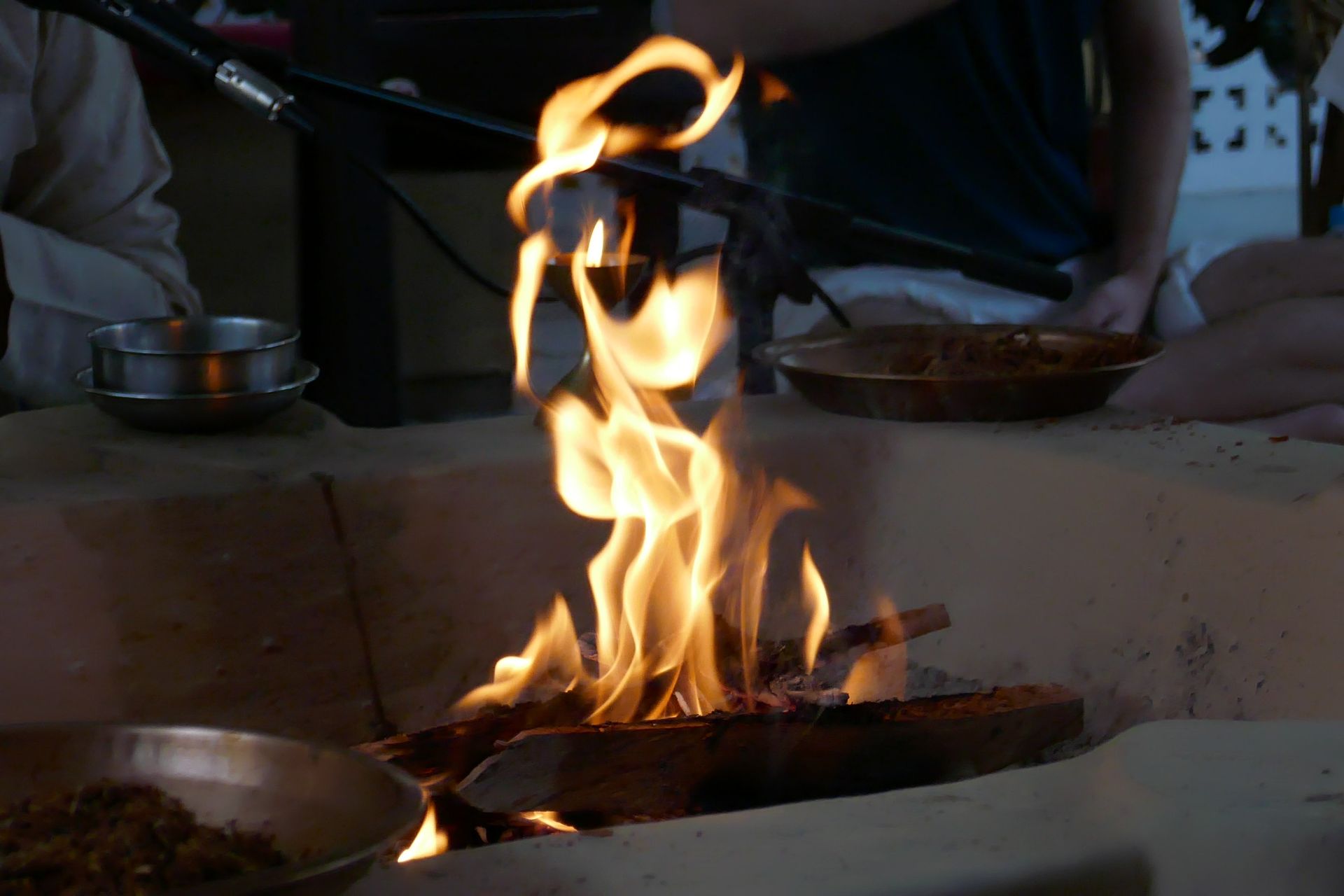
After the Fire Puja, it is 8:30 am, and it's finally time for breakfast. After that, there is nothing on the schedule until lunch at 12:30 pm. After lunch, there is free time again until there is another hour and a half of yoga at 4:30 pm. Dinner is at 6:30 pm, and twice a week, there is an opportunity for group mantra chanting afterwards, which I think is pretty great. That's what the days look like, except for Sundays, when there is no meditation or yoga classes. However, there is a form of yoga on Sundays: Karma Yoga - that means doing something for the community. Usually, this means finding something to clean or tidy up. But most of my ashram roommates don't take this program point as seriously as the dress code, so usually only three to five people gather at the meeting point under the bell for task distribution. Karma Yoga can actually be fun, and it leads to nice conversations while rolling up the yoga mats together.
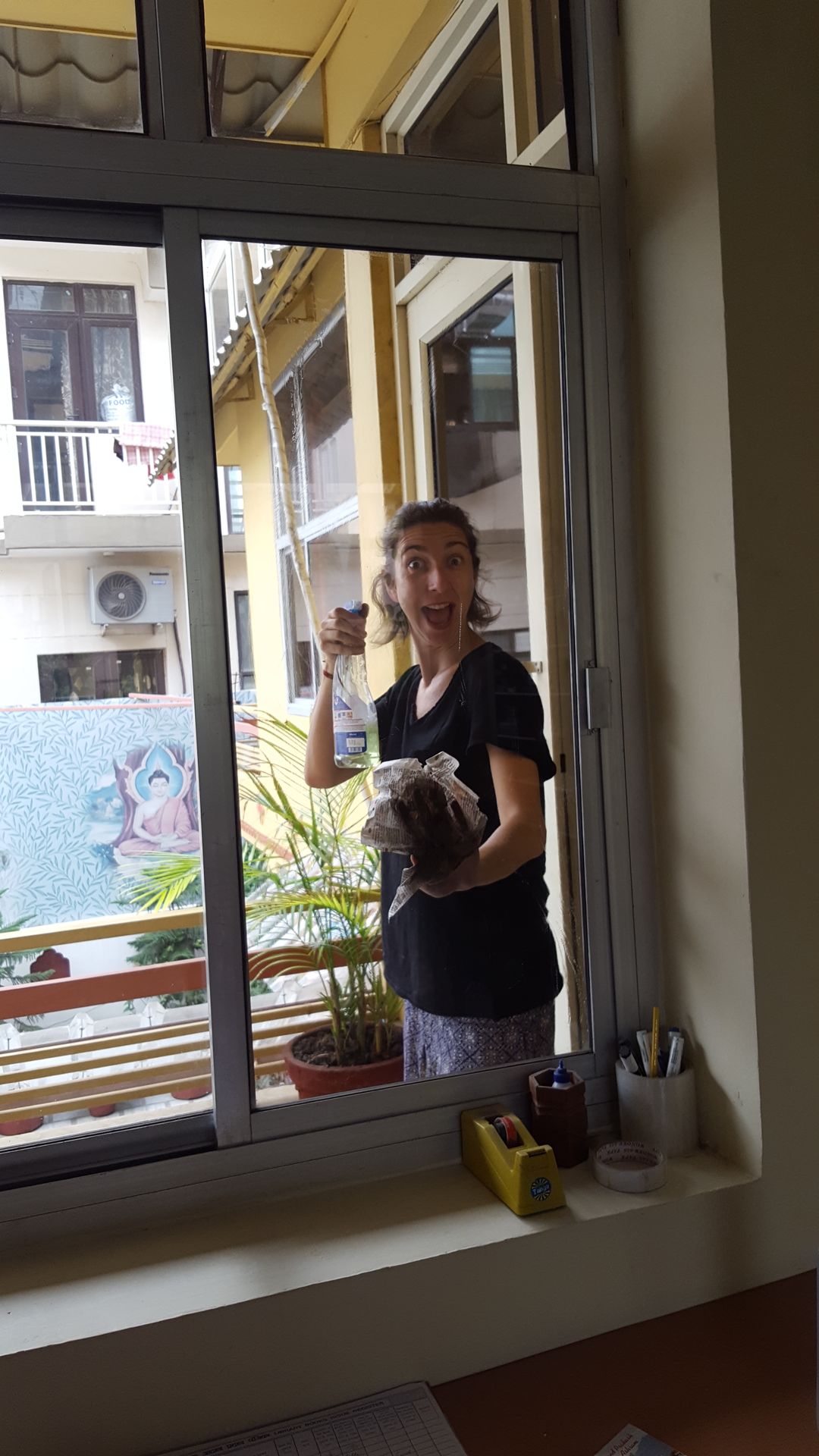
... probably the most cleaned windows in India
The theme of yoga is actually quite new to me. Until my first yoga class, which I had in Kerala, I mainly saw it as a kind of sport that has a lot to do with stretching and flexibility and is somehow supposed to help with stress. But when you go to a yoga class in India, it is usually mentioned at some point that yoga is not just about physical exercises; these are only a small part of a whole philosophy that stands behind it. Here in the ashram, I have had the time and the desire to delve deeper into it, and I find the underlying attitude of yoga very exciting and helpful for many areas of life. I don't want to write too much about it, especially since I can't claim to have much knowledge. But in a small additional class, Varhsa, one of the yoga teachers, explained to me, for example, that the physical exercises, which I mainly associated with yoga until now, are in third place in a series of eight limbs. Before that, there are some moral and ethical things that a person should follow, such as: truthfulness, contentment with what is, not accumulating unnecessary things, and not being jealous, are just a few points to consider. Only after that come the so-called asanas, which is what most people understand as yoga - more or less complicated contortions of body parts or balancing and stretching exercises.
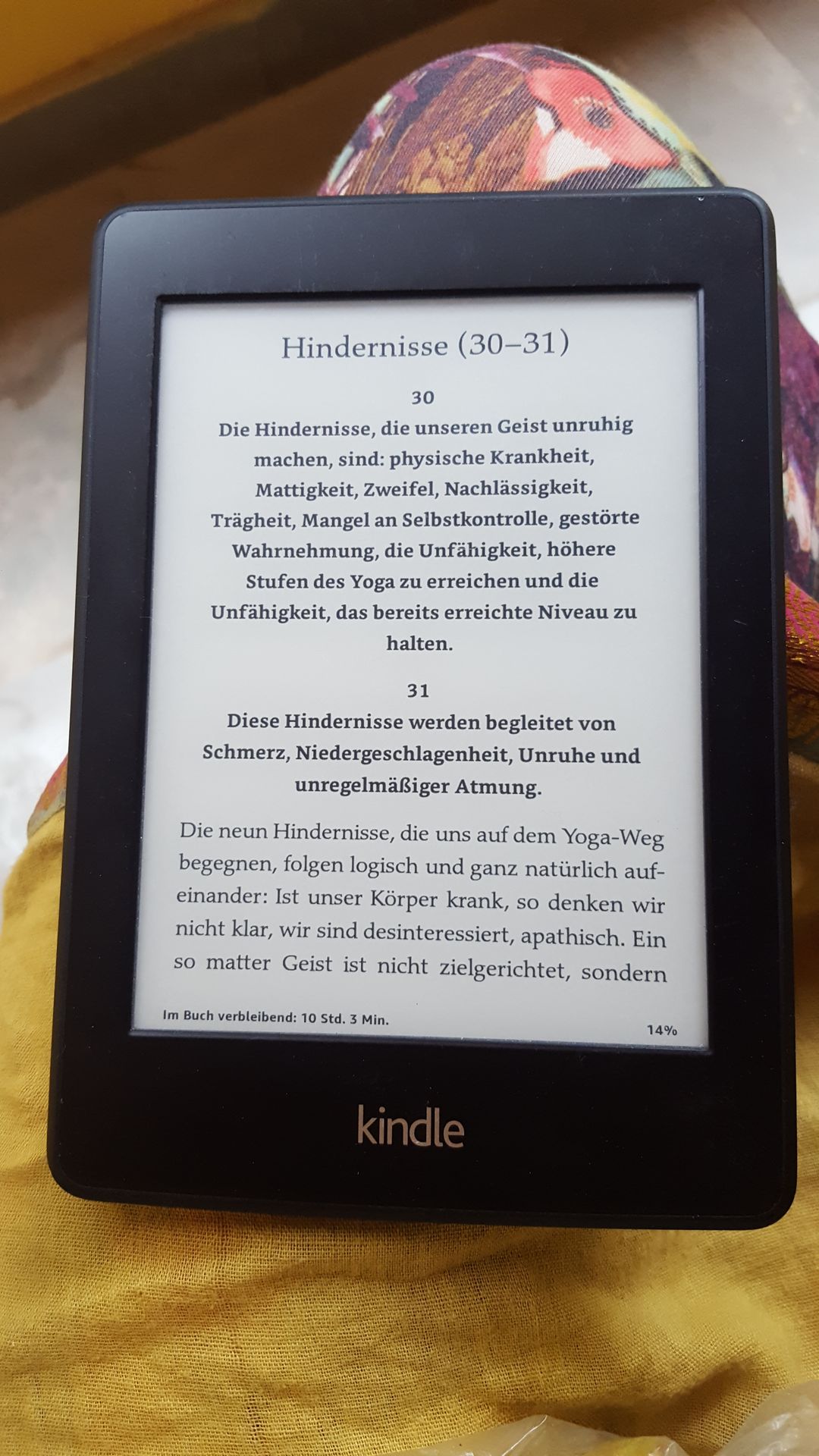
This is just a small excerpt from the Yoga Sutras - the guide to yoga practice.
Another part of the eightfold path of yoga is 'cleansing'. To cleanse themselves, yogis have quite a few methods, some of which don't sound particularly pleasant. I took part in an introductory course on a relatively simple cleansing ritual called nose cleansing at the ashram. It started with a nasal irrigation with saltwater, which is also recommended in Germany for preventing colds. However, a few years ago, my attempt failed because the water I poured into one side of my nose didn't come out the other side as desired. Here, with a clear nose, everything was quite easy. The second part of the cleansing process involved inserting a kind of rubber catheter into the nose, which then passes through the throat into the mouth and is then pulled out there. It sounds uncomfortable - and it is somehow. At least at the beginning. But afterwards, it feels somehow good. Of course, I am happy to share my experience with a picture.
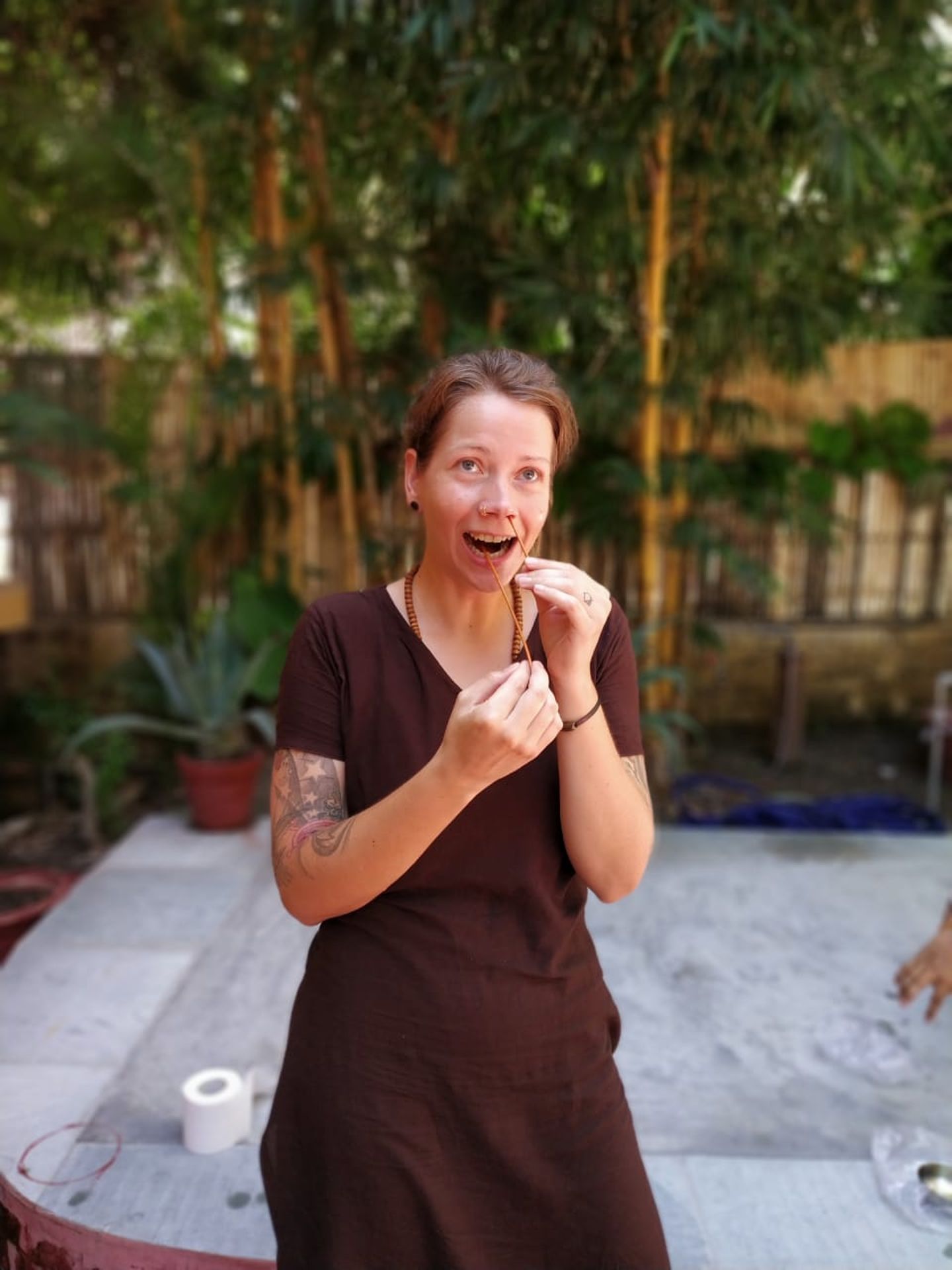
No, those are not pretzels.
Oh, by the way, I was the only participant in the course, and there were four ashram staff members around me, only one of whom had tried and regularly uses the so-called 'sutra neti' himself. The others found it more interesting to watch me and take funny pictures while I couldn't defend myself with a hose in my nose. Actually, one is supposed to repeat the action on both sides. But it only worked on the left side for me; when I tried to push the tube through the right nostril as well, I got dizzy and had to give up. It's better not to do this right after eating...
Aside from the ashram program, there is still enough free time that one can spend as one likes.
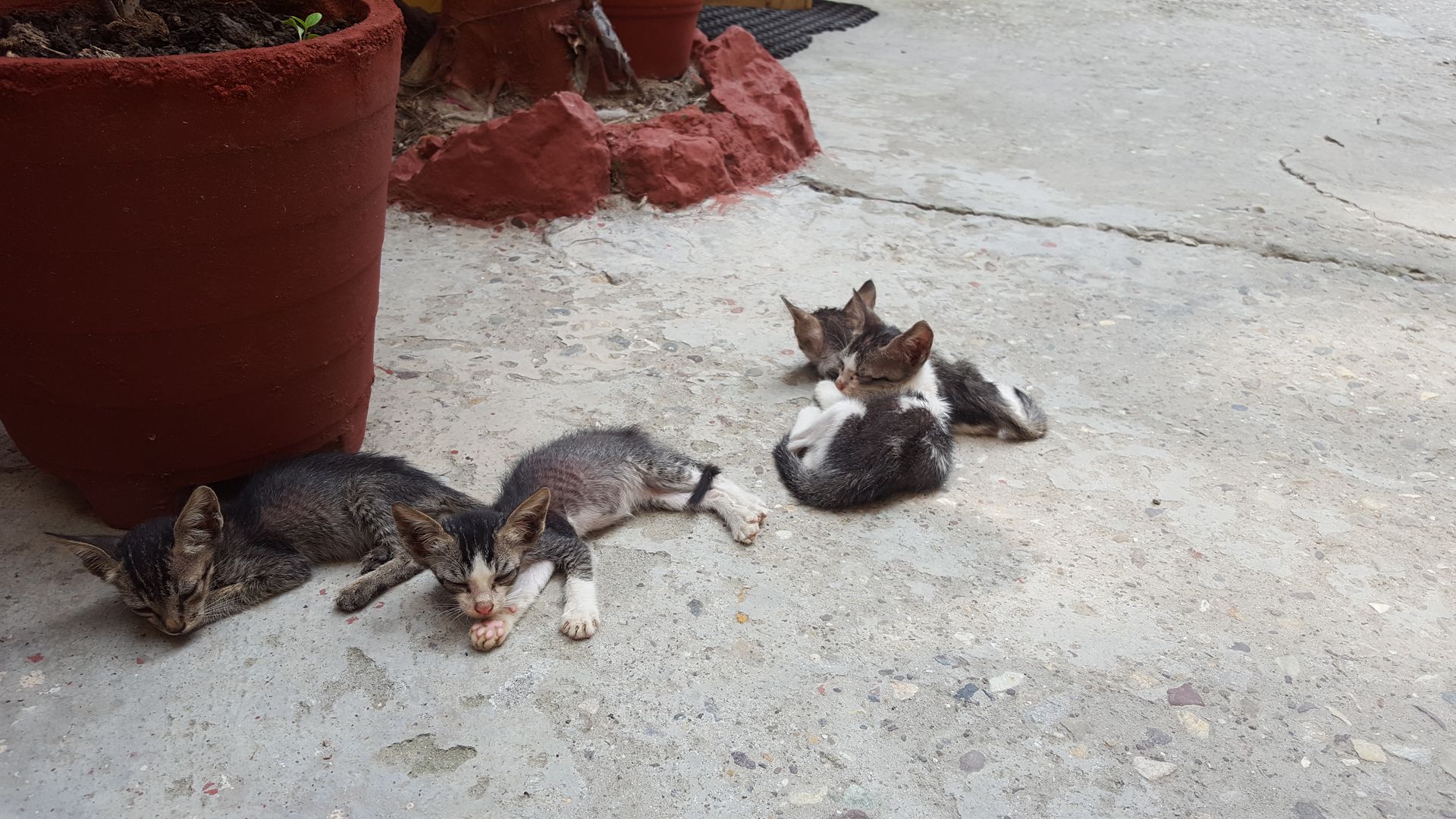
... for example, you can play with the little kittens
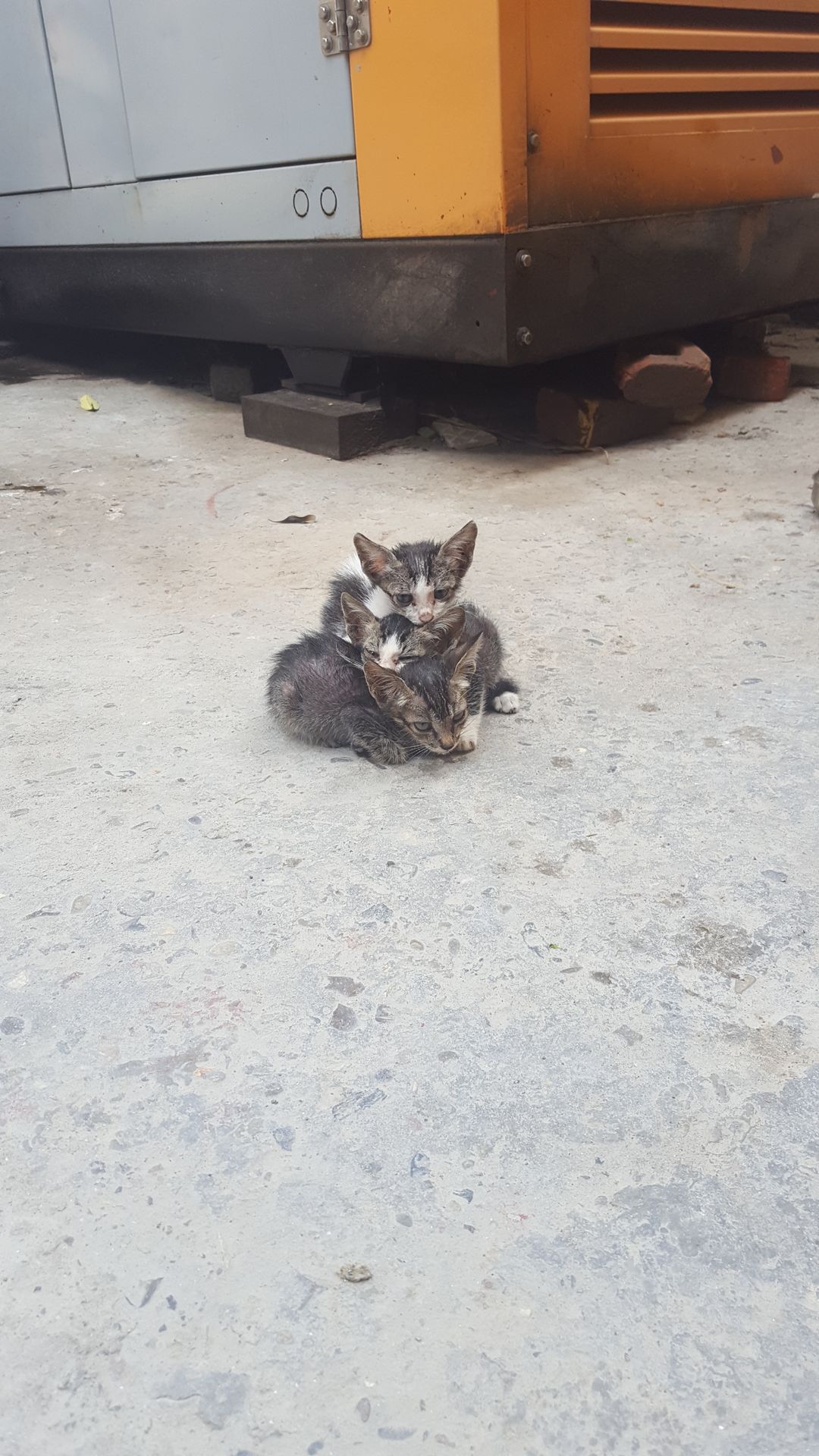
... from four to three (dog!)
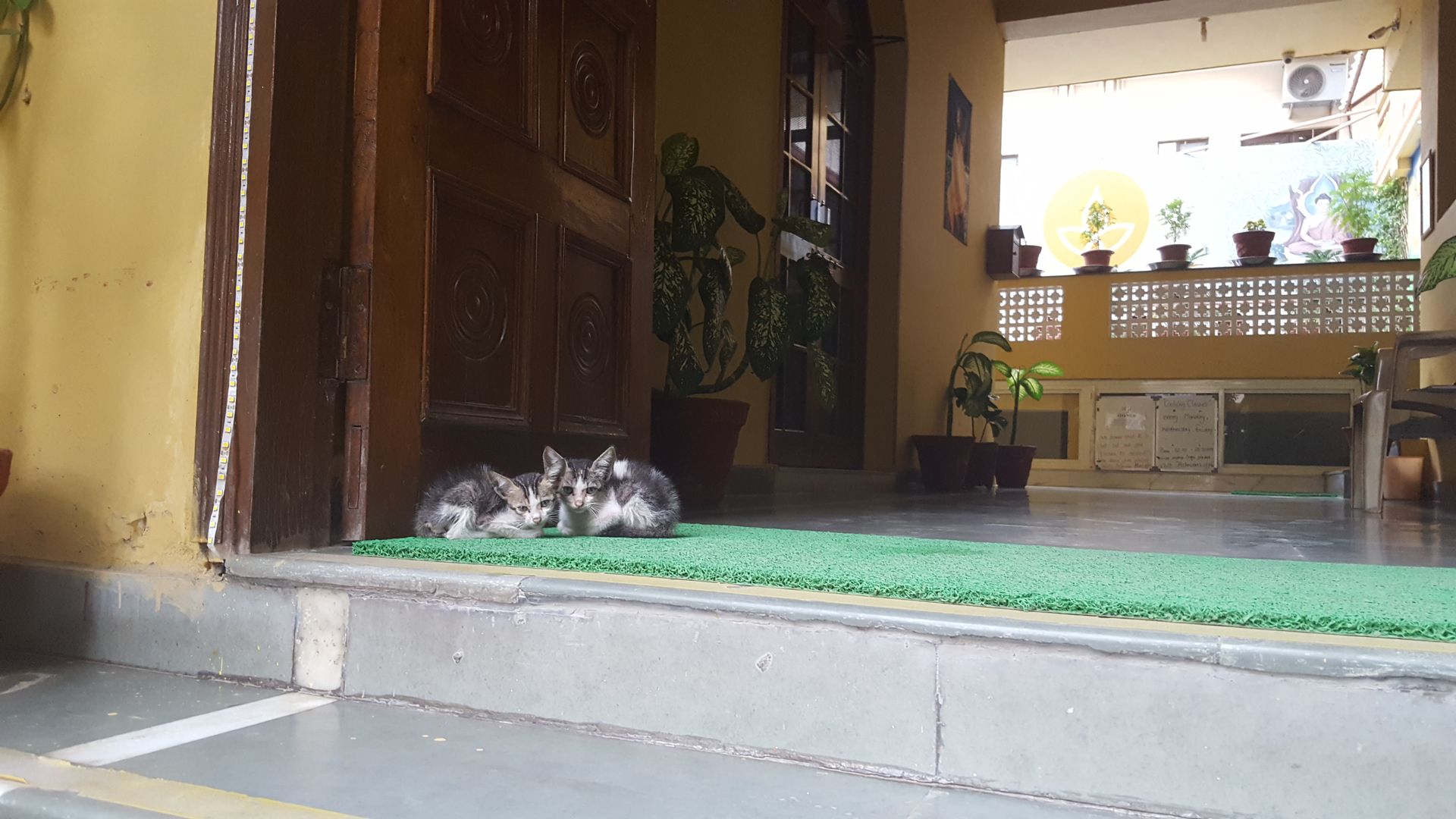
from three to two (car)

... mini tigers practicing their fighting skills
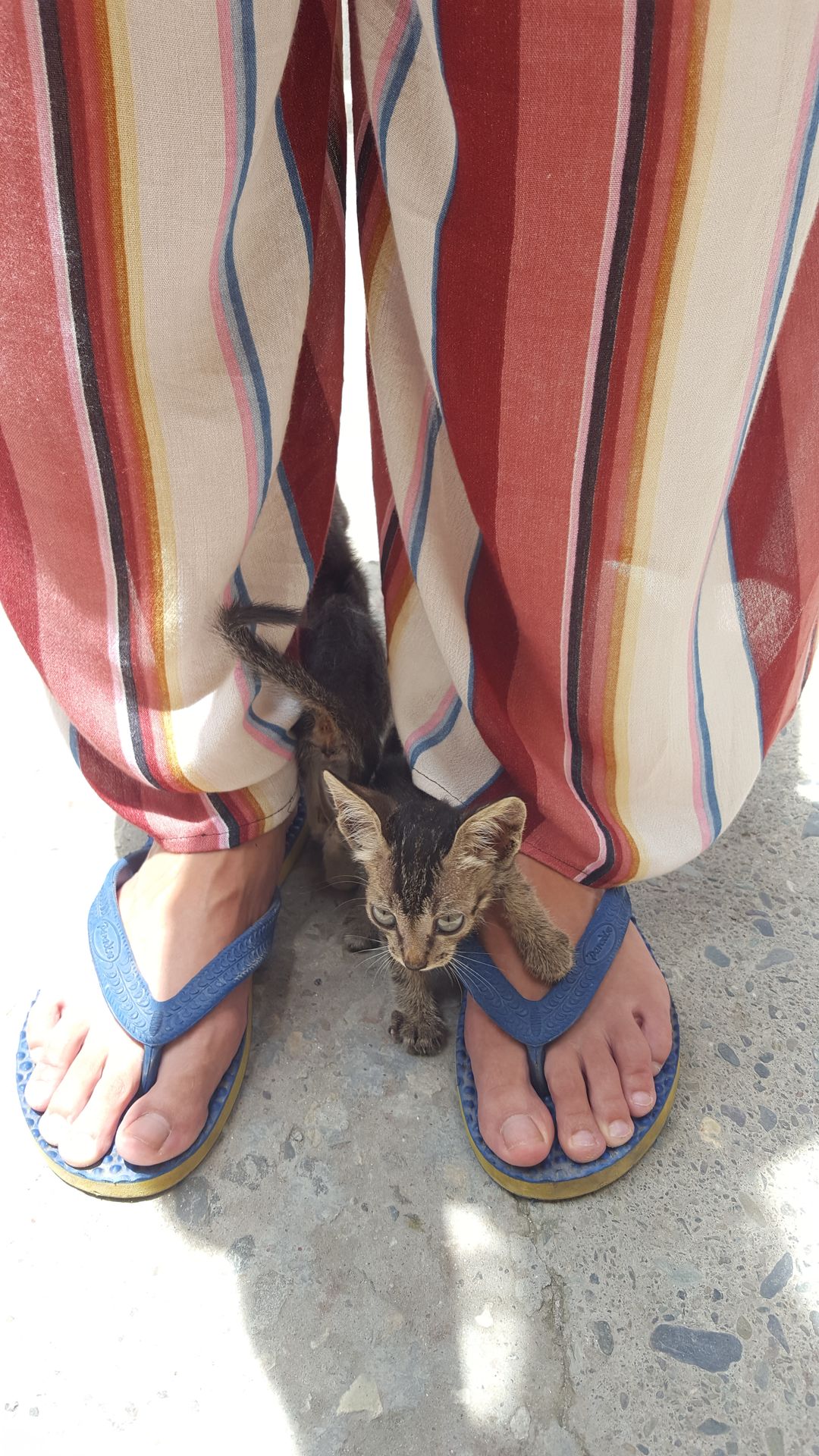
When the cats have had enough of me and leave me standing, I go to one of my chai wallahs. The ashram only has healthy herbal tea, and I don't want to do without my masala chai. I can also spend quite some time there. Usually, one chai becomes two, and often there are funny conversations, which mainly consist of a mixture of my few Hindi sentences and my conversation partner's more or less good English. Nevertheless, it is usually clear what it's about. And if in doubt, just take a selfie.
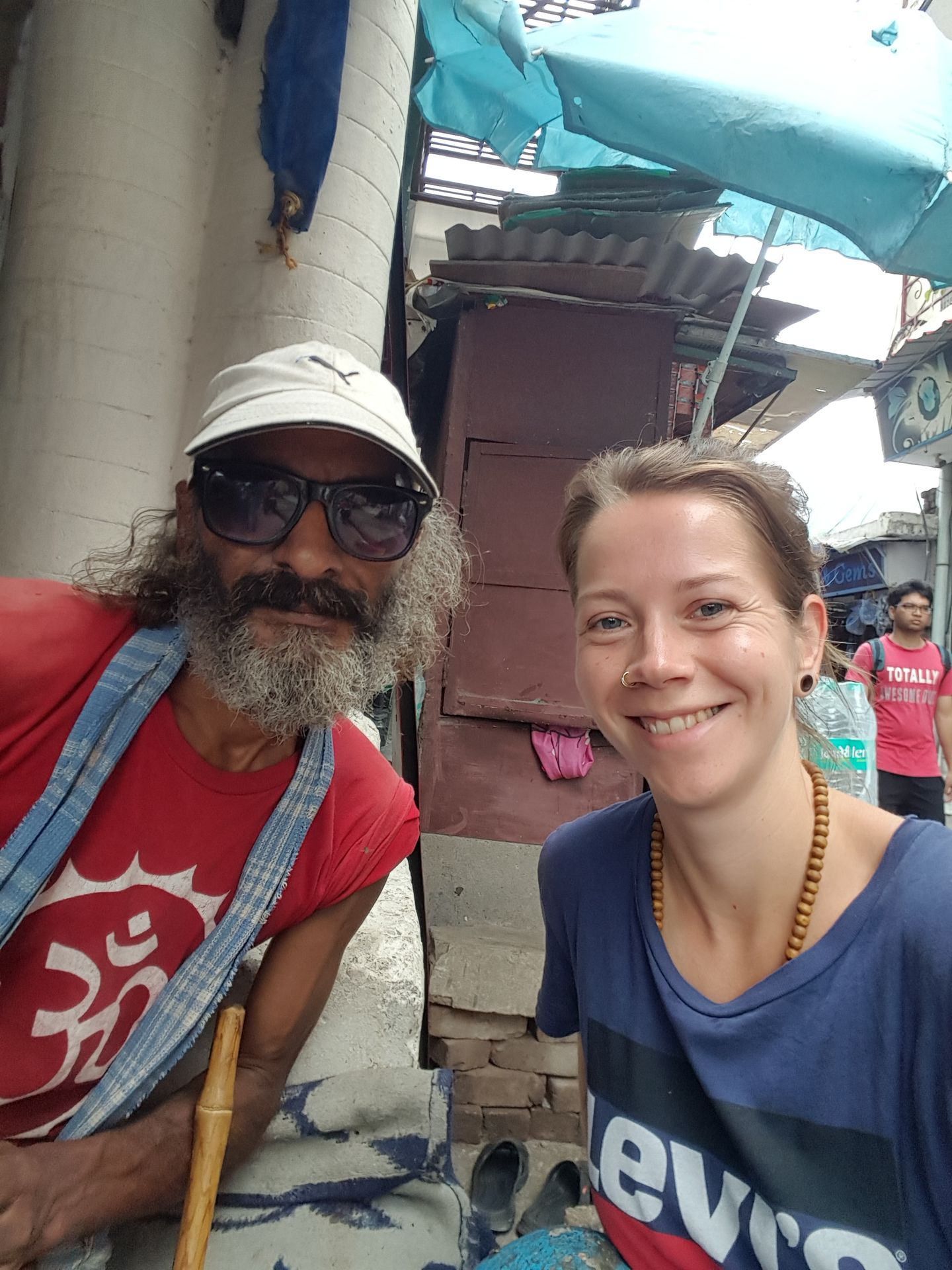
He insisted that I take a photo to remember him
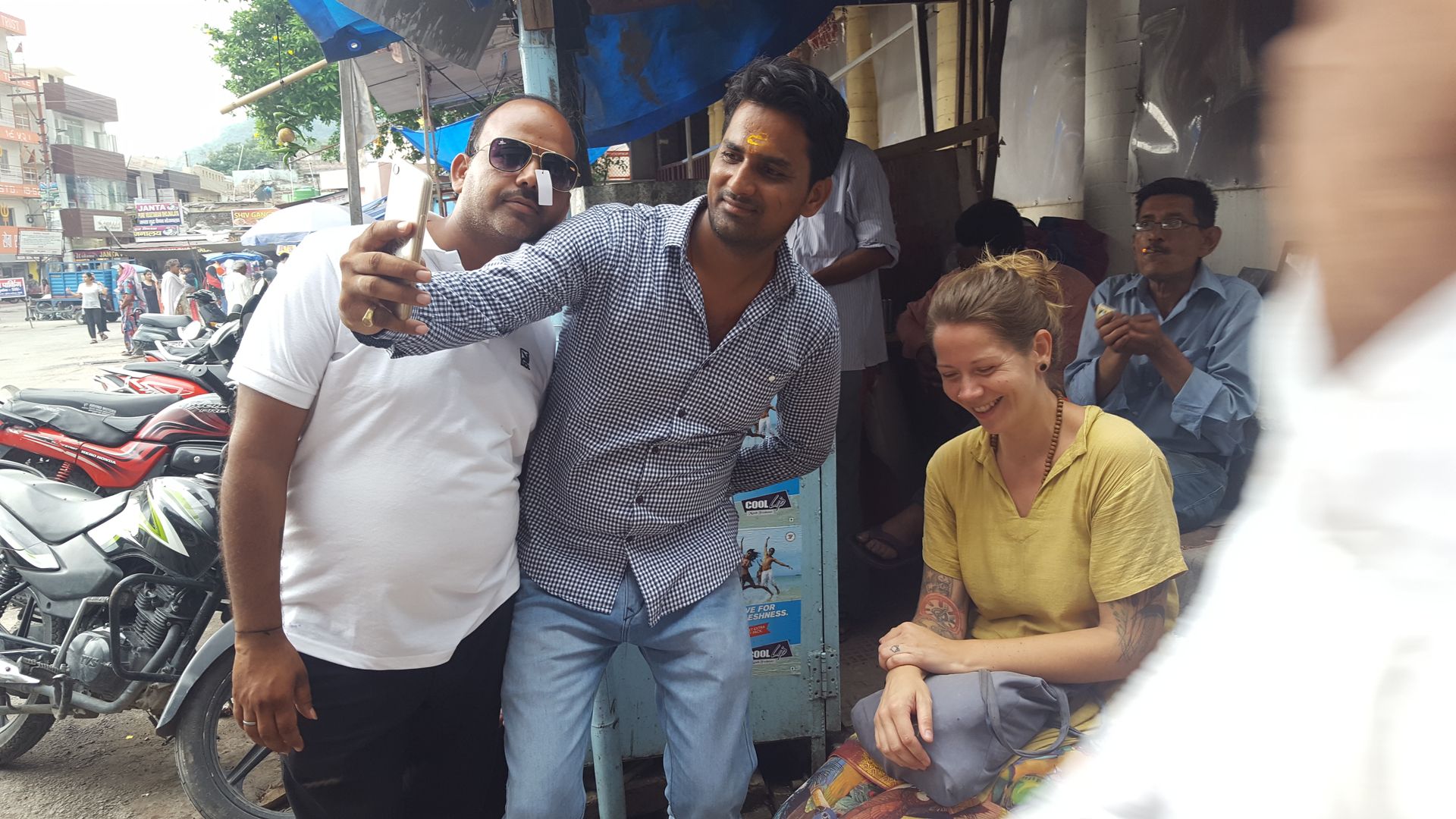
Shortly before this quite funny photo was taken, I had a conversation with the man sitting behind me. I don't know if I have already mentioned this, but the typical questions in India (at least for a woman) are usually: 'Where are you from? How many siblings do you have? What do your parents do?' followed by 'Are you married?' In my case, sometimes the questions 'Why - why?' and 'How old are you?' come up as well. This man seemed to be really concerned that I am not yet married. He almost seemed a little upset and kept asking when I would get married... maybe at 45 or with 50 years? He shook his head incredulously again and again and discussed with his friend that things are totally different in India than in Western countries.
Before or after my chai, I usually take a walk over the Lakshman Jhula bridge and back. The view from here is simply beautiful.
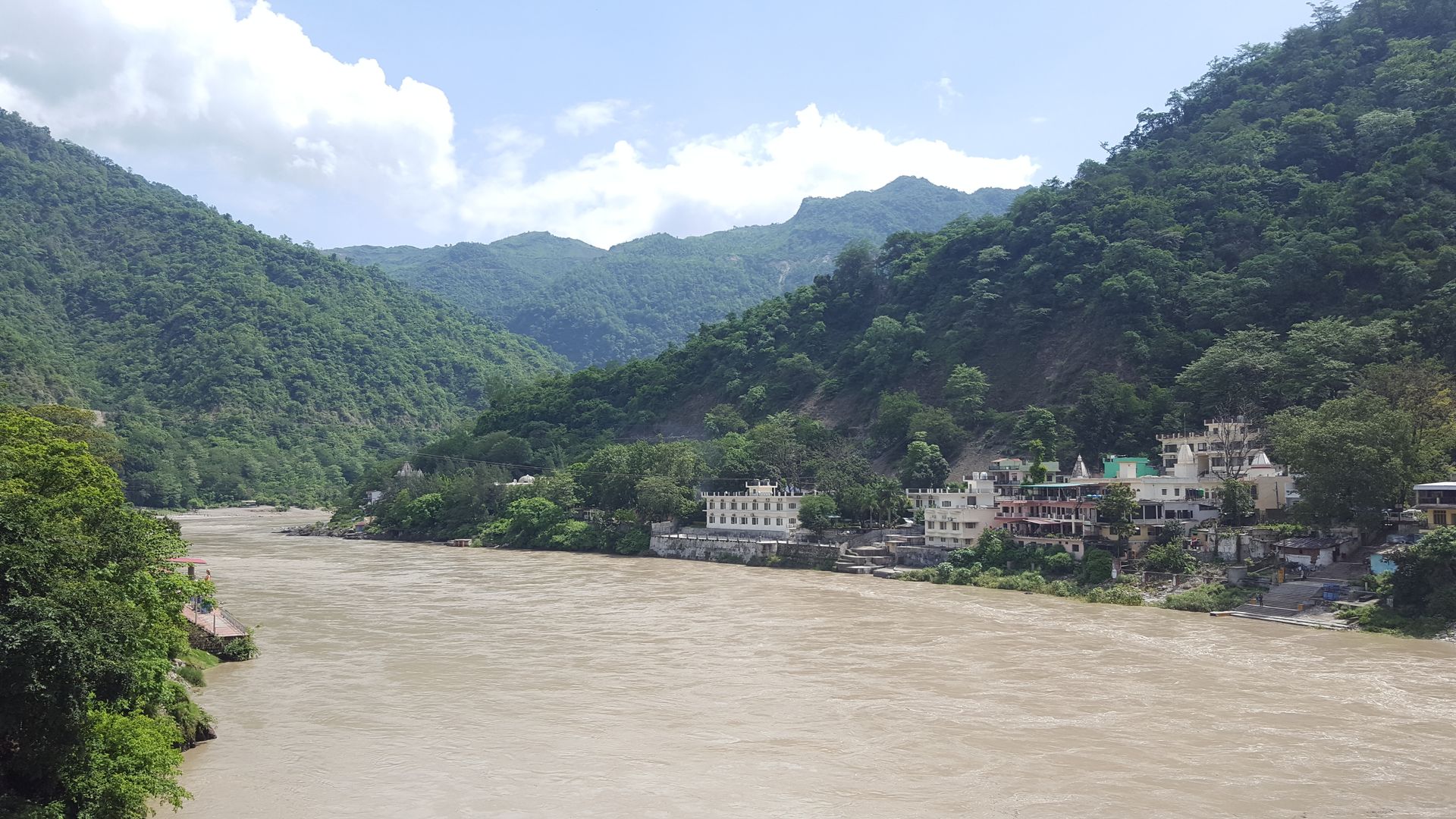
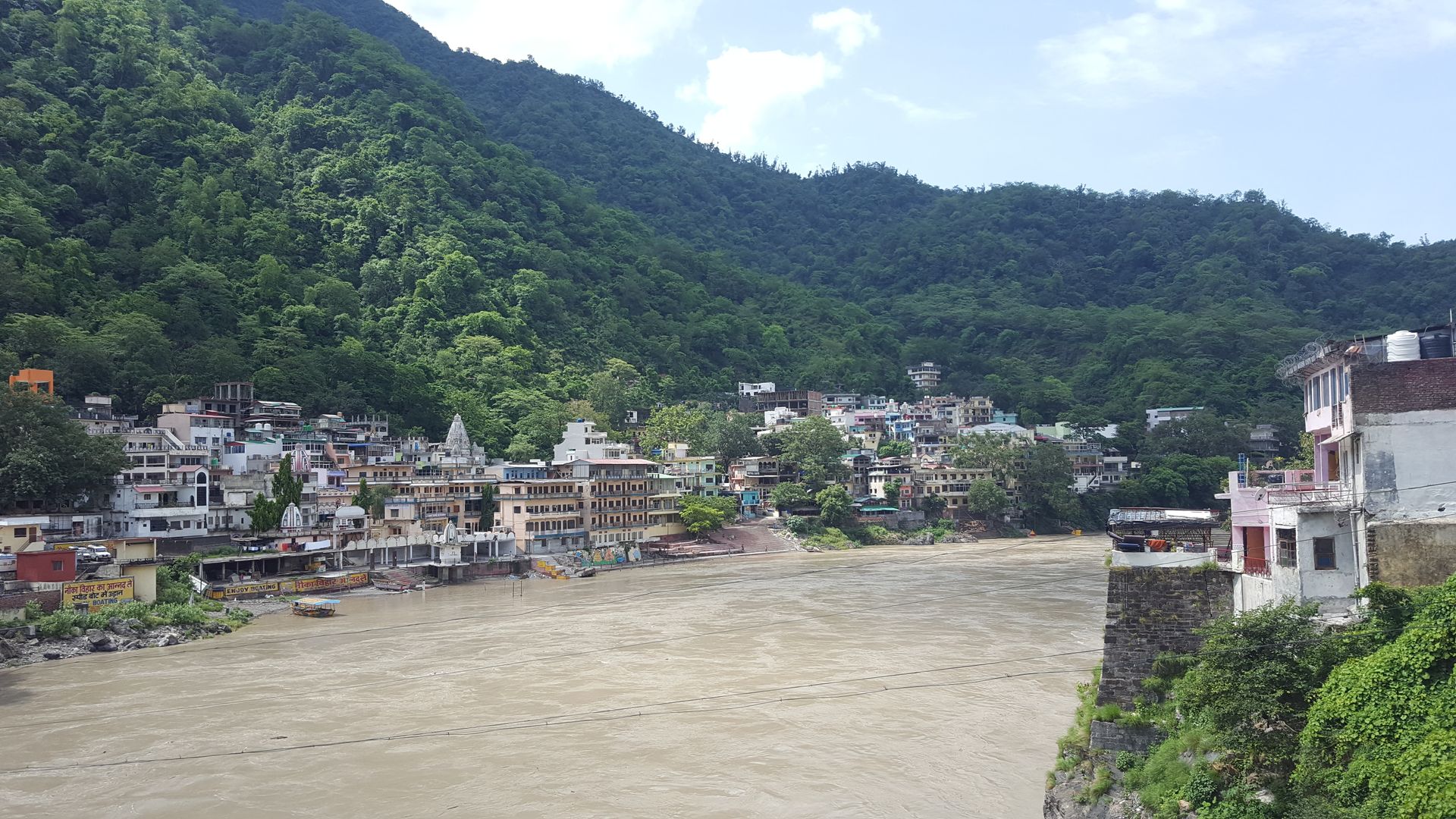
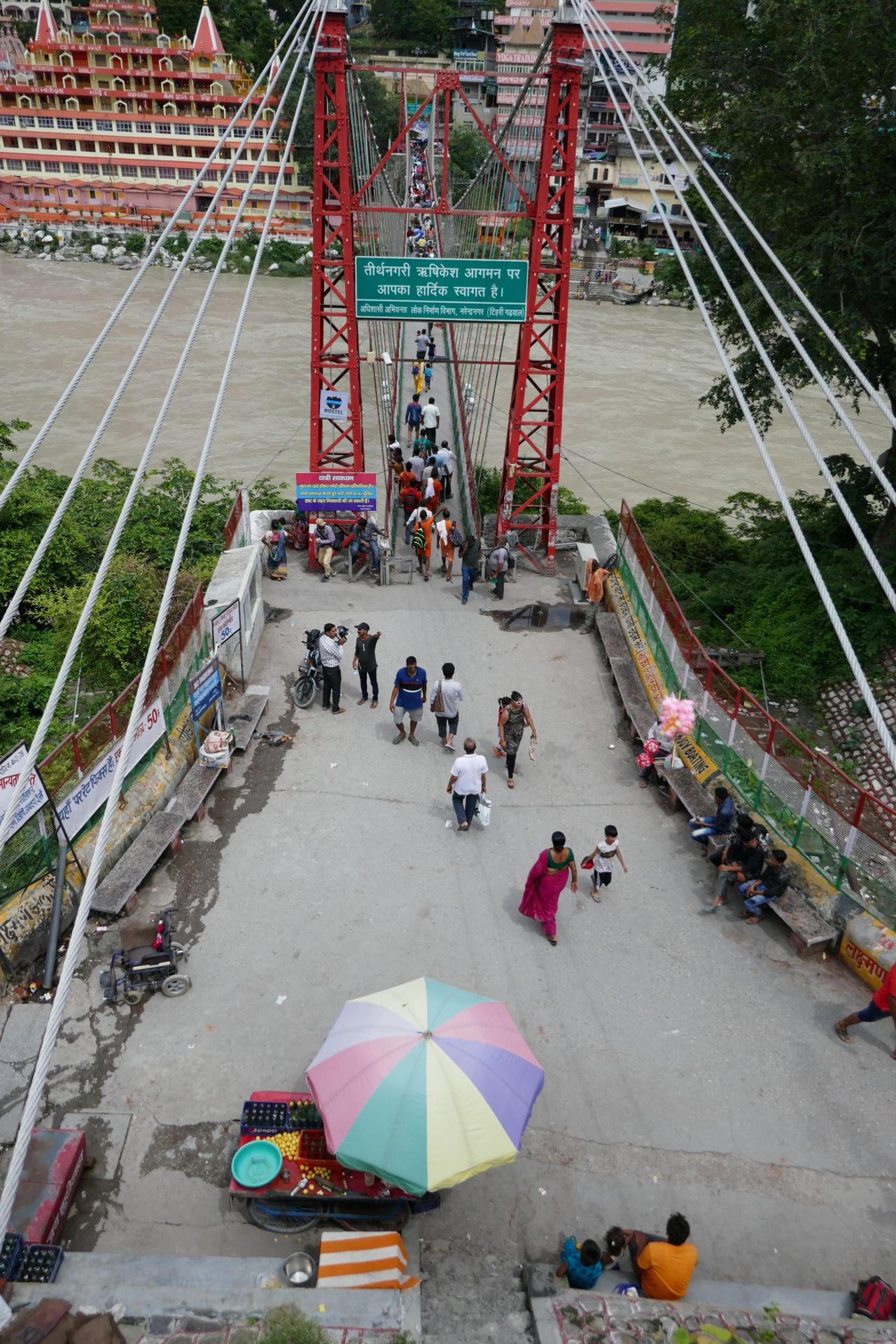
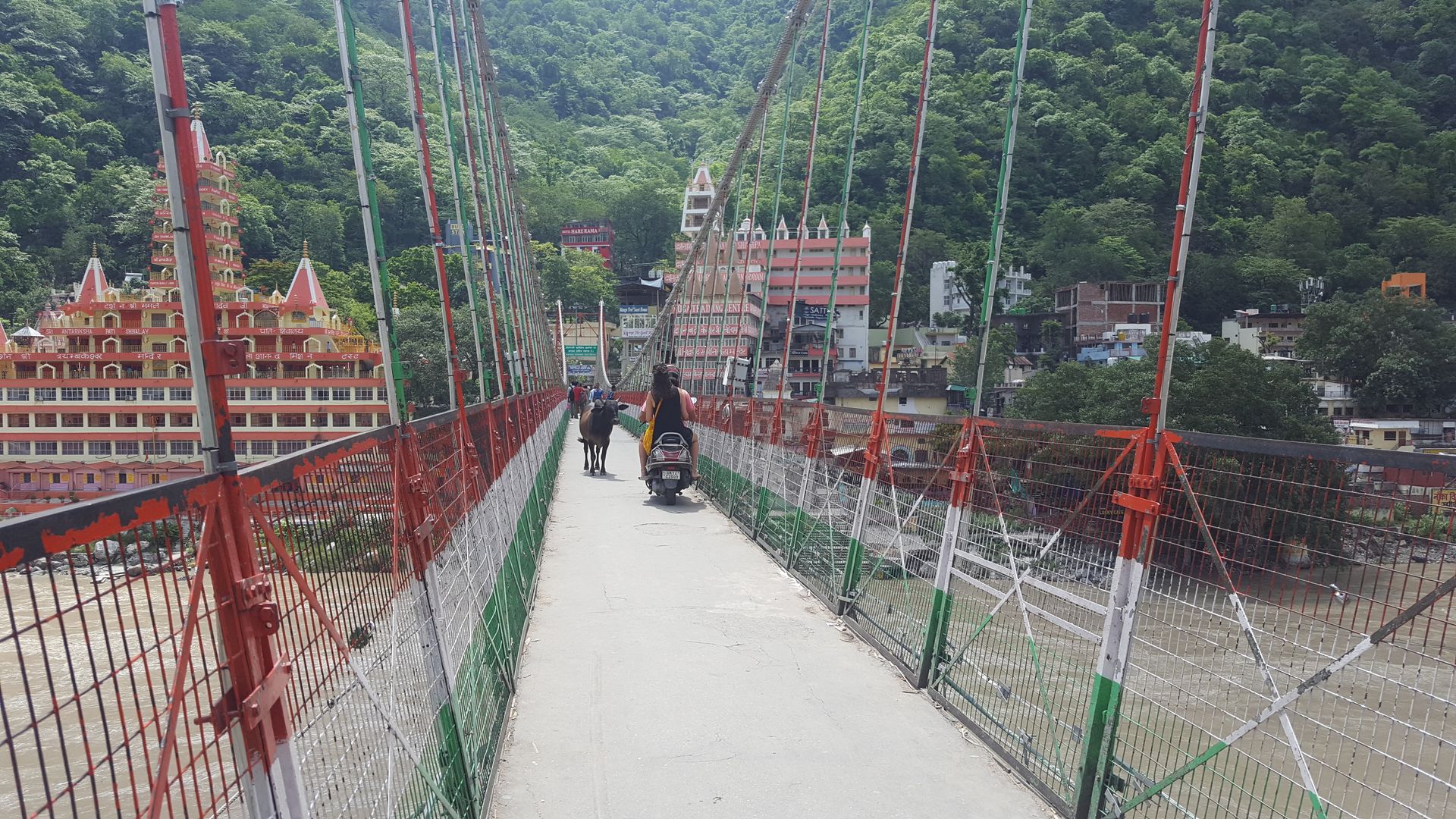
It is usually quiet in the morning
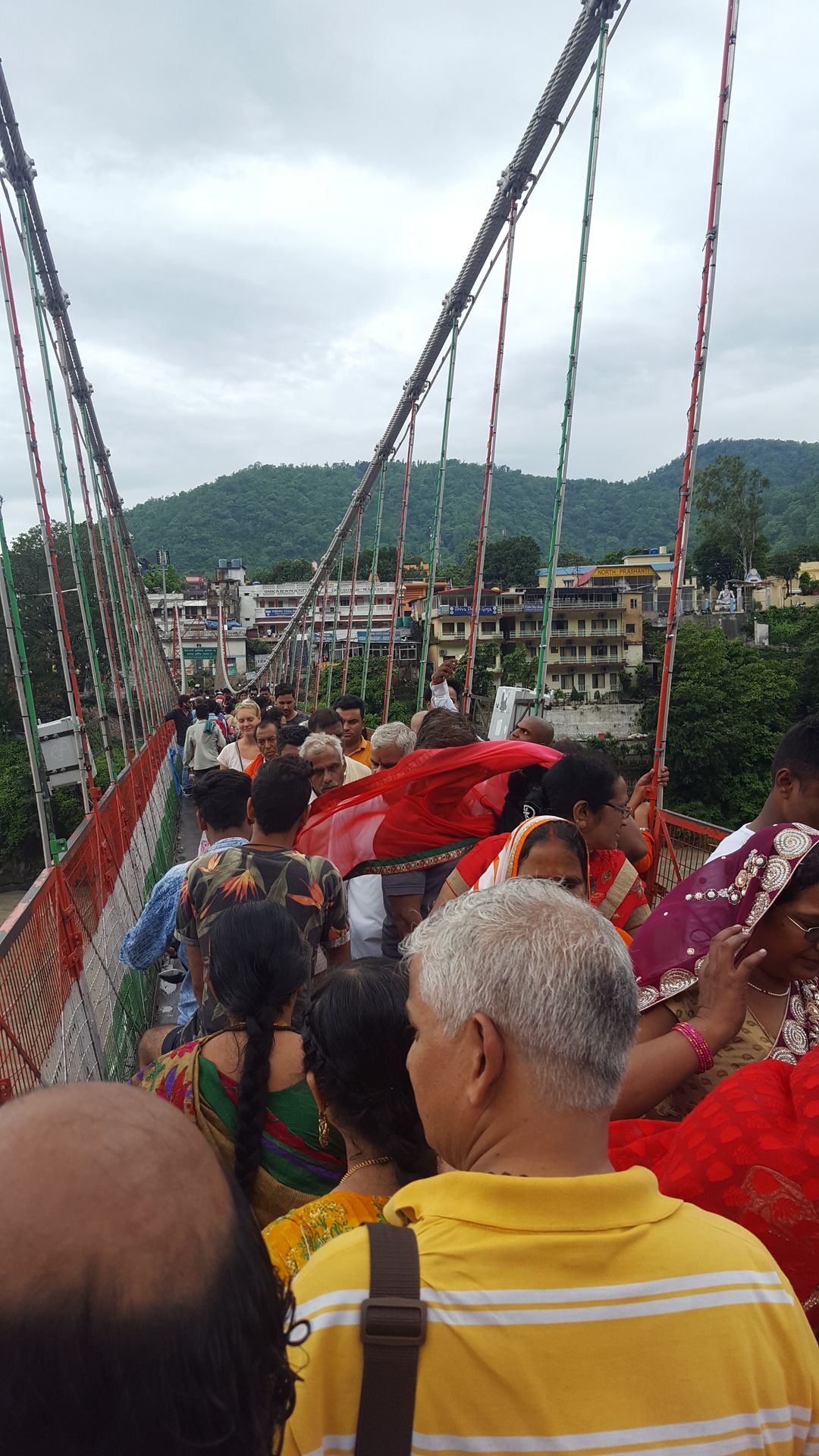
In the afternoon, it looks different
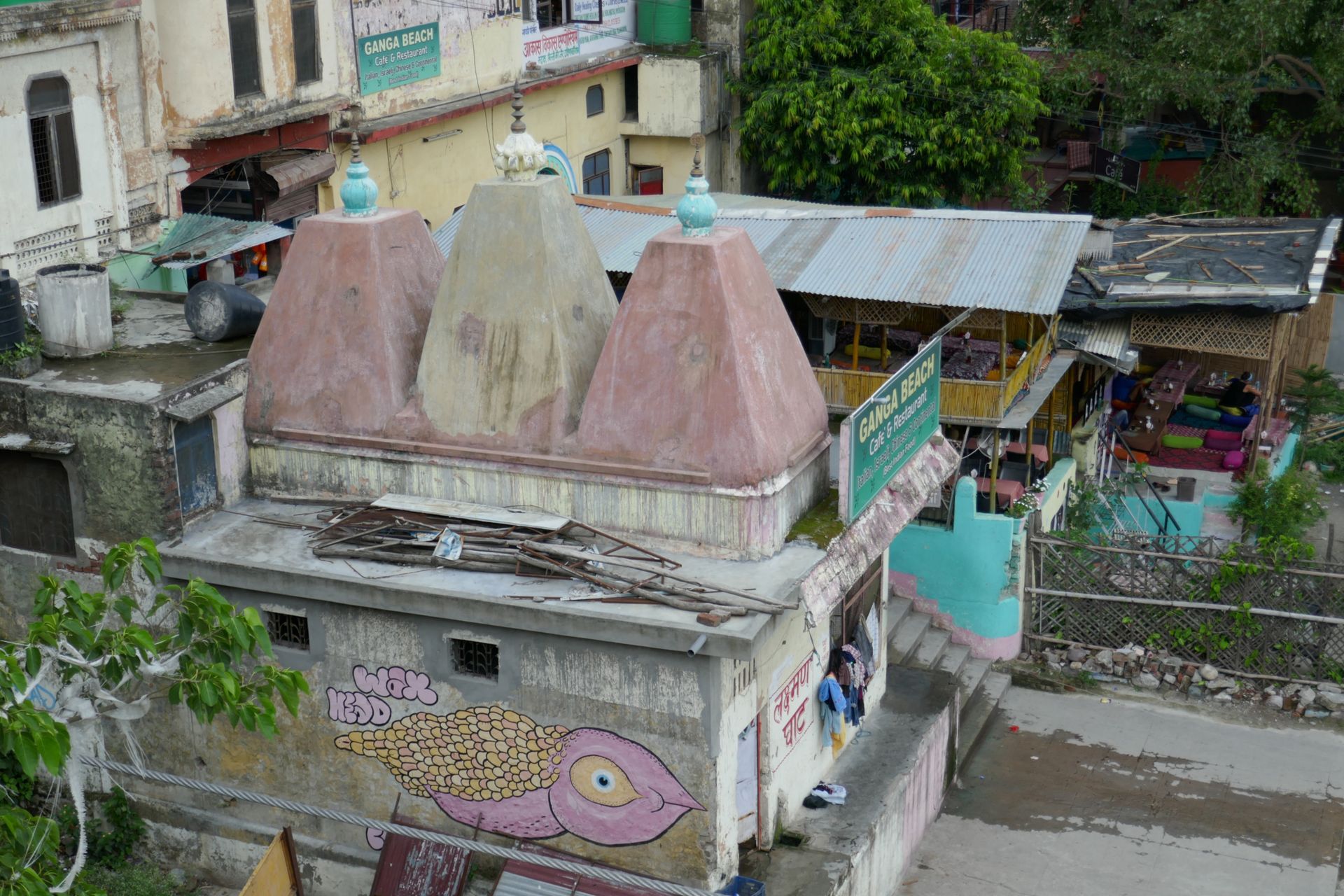
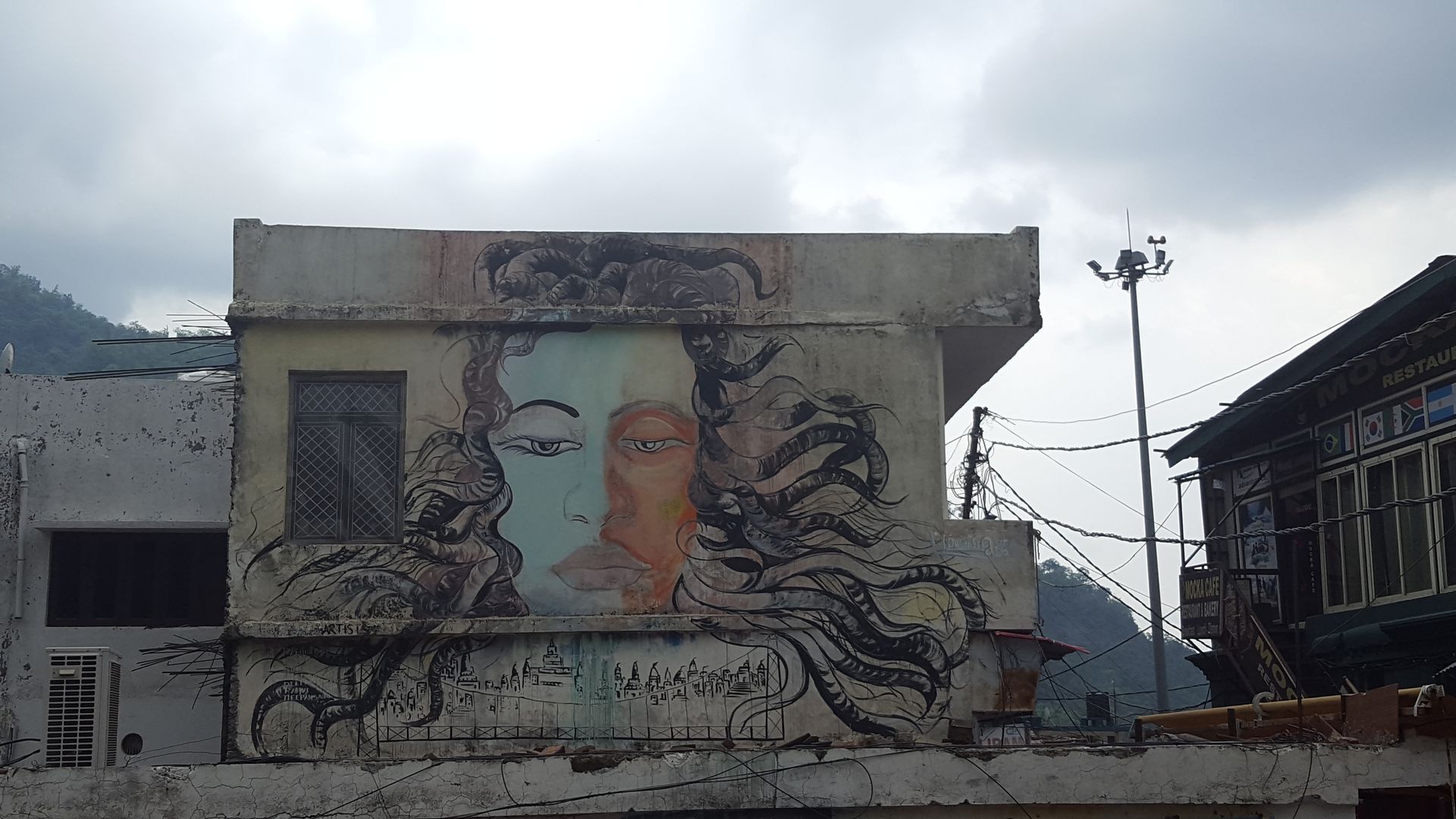
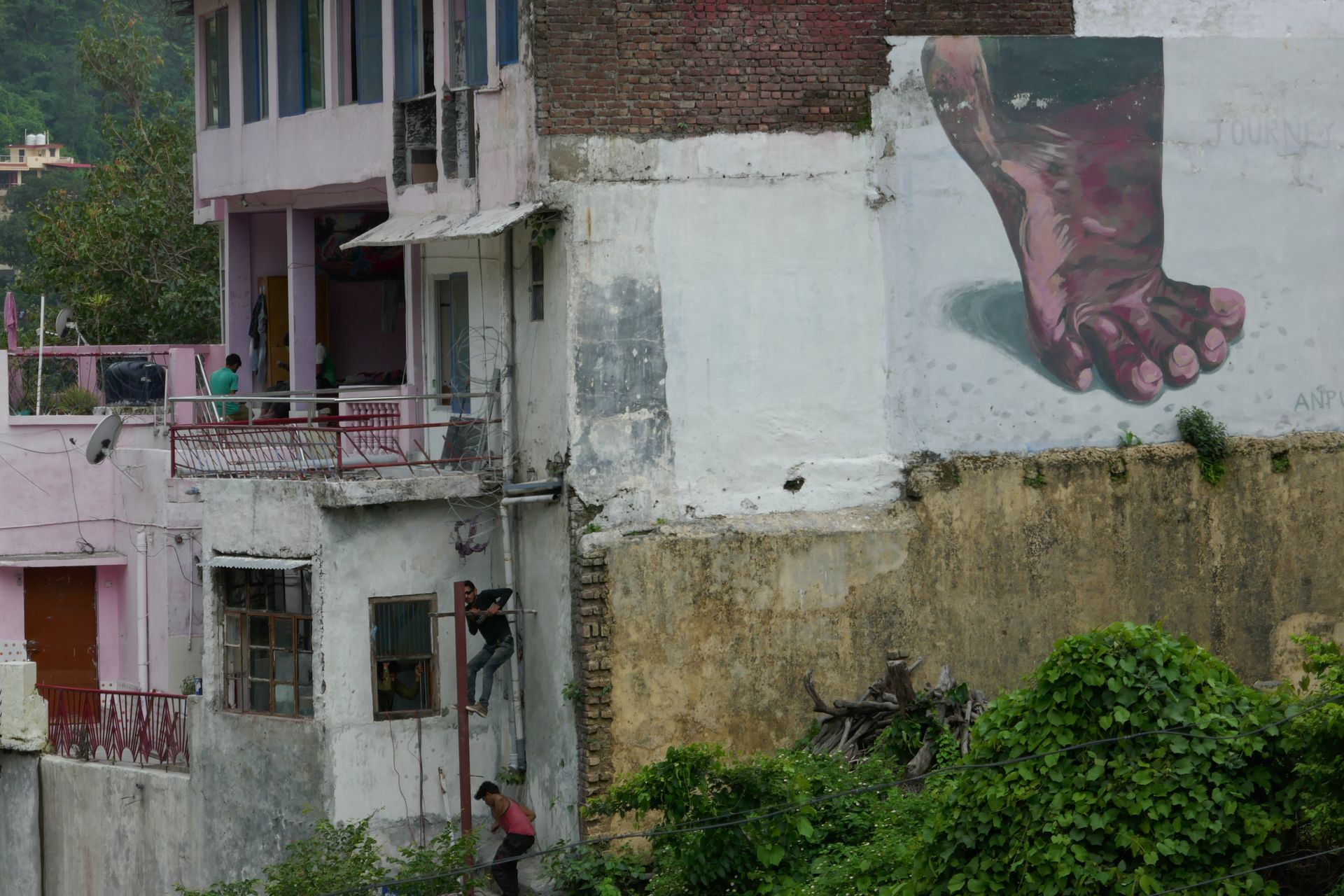
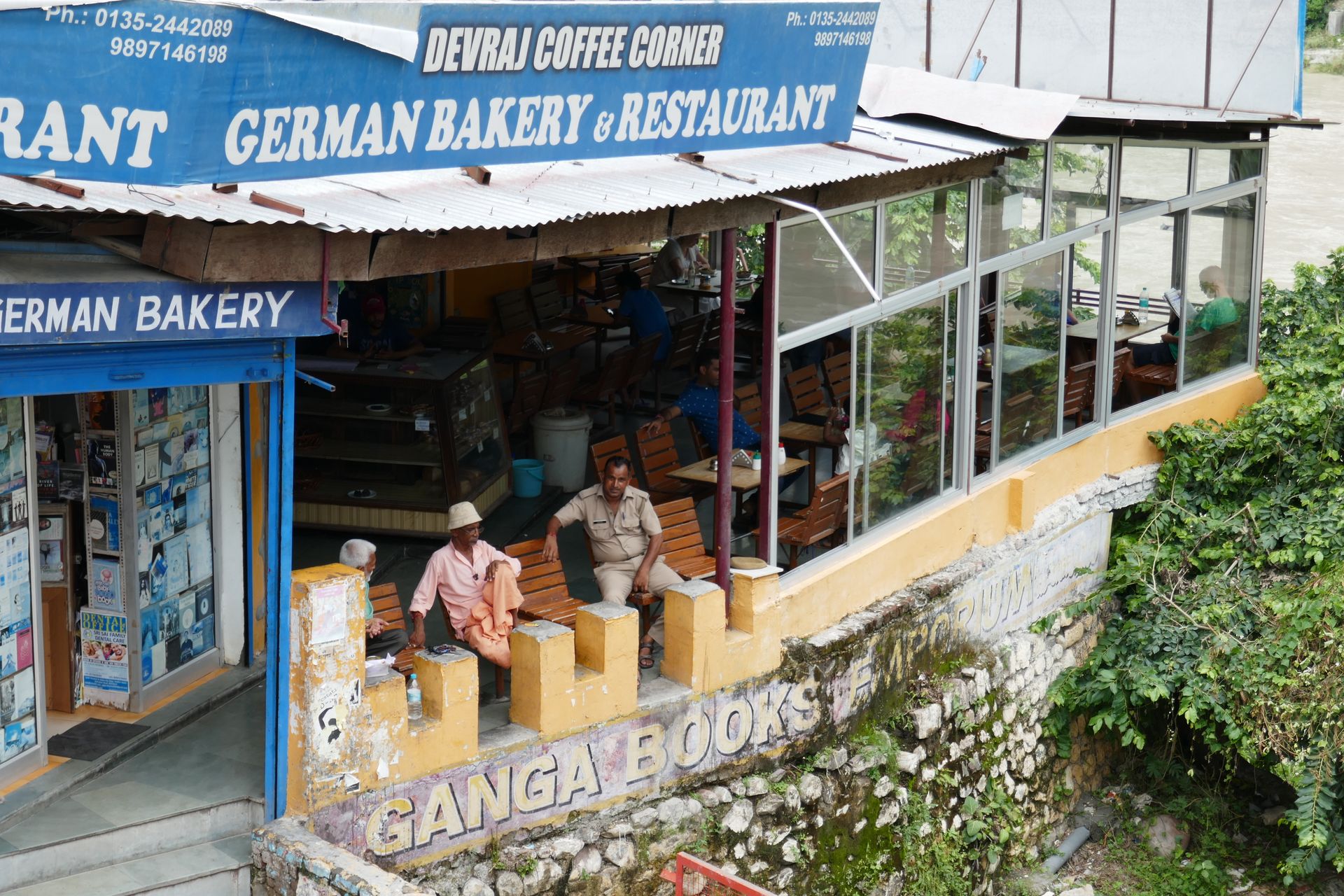
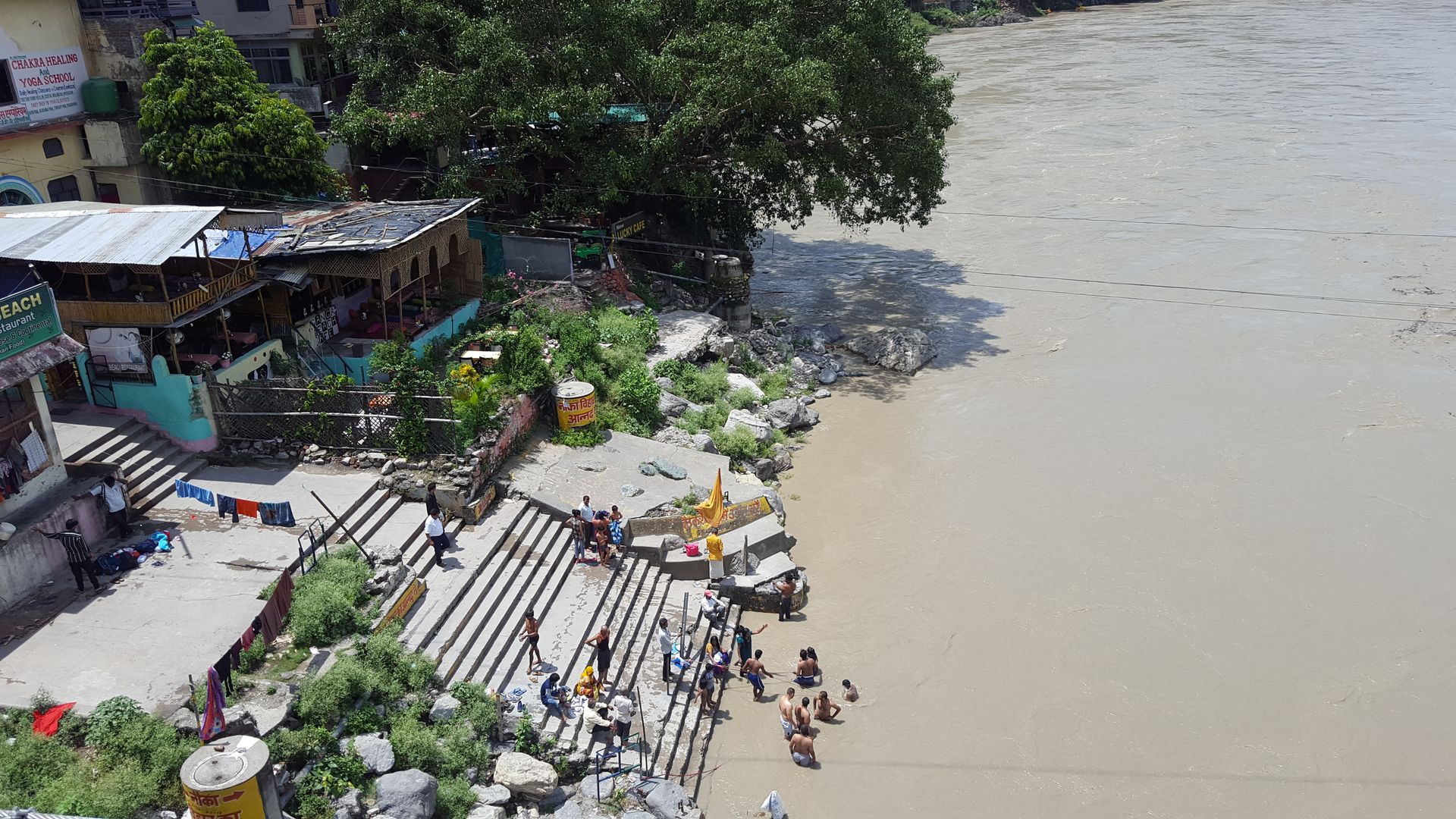
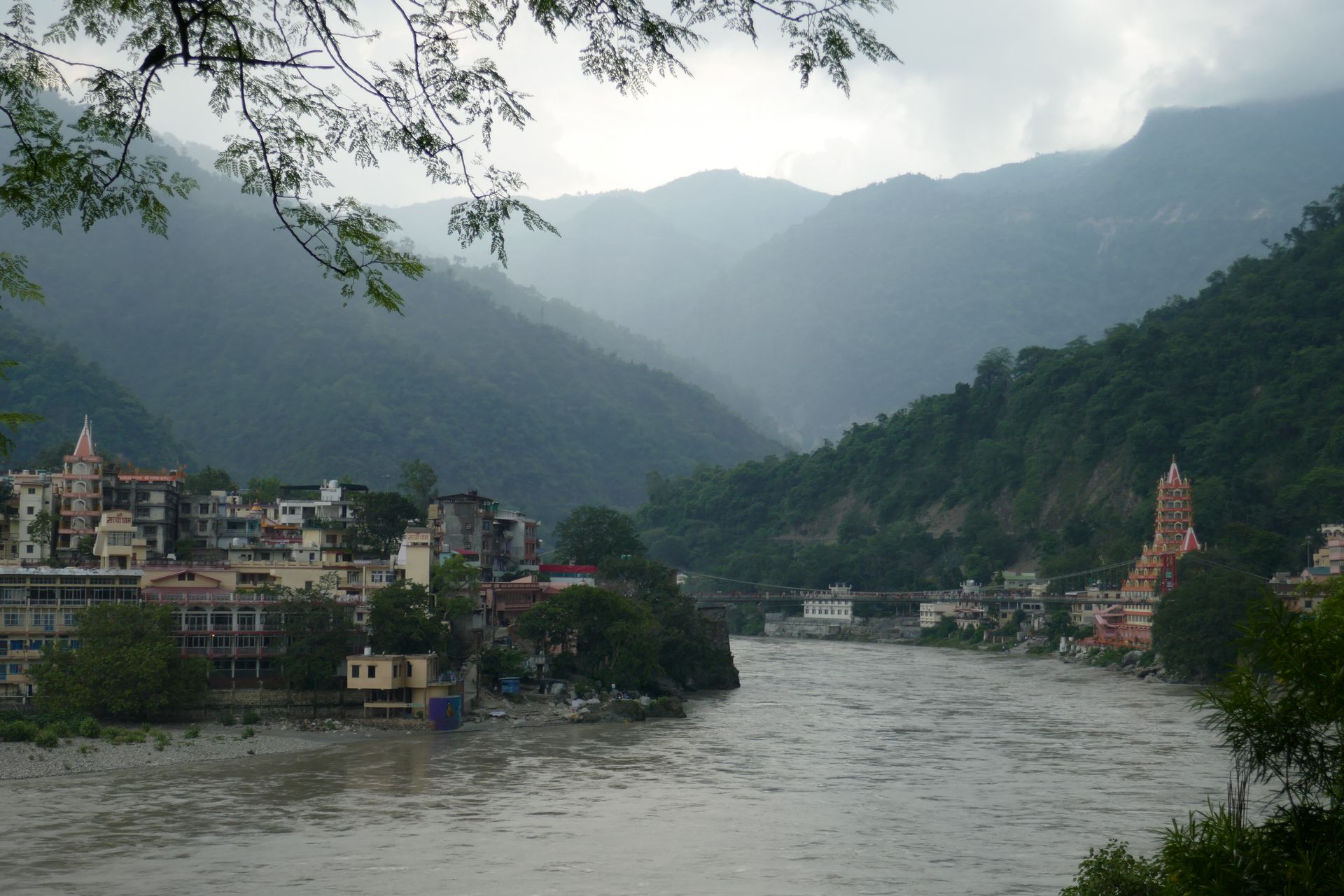
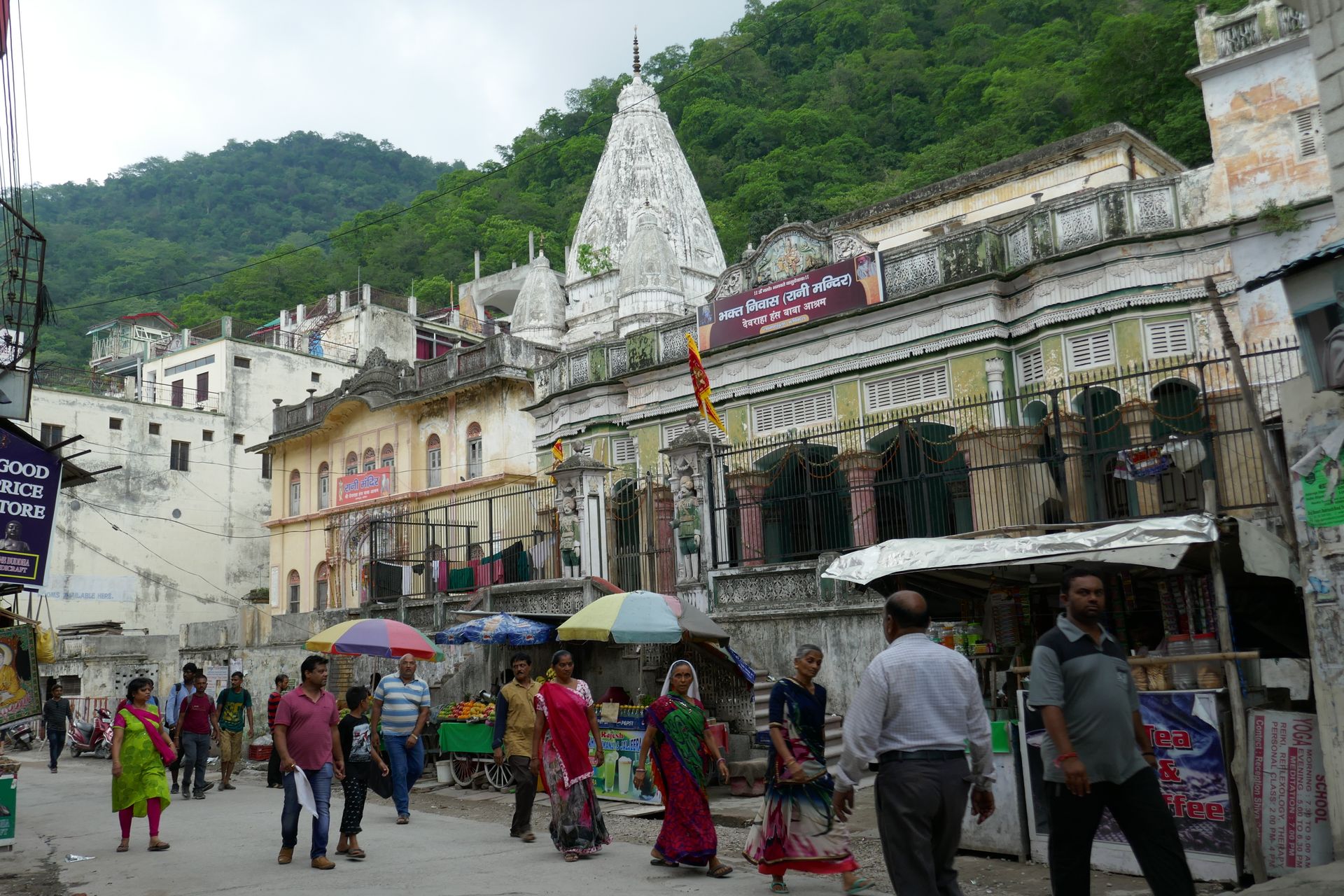
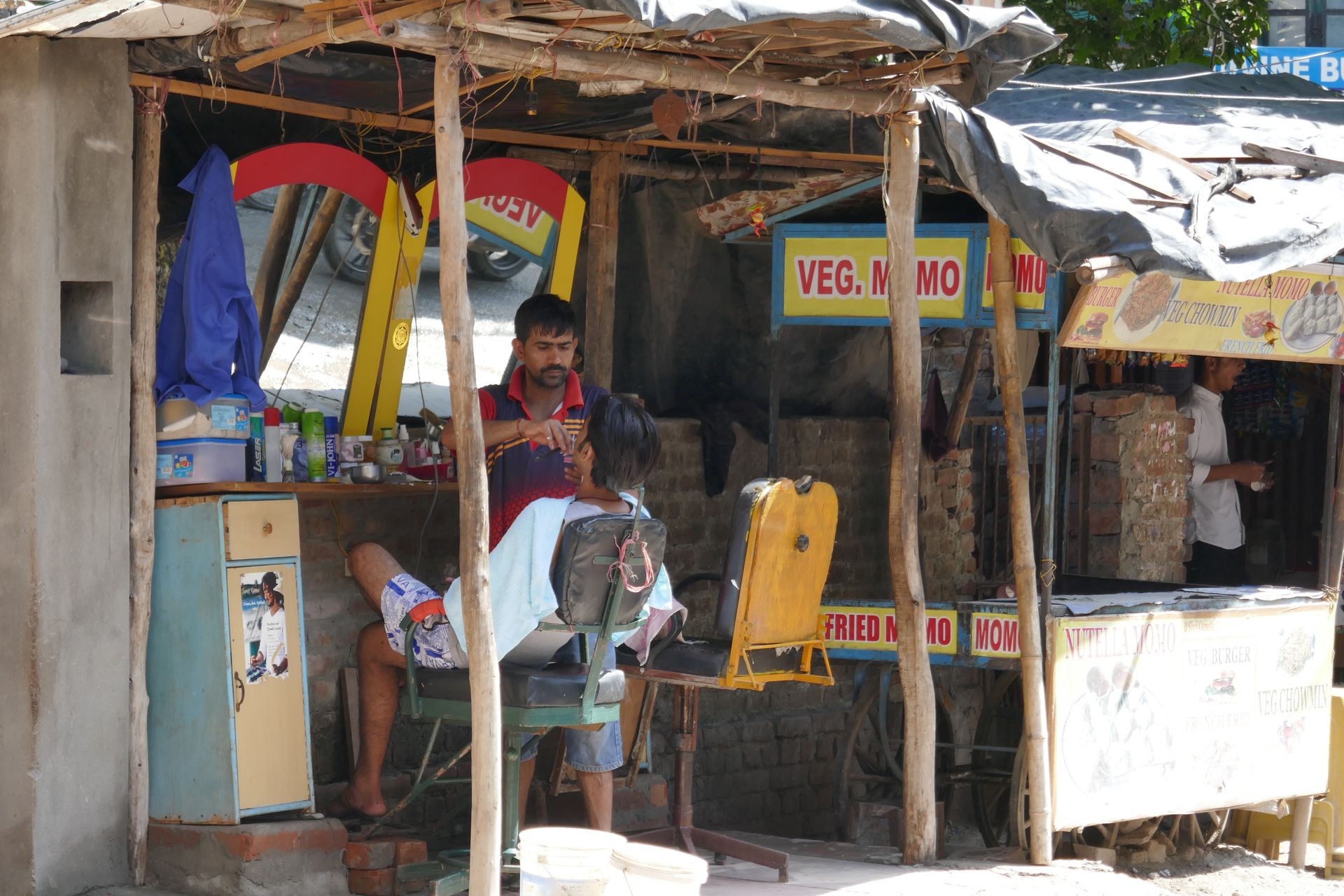
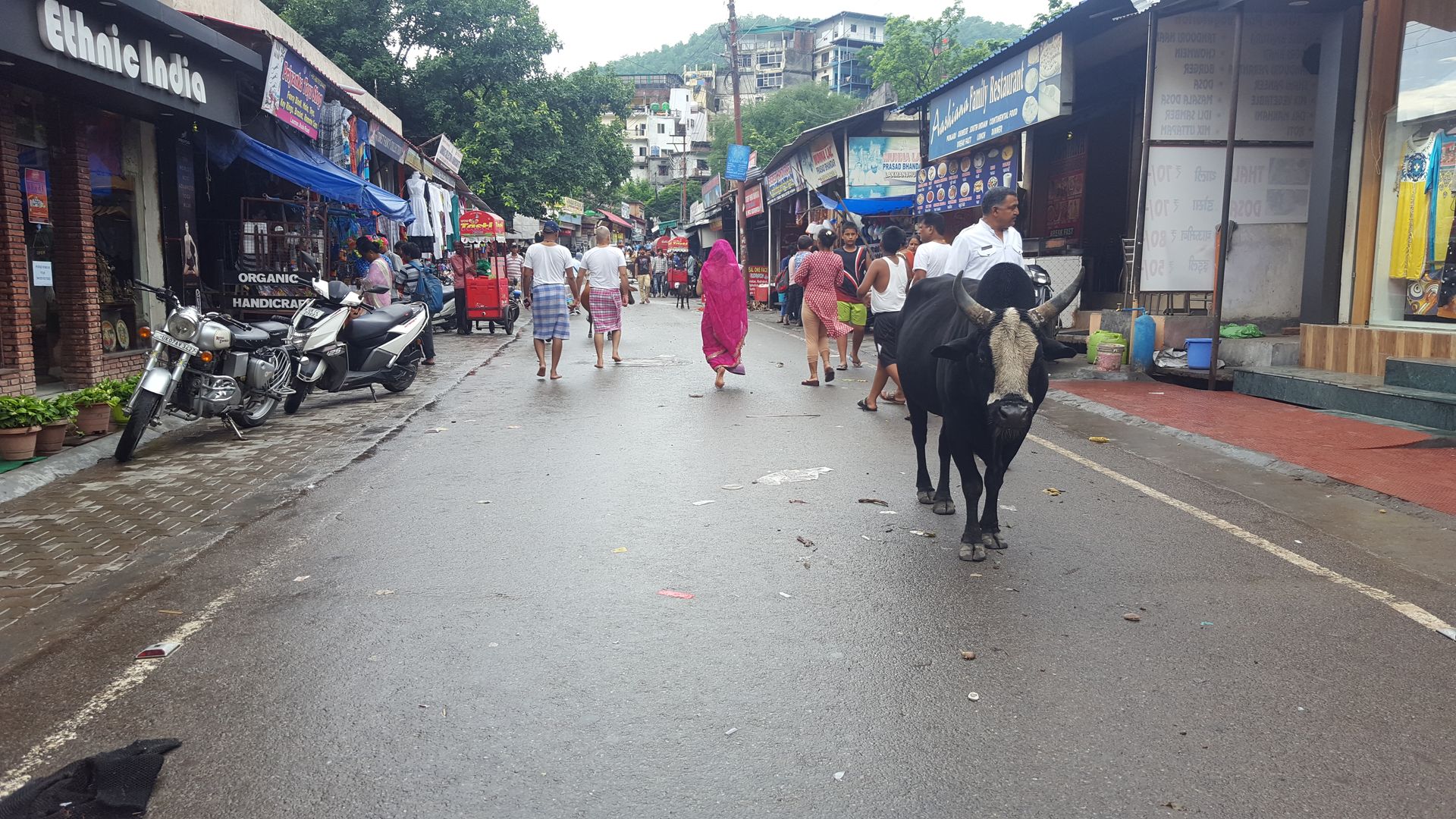
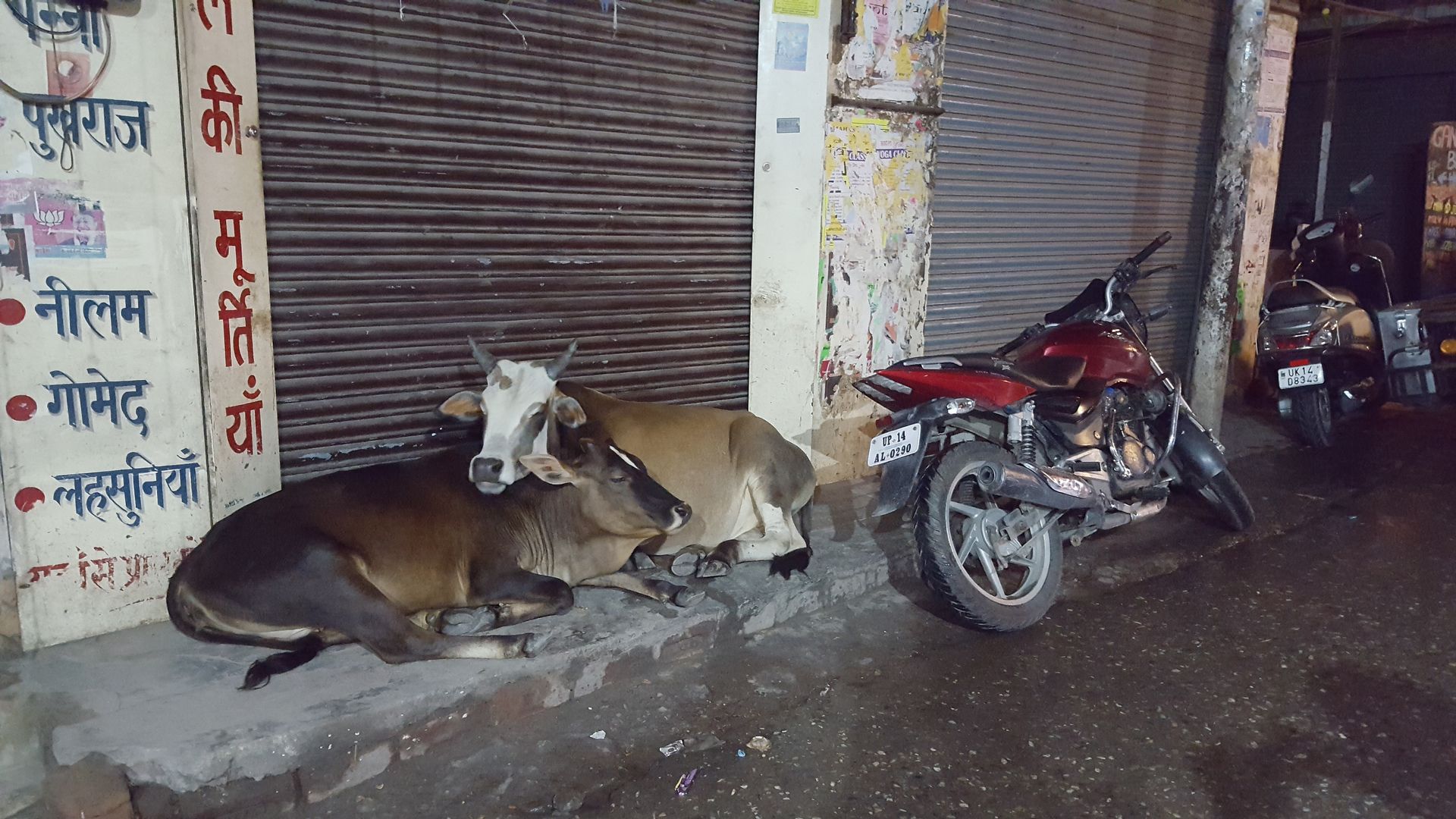
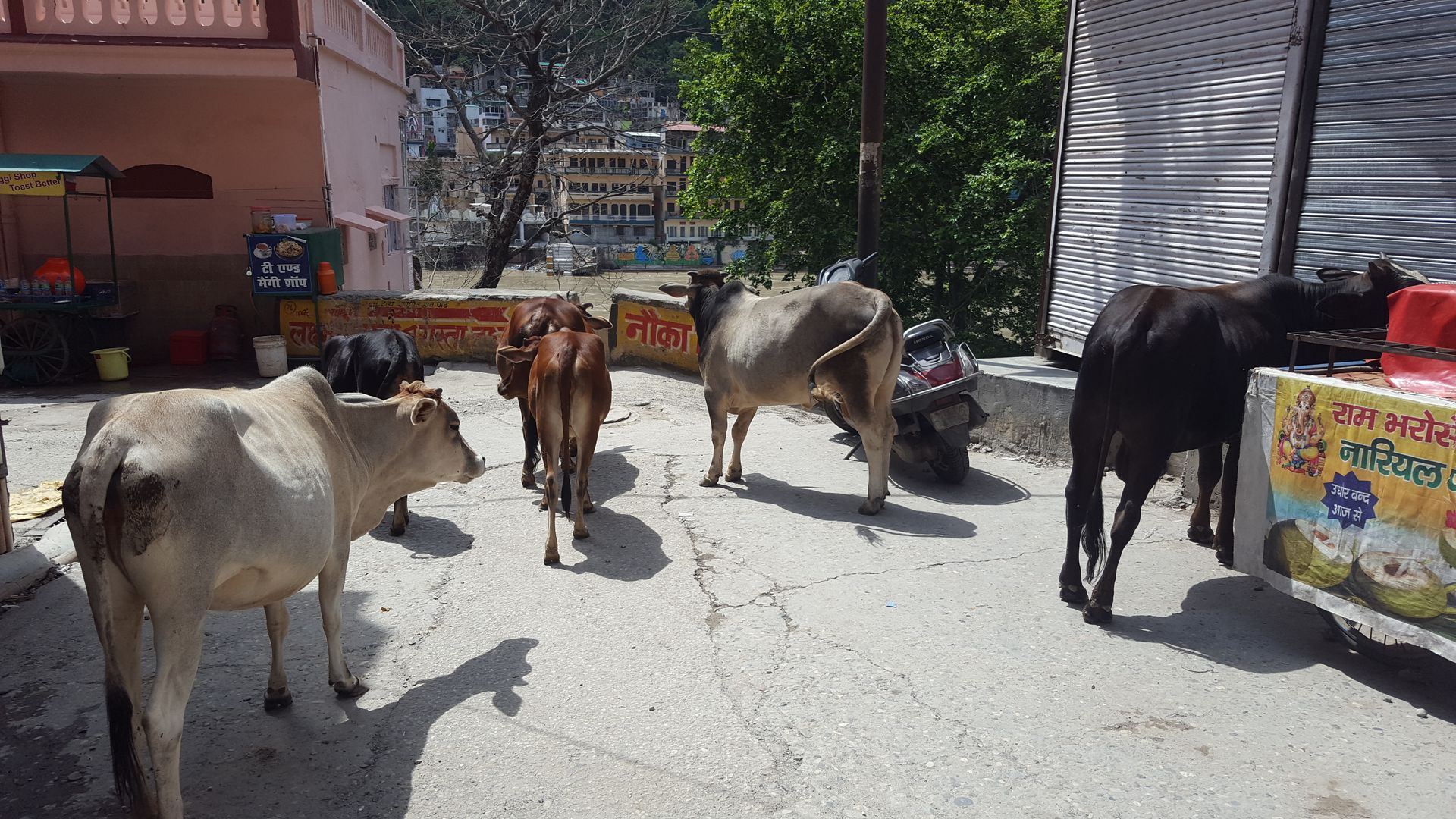
I feel like there are especially many cows here.
Once, on the way back from one of my walks, a boy suddenly took my hand and didn't let go for a few hundred meters until I had to go in a different direction than he did. That was pretty cute. I was even more pleased when Loic from France, with whom I was traveling, secretly took a photo and sent it to me a few days later.
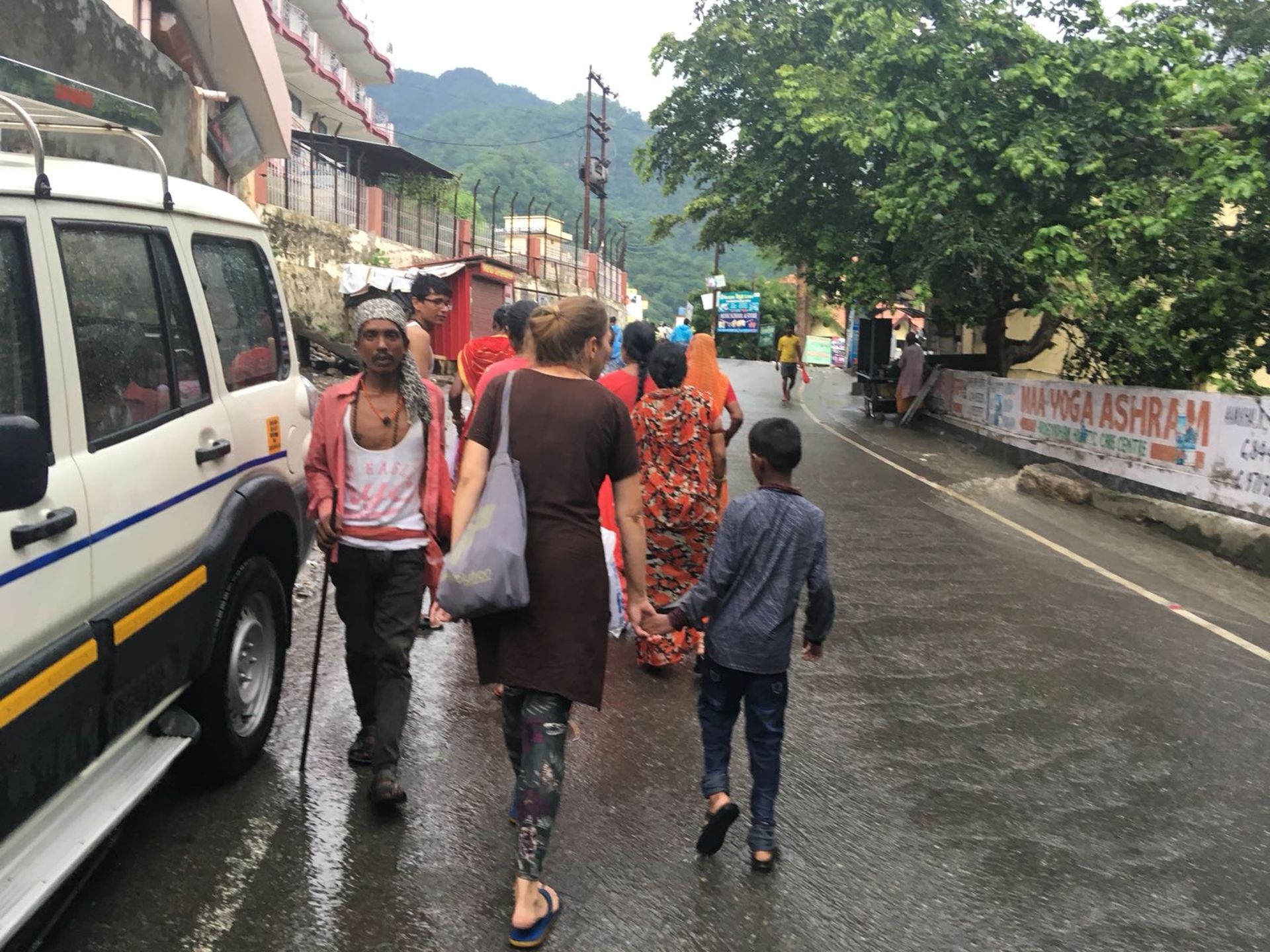
Did I mention that the food in the ashram is really, really, really good? How convenient that cooking classes are offered here. Fortunately, the chef who gives the classes informed me in time that he would be going back to his home for four weeks and that there would be no cooking classes during that time. So, I was still able to learn a few great recipes: Aloo Paratha, Paneer in Cashew Sauce, Jackfruit Curry, Granola, and Pumpkin Masala (which was a surprise for me because the day before, I said how much I liked it - how wonderfully attentive).
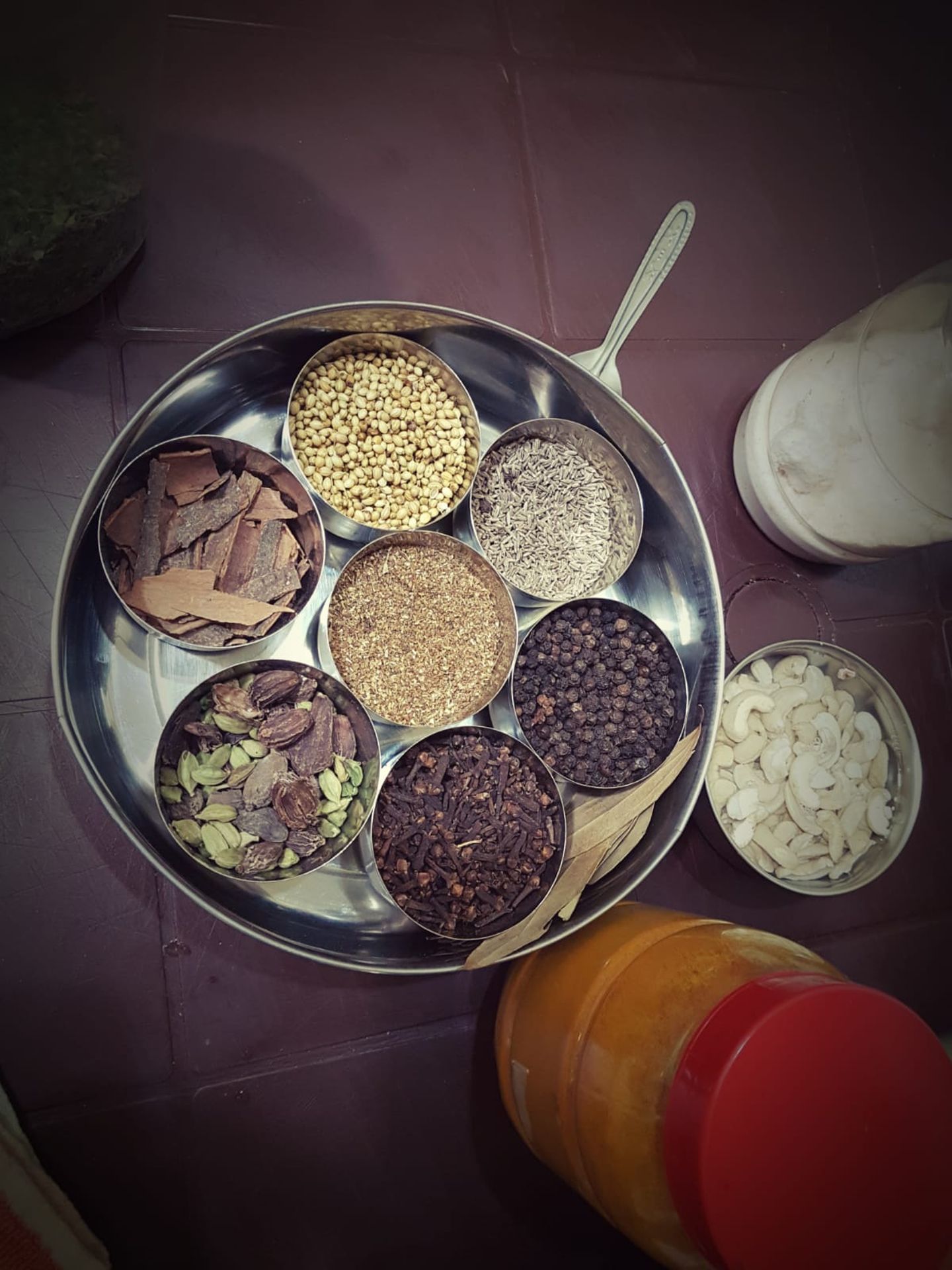
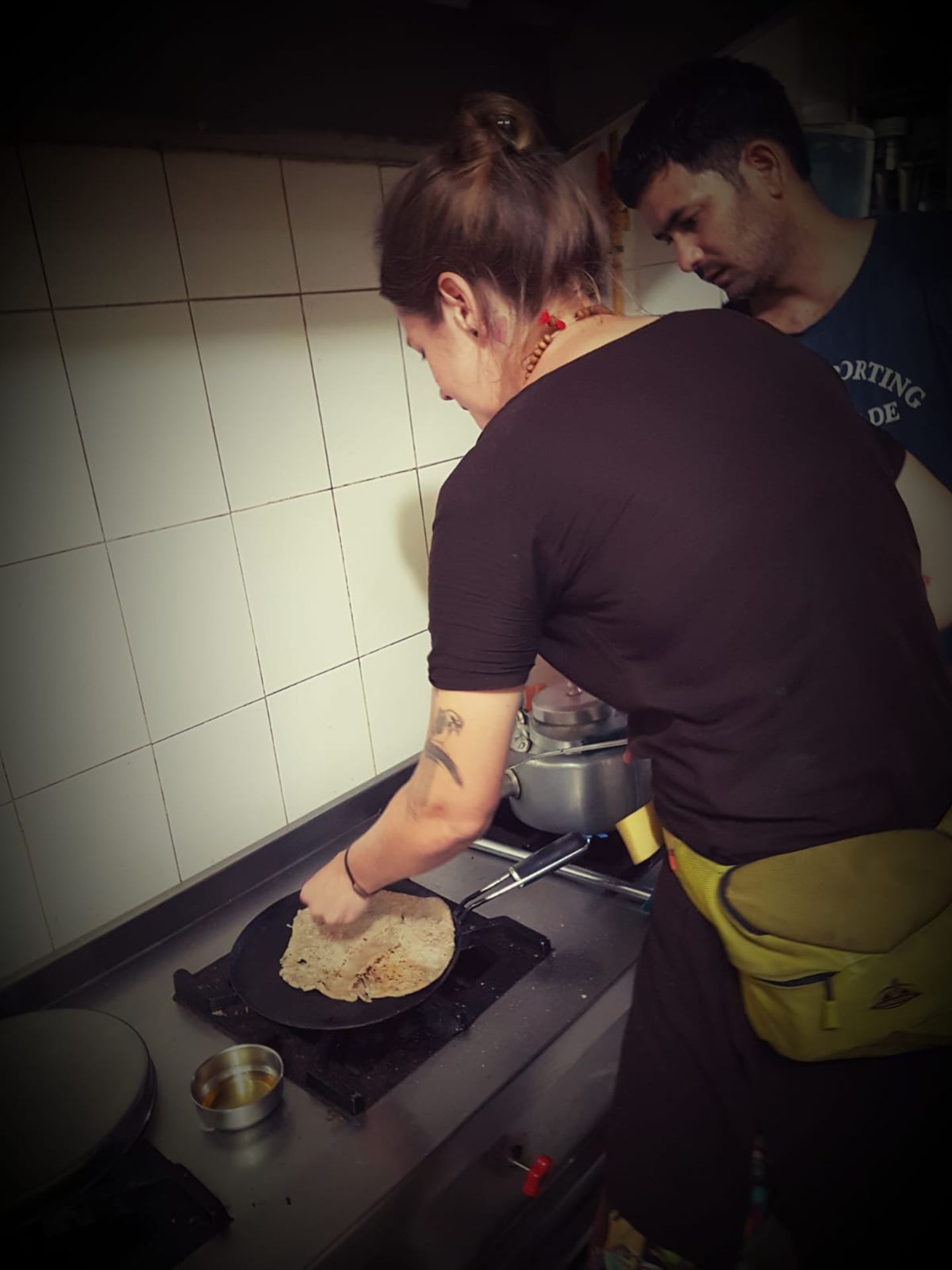
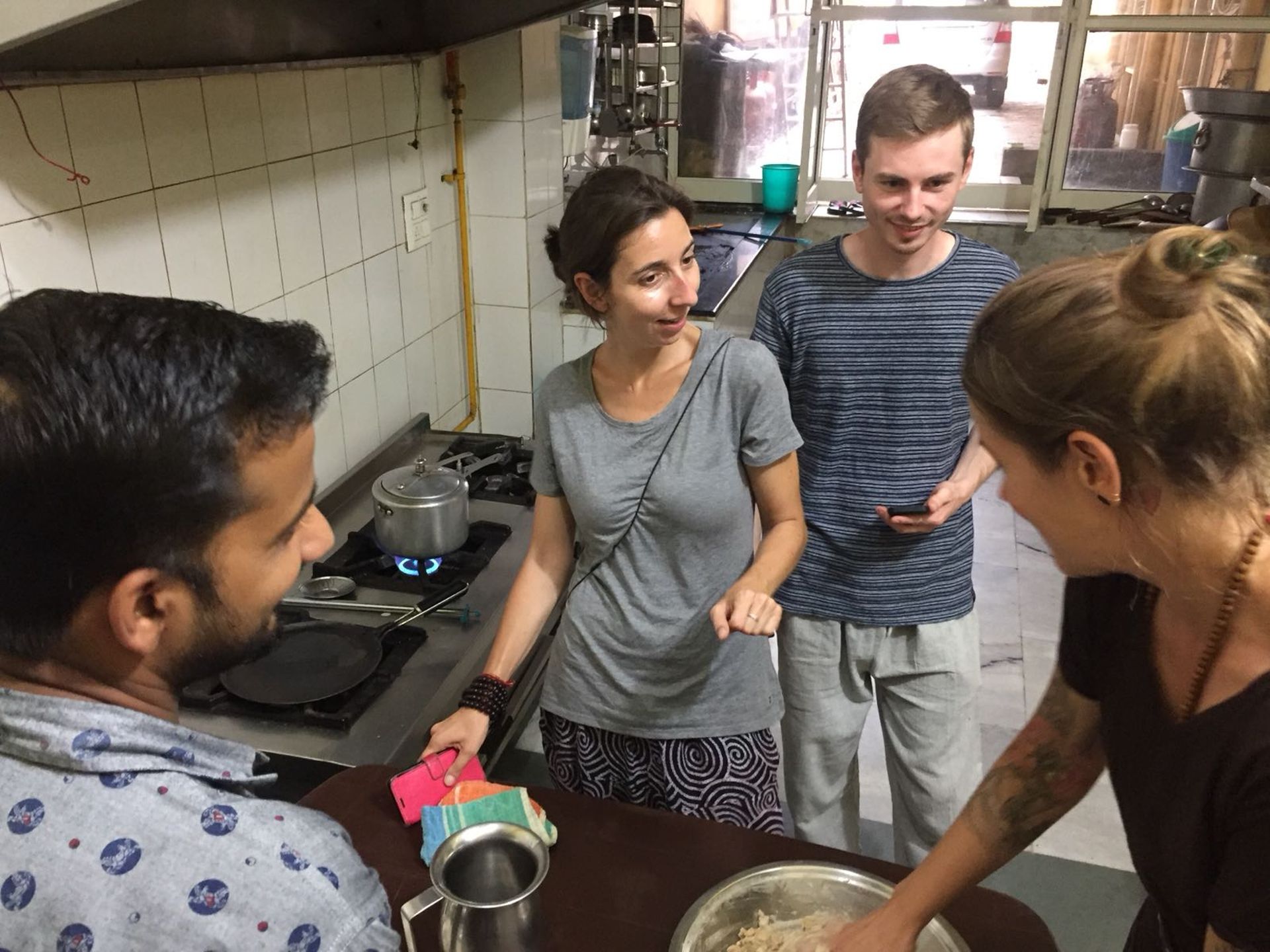
... I think the question was whether it feels good to knead the dough :-)
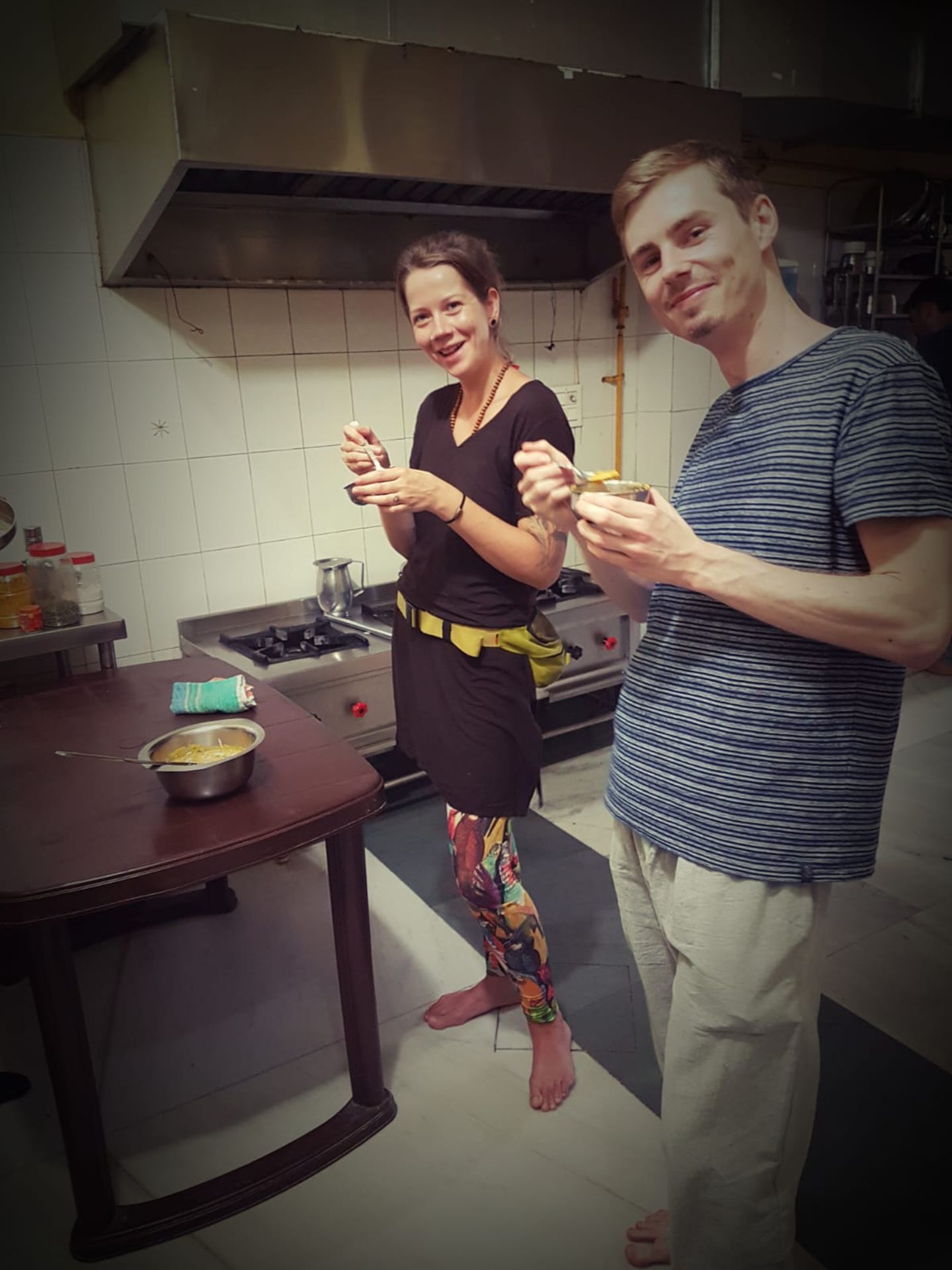
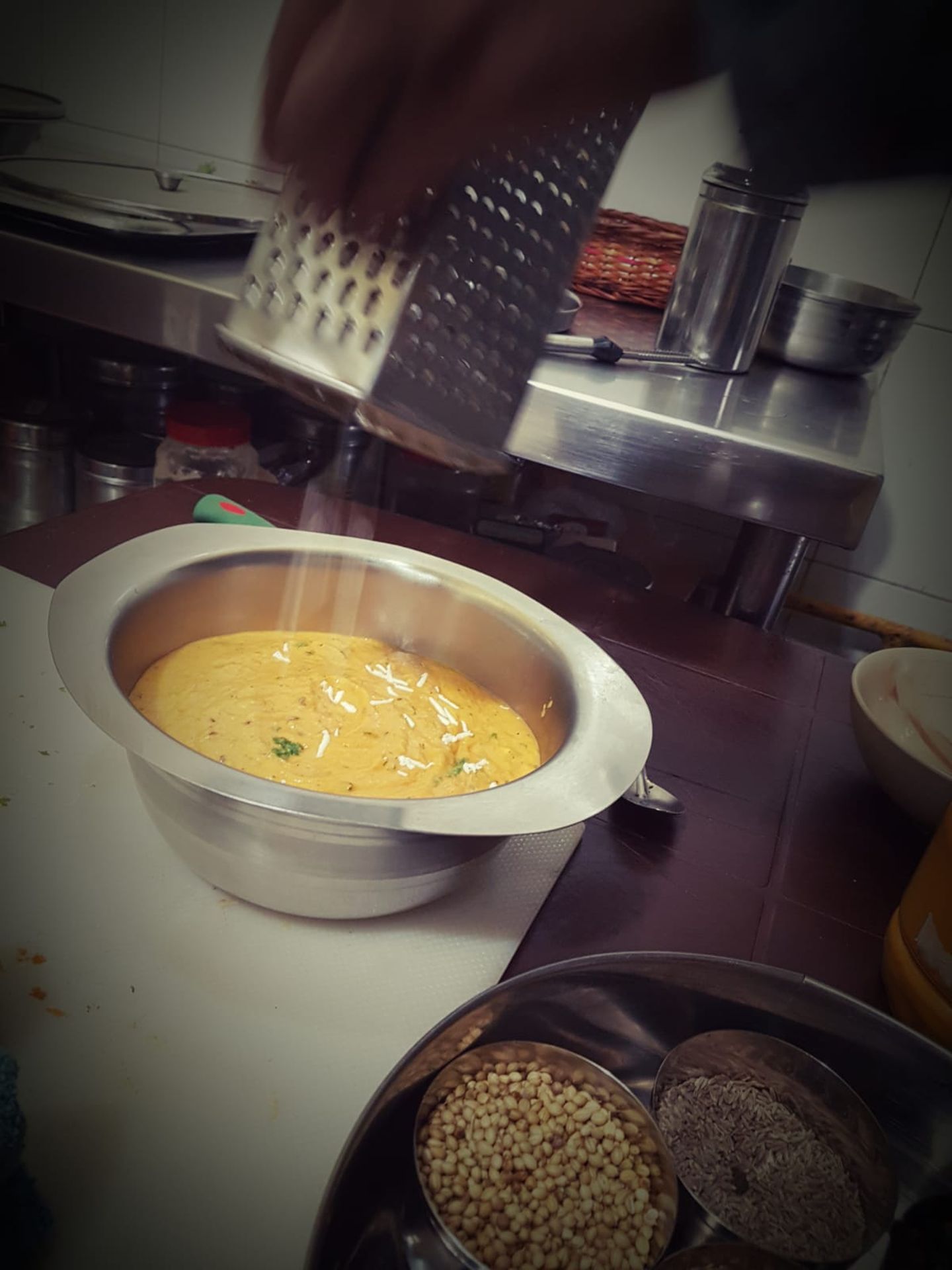
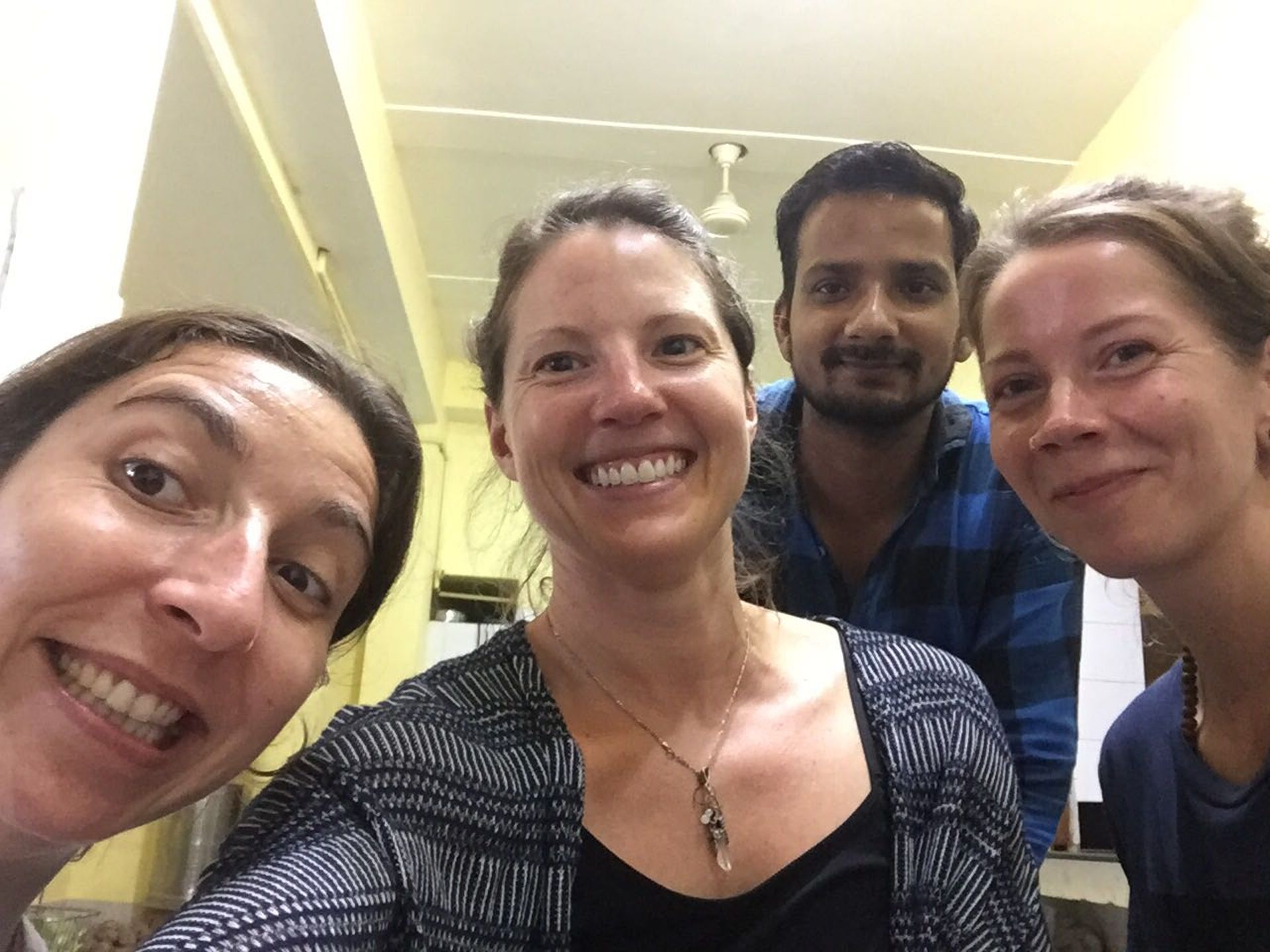
Selfie with the head chef
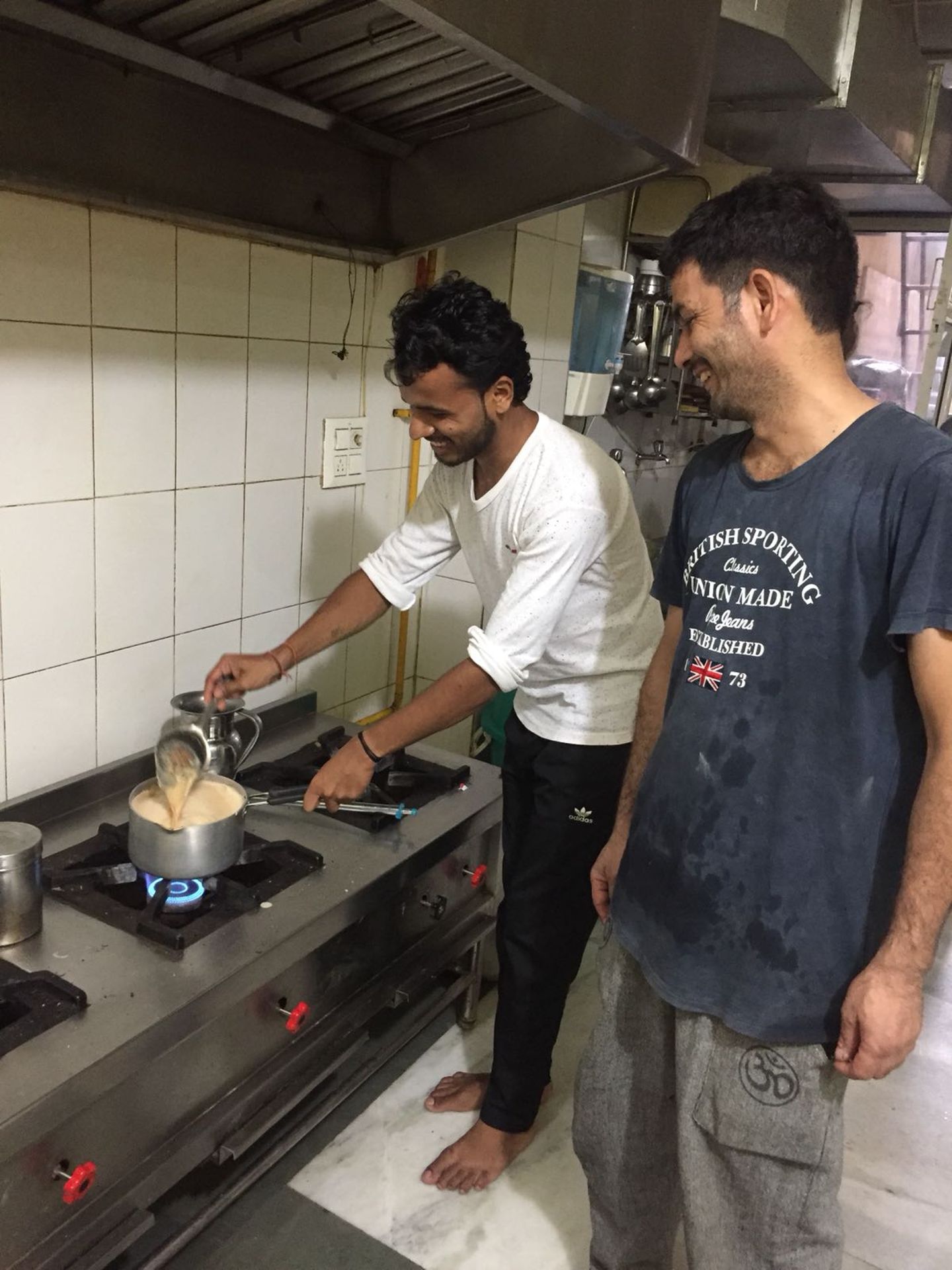
... there was even a real chai for dessert for a change
The yoga classes after the cooking classes were really tough - being completely stuffed and then doing yoga in what felt like 45 degrees Celsius. But still, I didn't skip them. In fact, since I've been here, I have attended all the classes - which means that for three weeks, I have been doing three hours of yoga exercises six days a week.
I have only left the ashram once for a distance that couldn't be covered on foot. Maneesh, who originally comes from Delhi but has been living in London for many years and was a guest at the ashram for a few days, kindly took me on an excursion. He had read about a cave near Rishikesh that attracts many people for meditation. He had already been there the day before and had walked along the Ganges for a while when he suddenly heard a guitar and singing. He continued in the direction the music came from and there, in another cave, sat a sadhu/swami/yogi with a guitar, singing passages from the Bhagavad Gita, the sacred scripture of Hinduism. Moreover, he could speak English perfectly. Maneesh was so delighted with this encounter that he wanted to share it and went with me and another ashram resident by bus to the cave. Without Maneesh, it would have been very difficult to stop the public bus in the middle of the road and explain to the driver where we wanted to go. So, it was a fortunate coincidence that I met him when I was actually on my way to my morning chai.
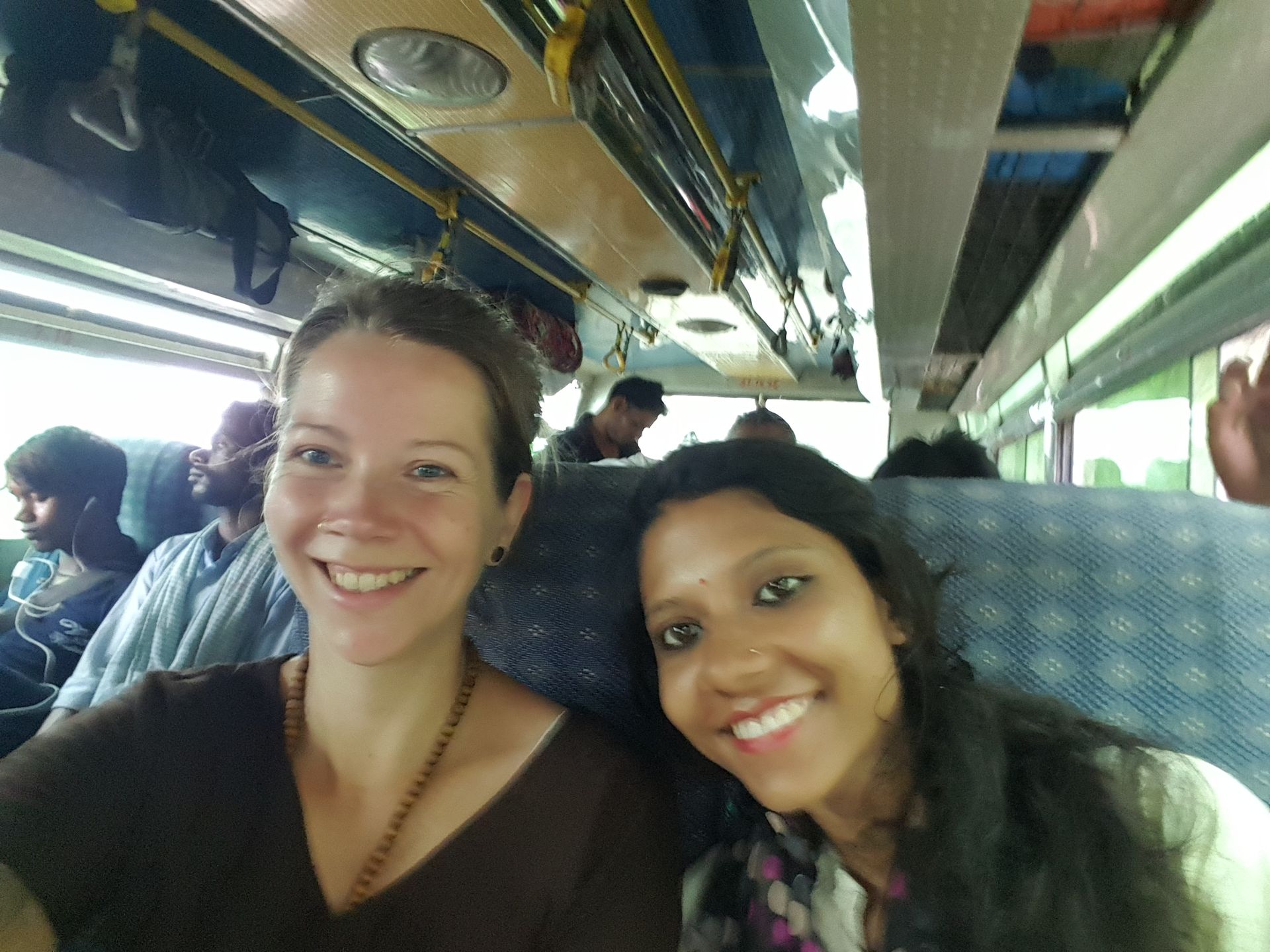
The bus ride to the cave was already fun
Words of wisdom at the entrance to the first cave:
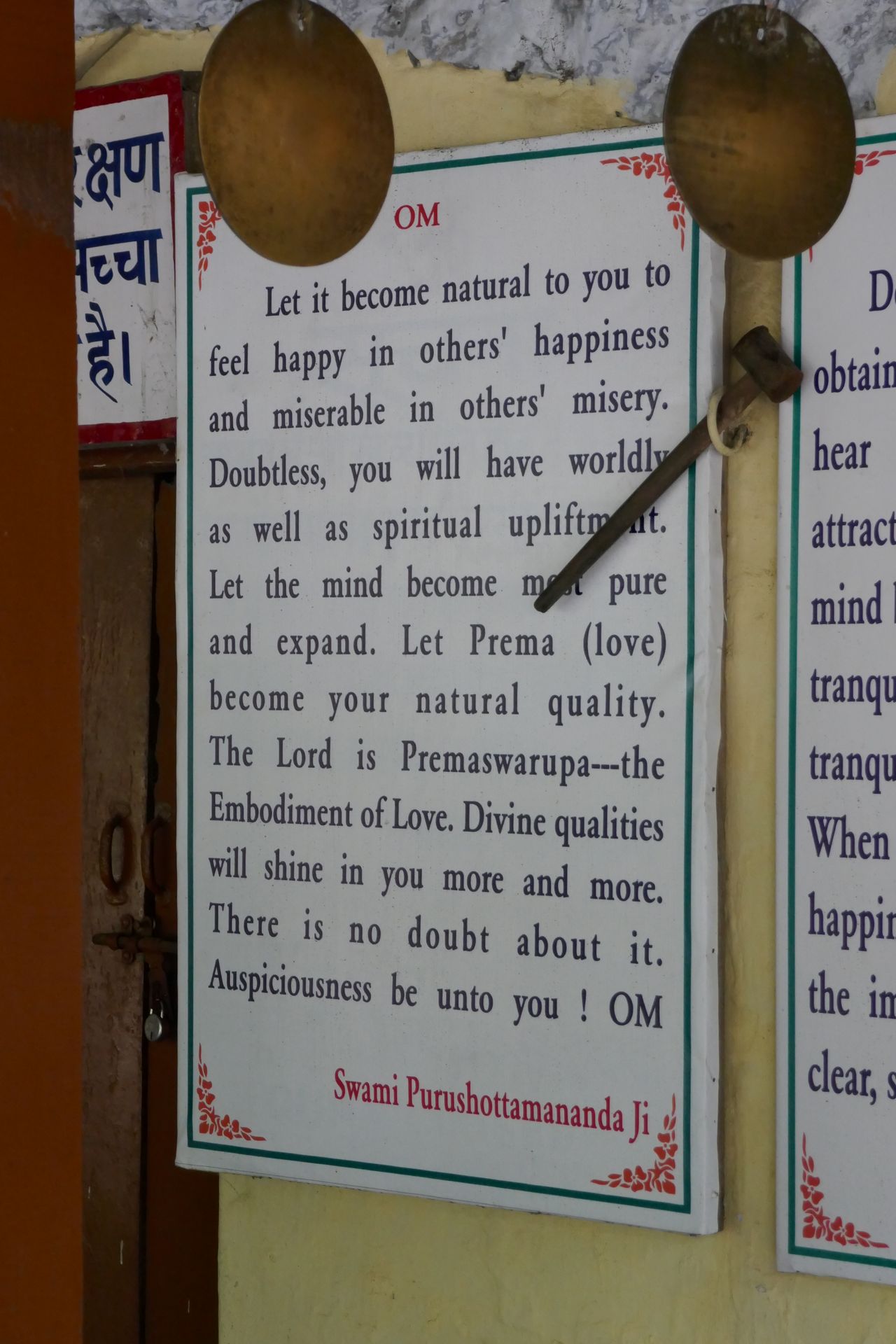
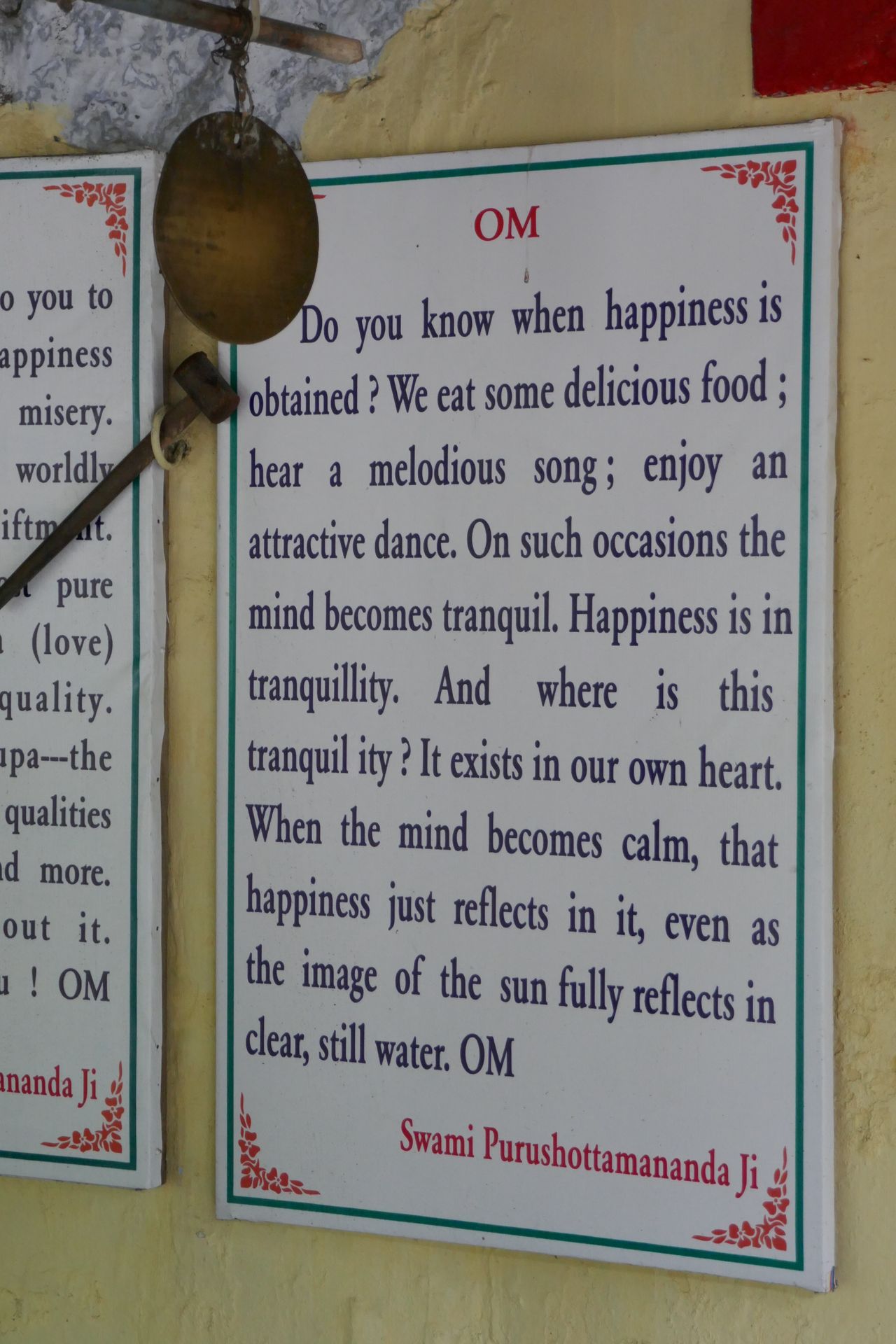
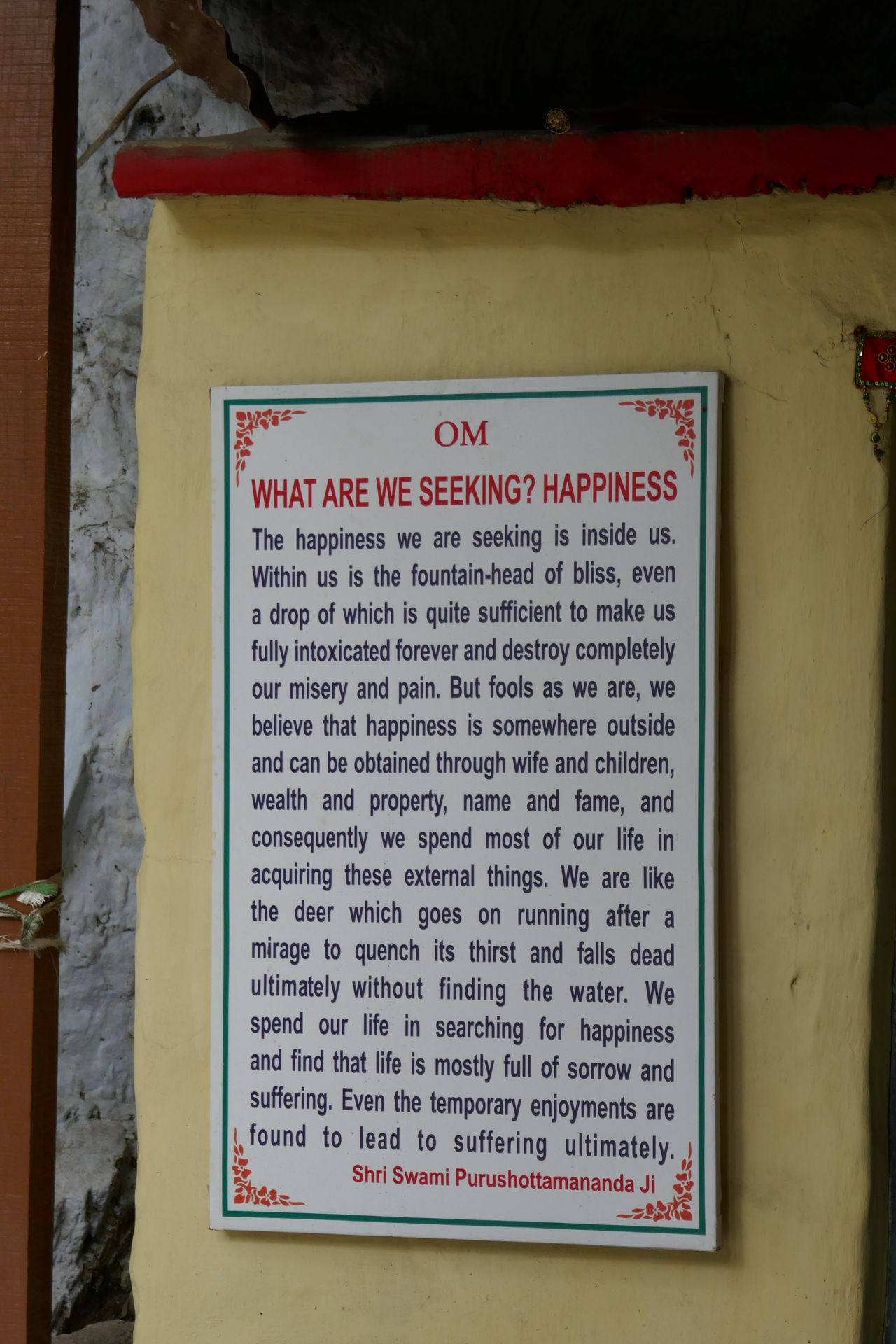
After a short walk on the sandy bank of the Ganges, we reached the Arundhati Cave.
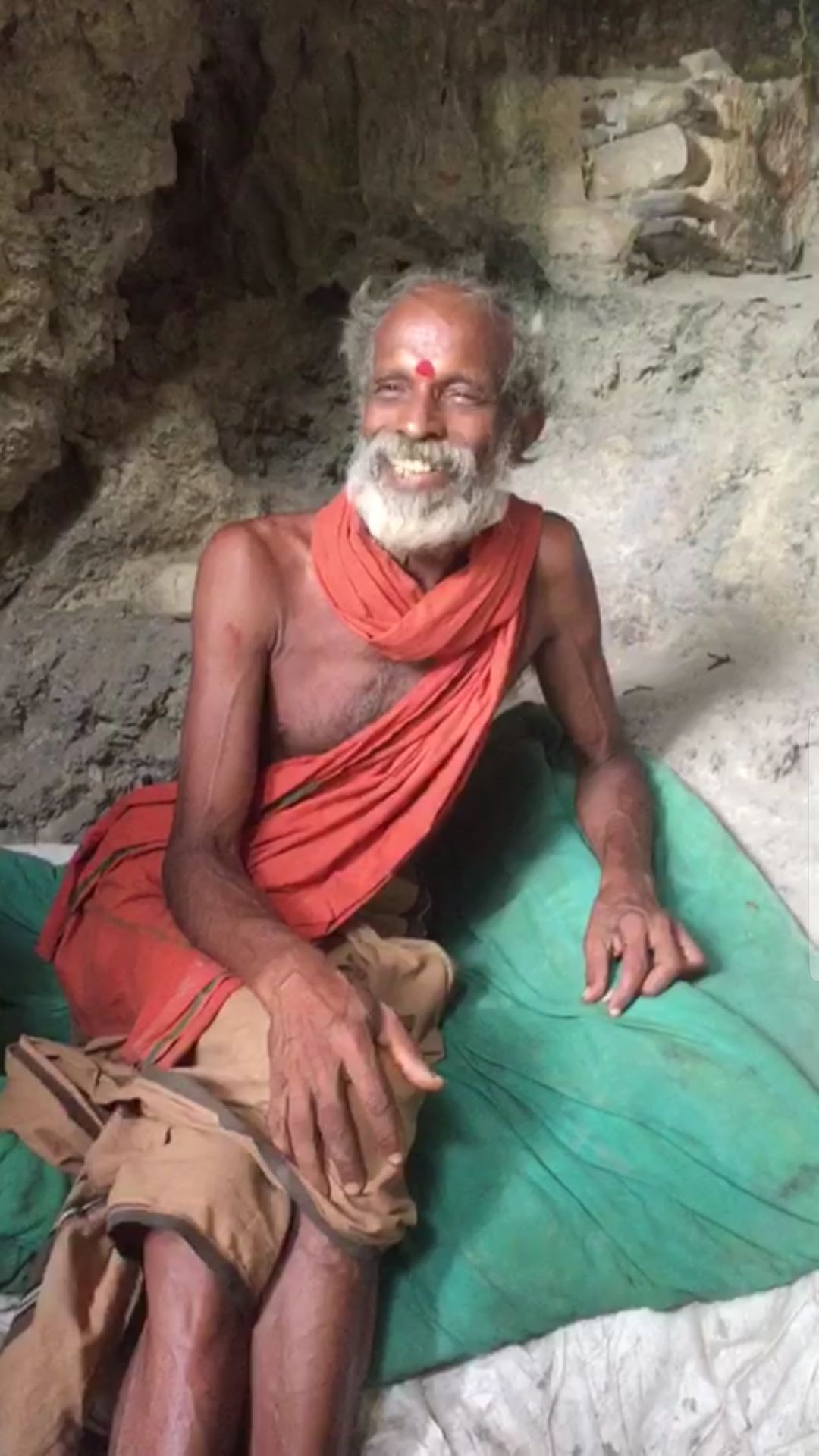
Swami Belakrishna
We were lucky that the swami was sitting there on that day as well. First, he played us a song on his guitar and then talked a bit about his understanding of yoga and a healthy way of life. I would have loved to have my father with me at that moment; he would have certainly liked this swami and his views on a simple life. Swami Belakrishna doesn't only live in this cave. He proudly told us that he has his own ashram - in his case, a small masonry house not far from the cave. We were even allowed to visit it as well as his vegetable garden. However, he doesn't eat much; he says that his main sources of energy are light and prana (breath). For breakfast, he has a few blades of wheatgrass (does he know that this is sold in Europe as 'superfood'?). For lunch, he says he eats a little vegetables, rarely rice, and occasionally kitchari (a typical Ayurvedic dish) - nothing more, one meal a day.
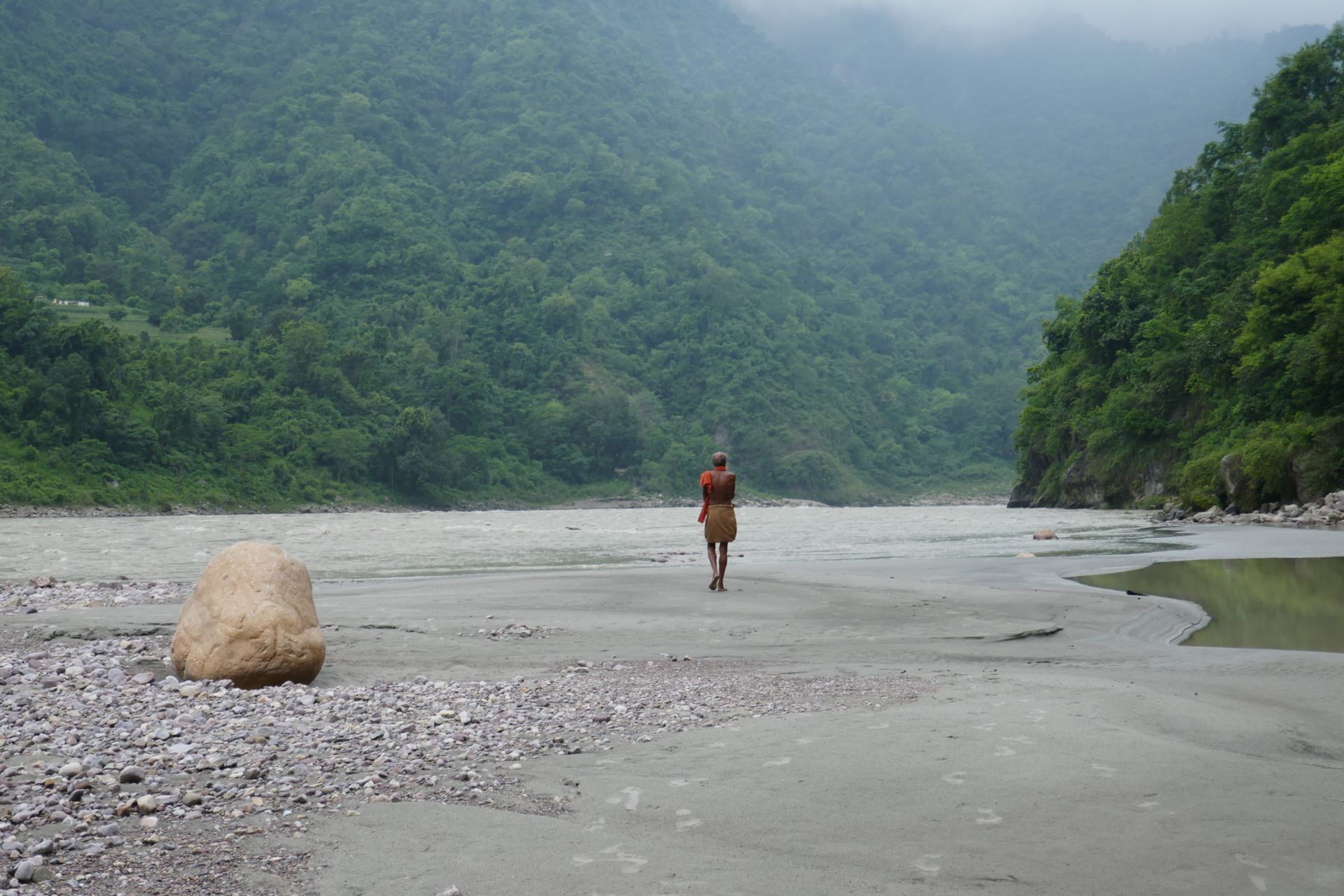
Swami Belakrishna definitely doesn't seem dissatisfied - on the contrary. Whether this is due to his eating habits, his yoga practice, or the beautiful environment he lives in, I cannot say. Probably it's a combination of all of them.
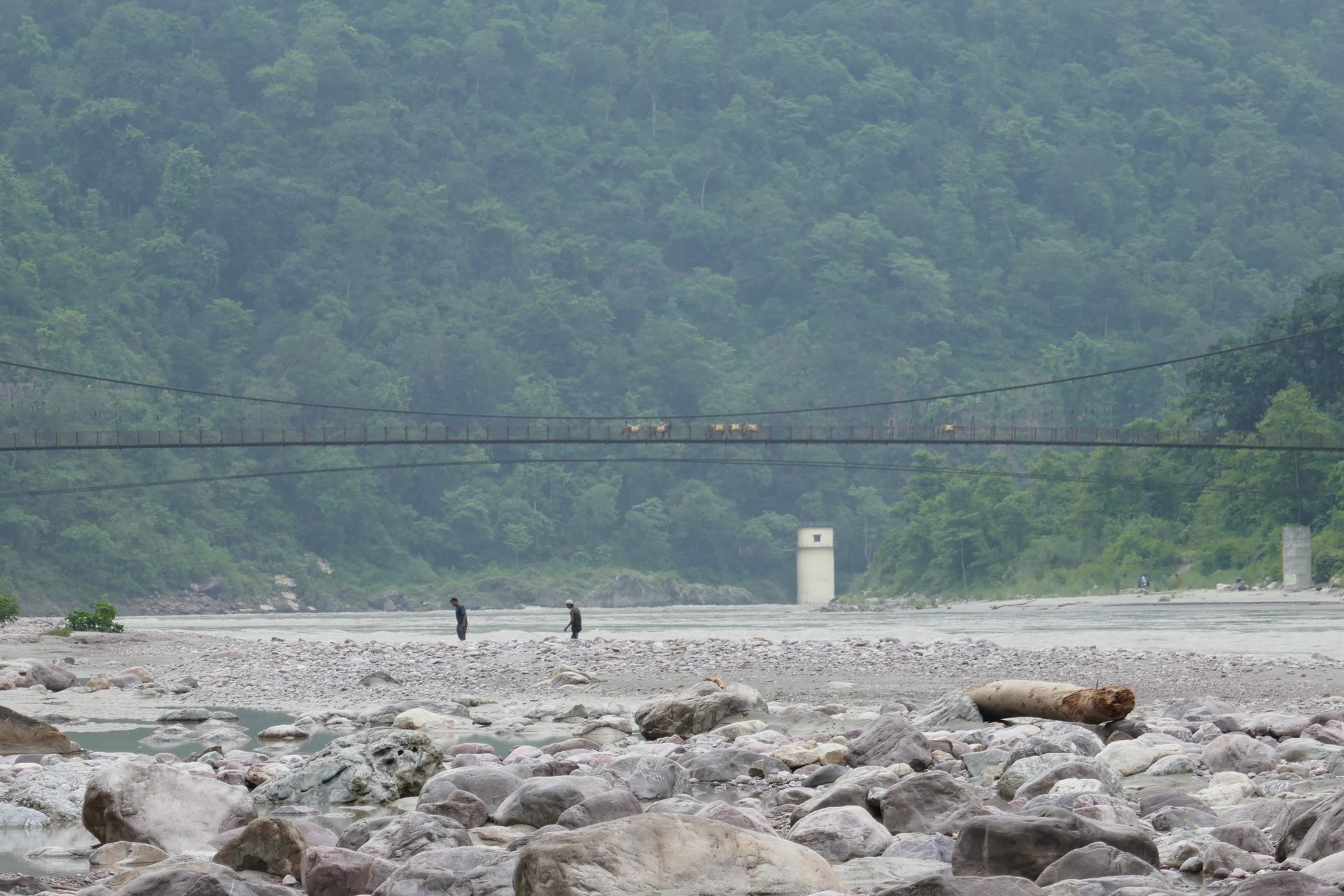
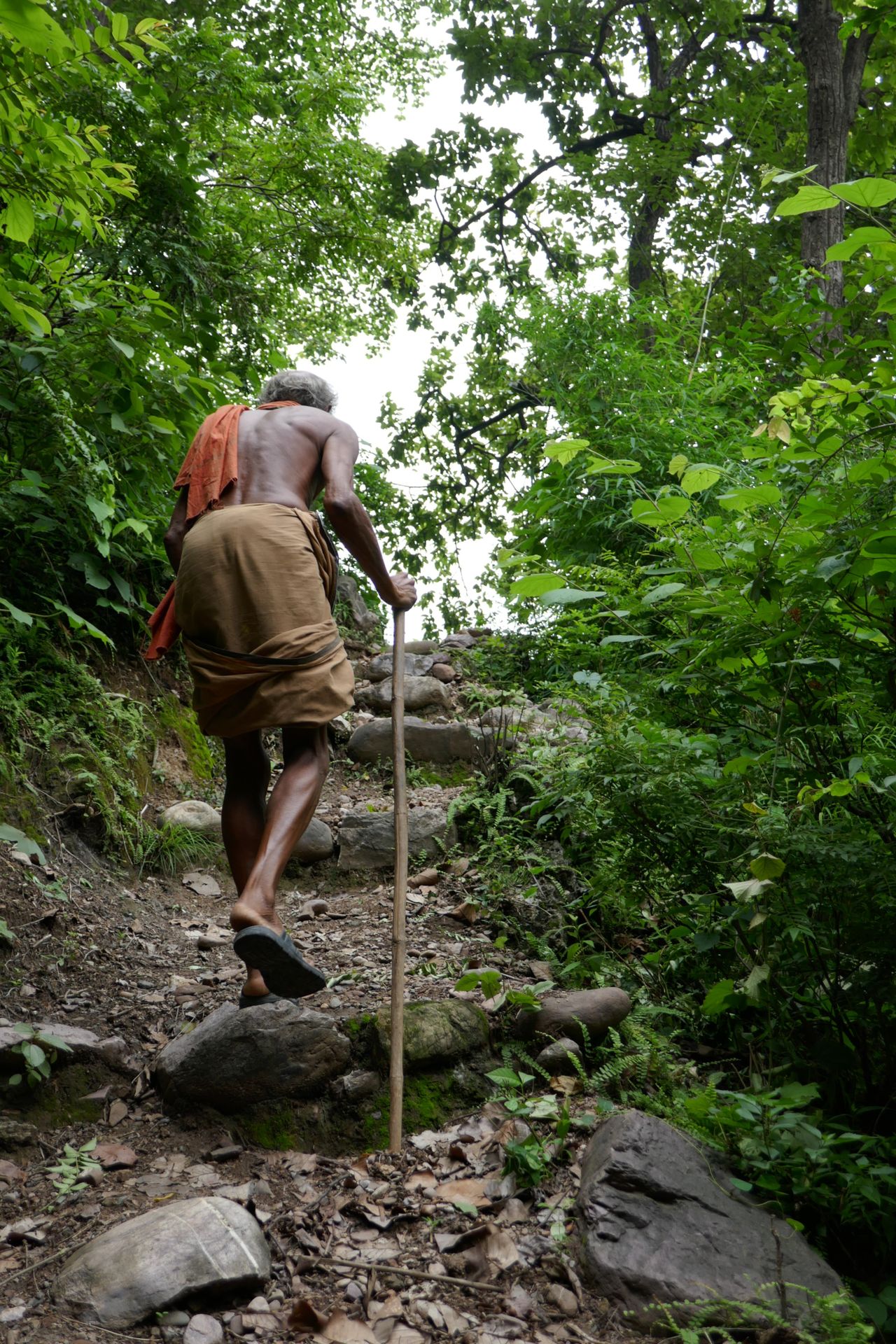
At the end of the meeting and because, as the swami says, it is vital reading material, he gives each of us a copy of the Bhagavad Gita, in which he even writes his contact details - I now know that even a swami who lives under the simplest conditions has a smartphone and an address at gmail. Finally, he accompanies us back to the road, where, at exactly the right moment, a bus comes that stops and takes us with it. That was a really fascinating encounter.
Originally, I planned to leave the ashram today and travel to Dehradun, where this journey started about six weeks ago. I wanted to help at a kind of children and youth center in one of the poorer districts of the city. Last week, I had thoughts in between about canceling it and staying at the ashram a little longer, but then I decided not to do that. And shortly after I made this decision and mentally prepared to leave Rishikesh, a message from the volunteering project arrived. In Dehradun, there had apparently been several heavy rain showers in the past few days, and unfortunately, part of the project site was flooded, so it must remain closed for at least a month to repair everything. So, there would be nothing for me to do there. So I spontaneously changed my plans again and decided to stay here for another two and a half weeks. And then it will already be mid-August, and I am expecting visitors from Germany. I'm excited and looking forward to the four weeks of traveling together that will follow. I will report...

Subscribe ut Newsletter
Answer
